September 6, 2020
Martha O'Kennon
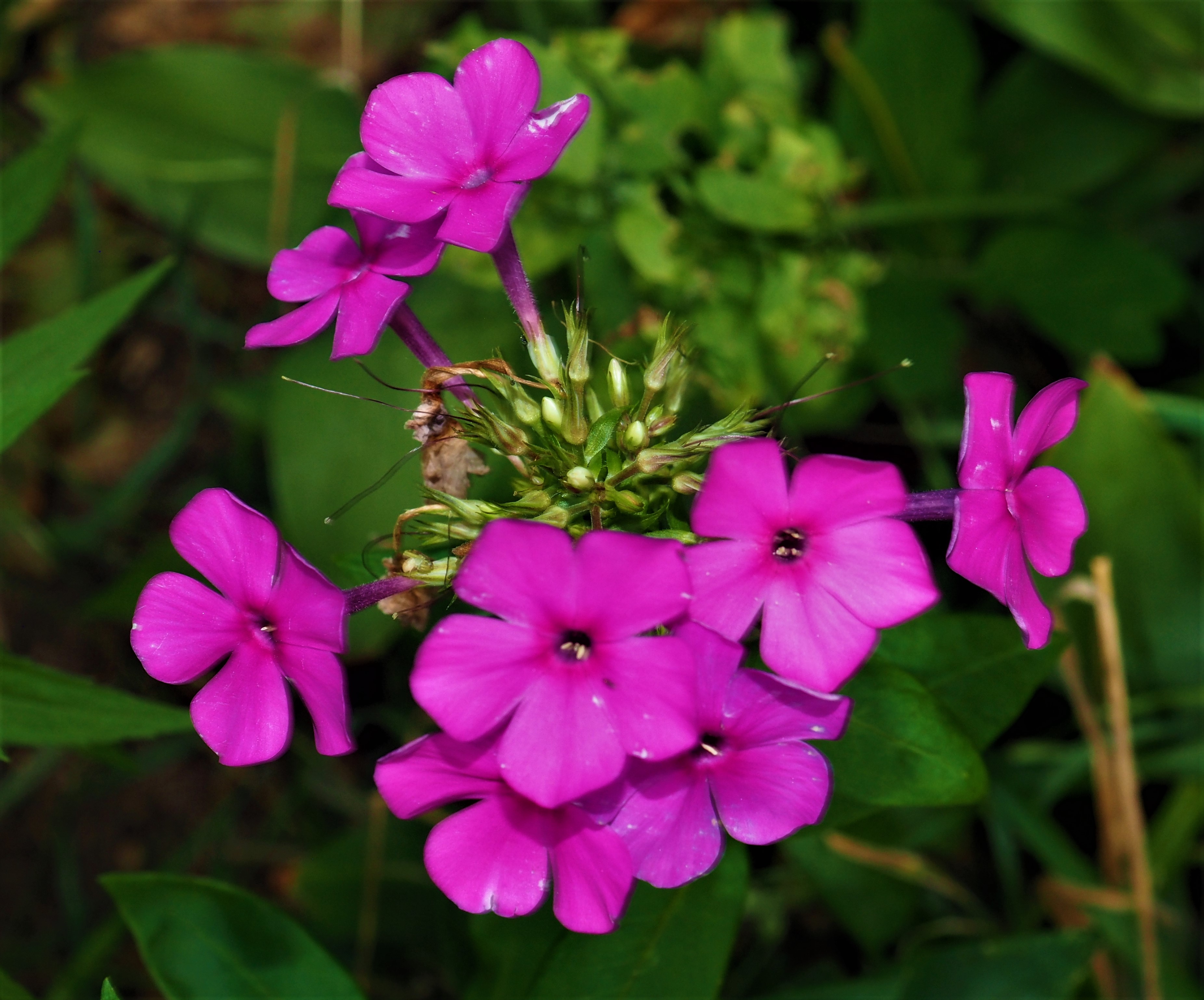
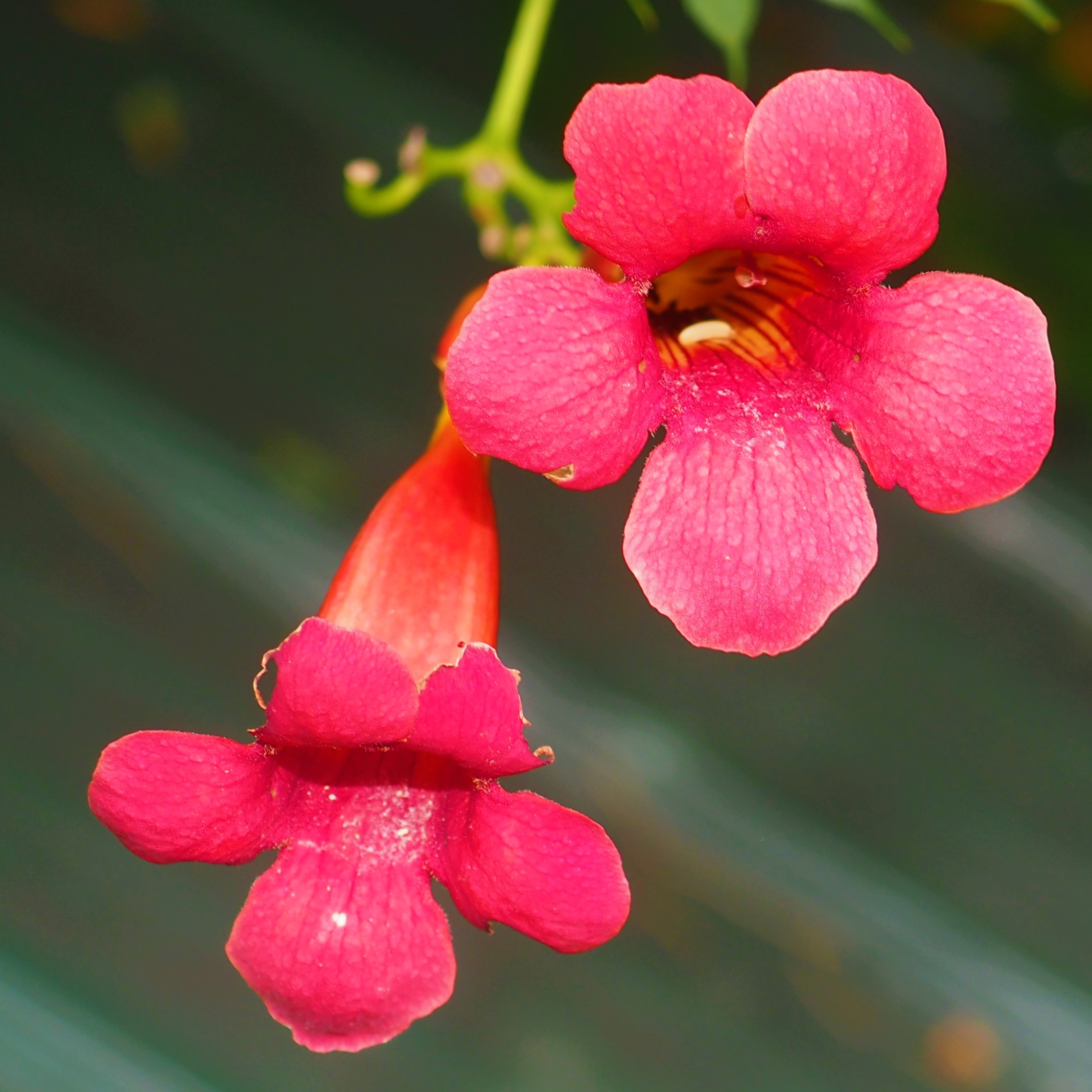
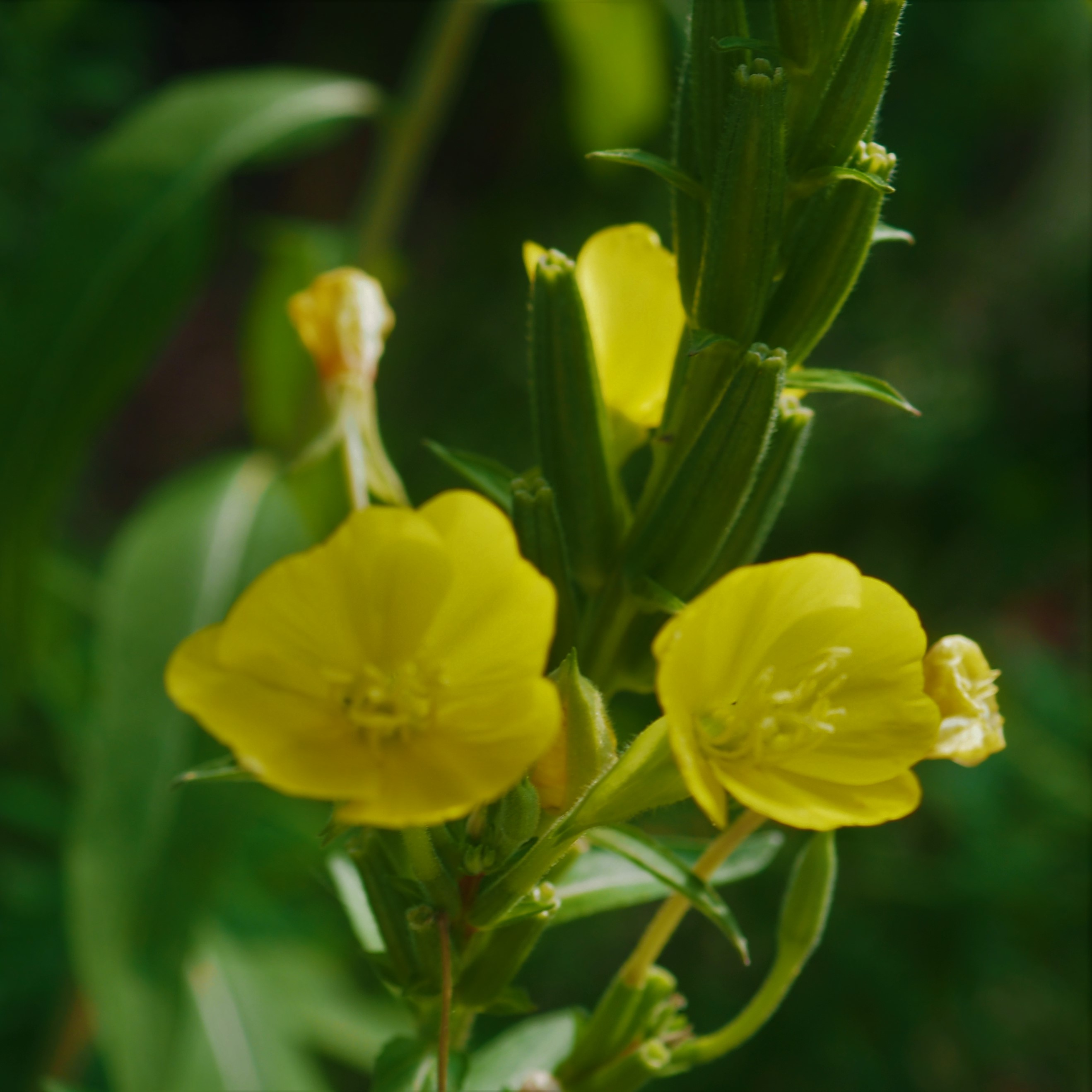
The pretty Phlox has finally noticed that Summer is about over but it had a couple of good days this week. Meanwhile, the Trumpetvine had a small comeback - no more whacking passers-through. And the Common Evening Primrose is blooming every evening now. I've never seen those plants get so tall, but you can hardly photograph the ones at the top!
There were a number of hot and humid days, but yesterday it was cool with a little breeze all day. Today may be the day the workmen arrive to help me dig out the pond to make it deeper so that the raccoons have a harder time reaching for fish. I'm still seeing their footprints every morning before I top up the pond. A good day to get to work. Wish us good luck.
Remember that there is information in the name of the file for each image. You can see it by mousing over the image - look at the lower left of the screen. Or you can click on the image to get to the (usually) larger image. Then the info is displayed in the address line above. Sometimes the second click will actually display a different view of the original image.
I was so happy with the new golden Goldenrod that I didn't chase the ants too much. Still the little Small Carpenters kept busy racing up and down the shop siding. And the Easter Black Carpenters backed them up down at the bottom of the Wall and into the earth around it. Surely they were also to be found in the pinkish Oak Galls, but look! They have been replaced by the Small Honey Ants. By the end of the week,there was not a Black Carpenter to be seen, but the Galls were covered in Small Honey Ants. Look - tiny Ants with a proportionally huge pointed gaster (abdomen)!
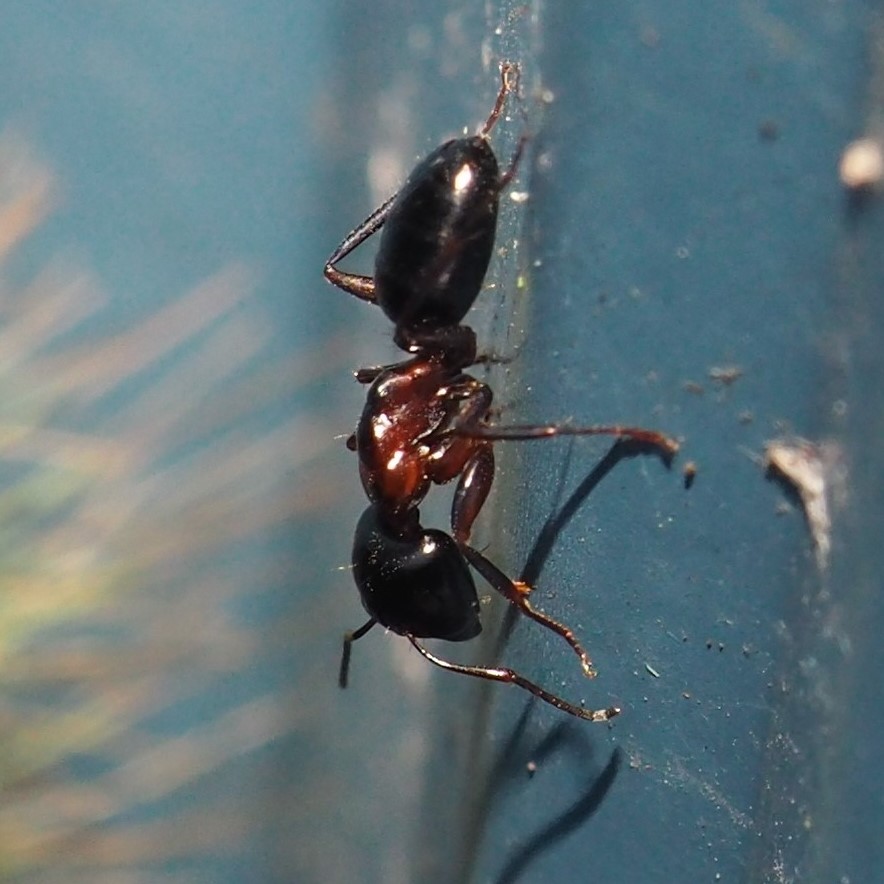
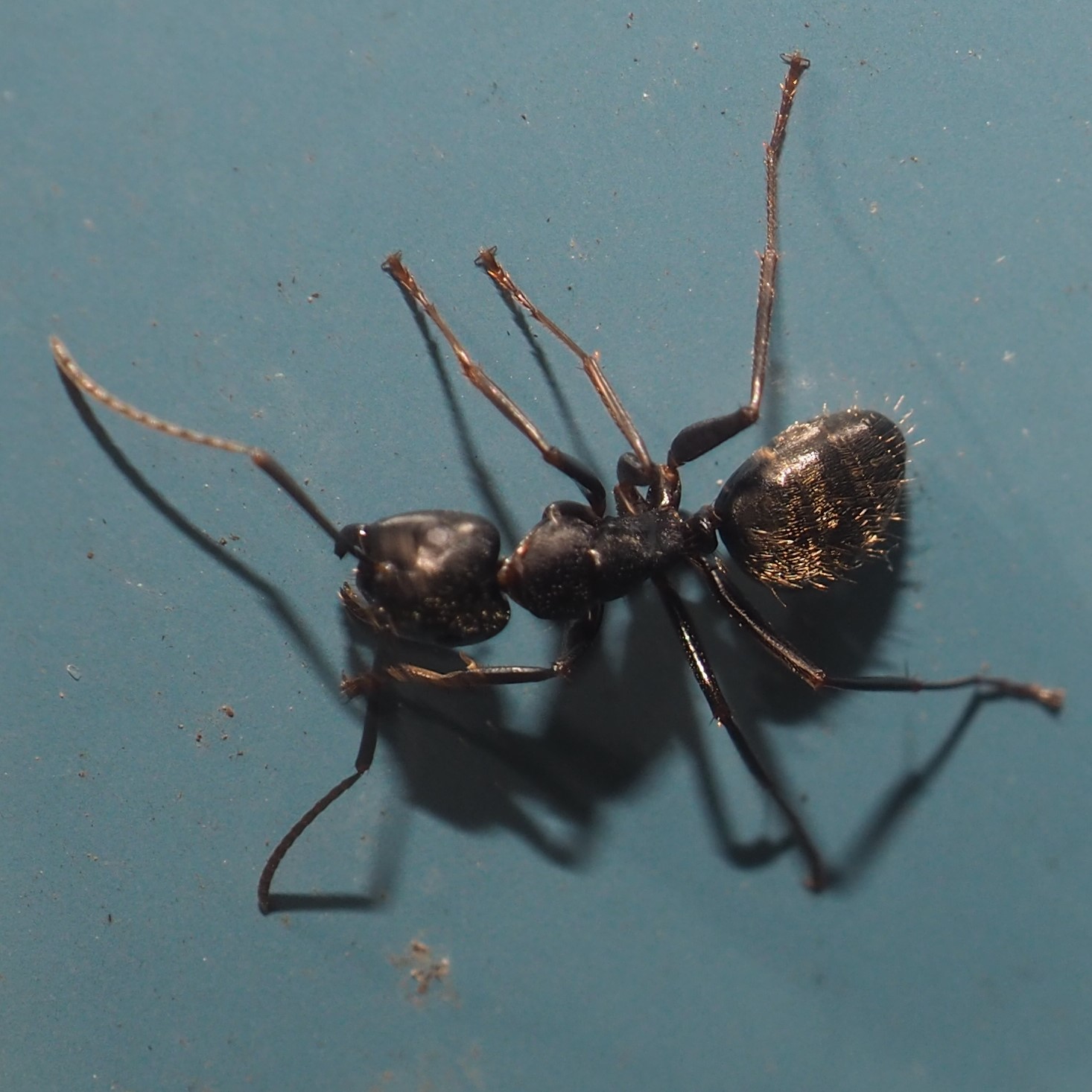
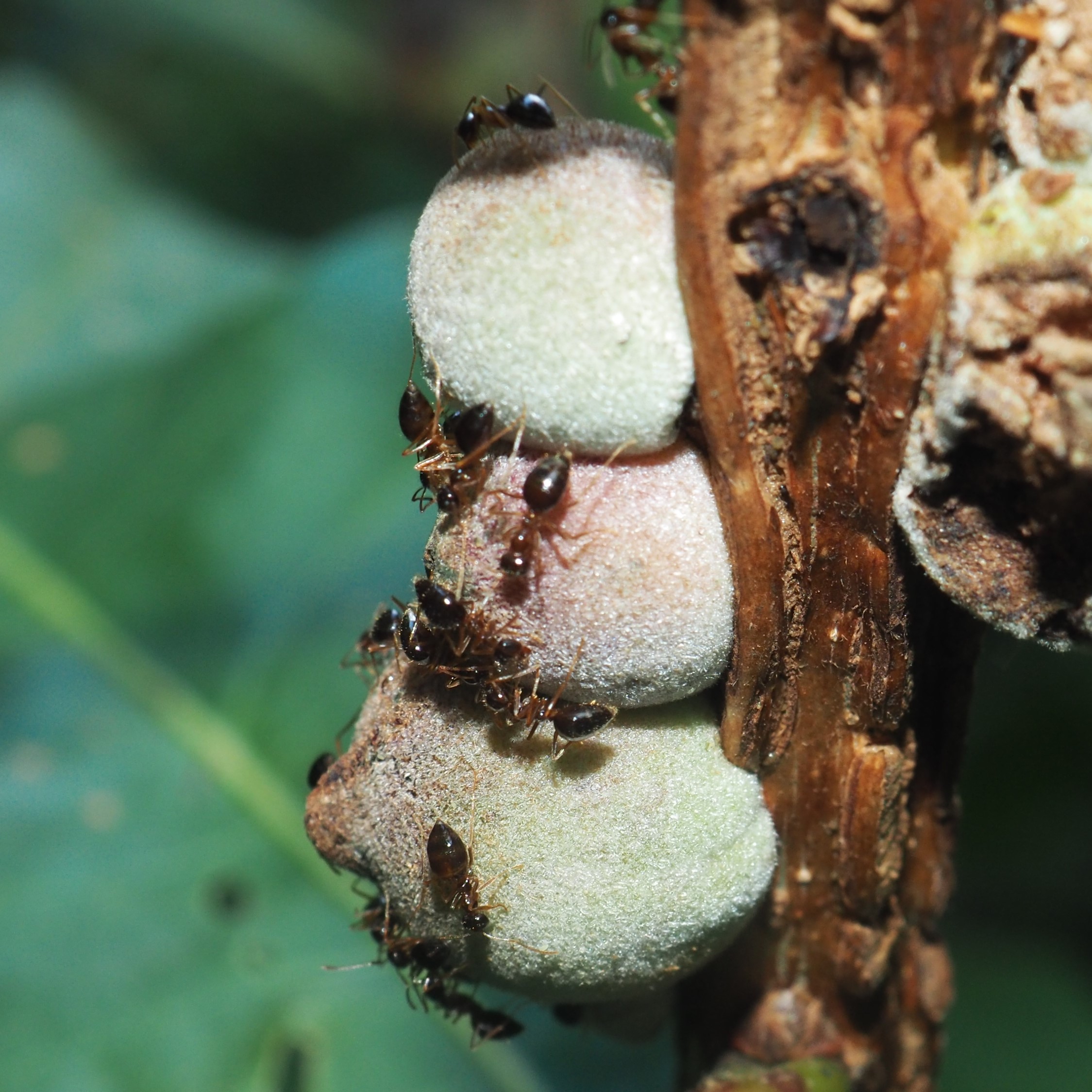
Remember the Aphids? There wasn't much to show for them this week, after all that action with the Lacewings last week. But skip forward to the Barklice. Sure, there are still some of the F-winged Barklice (Graphopsocus cruciatus), Polypsocus corruptus, and Echmepteryx hageni.
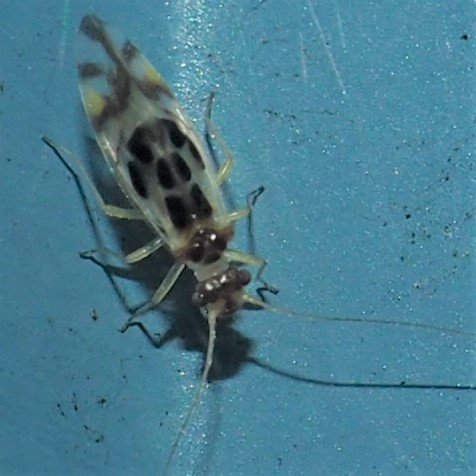
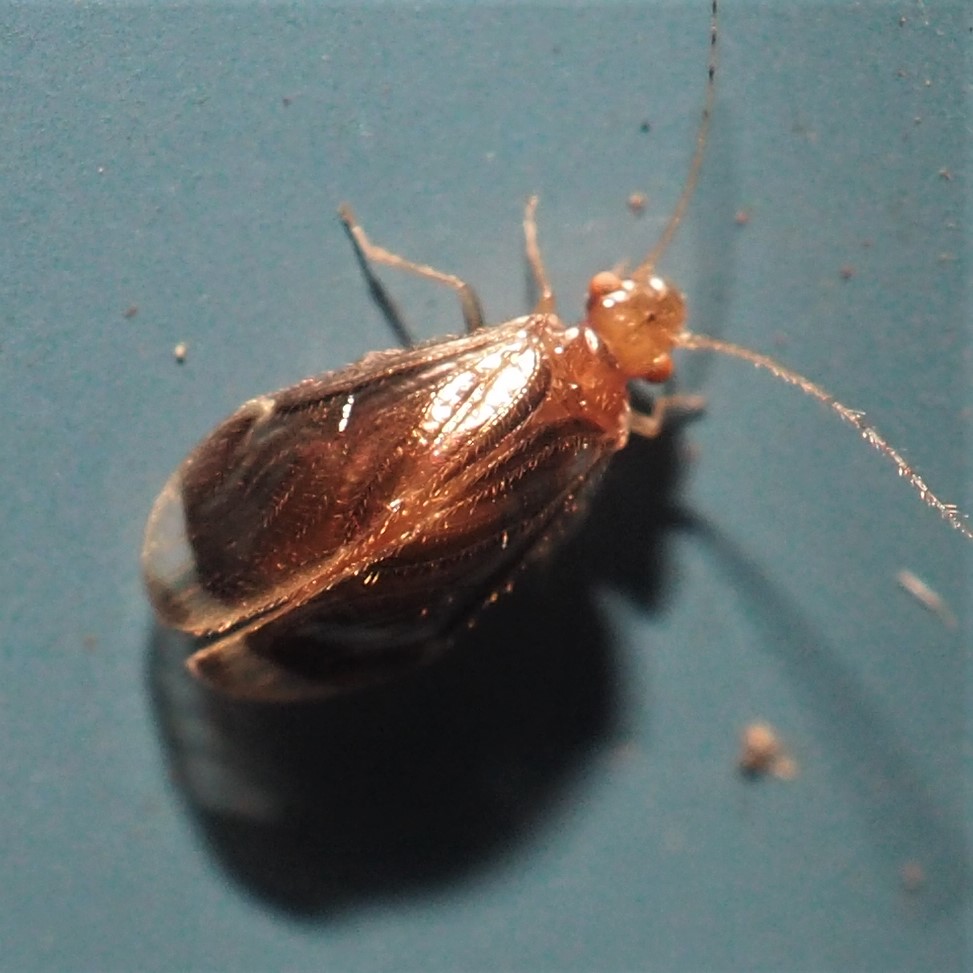
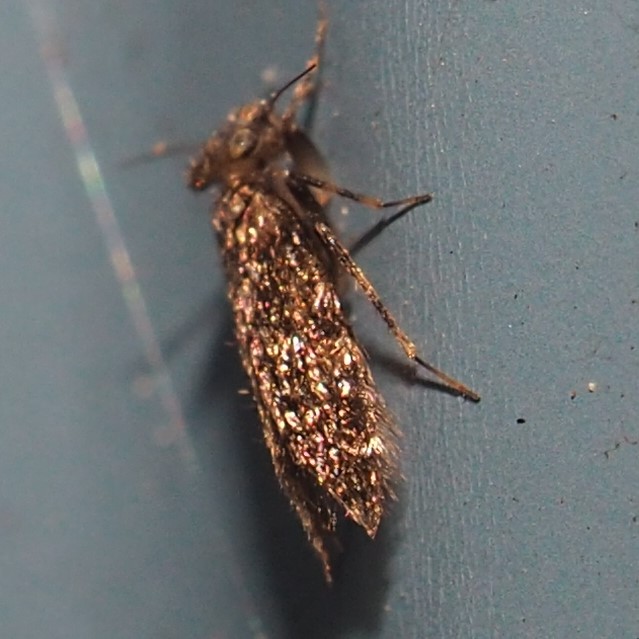
We still have a random couple of Metylophorus novaescotiae - here are a nymph and an adult. Third is a new black Barklouse with bilateral big white dots on its wings.
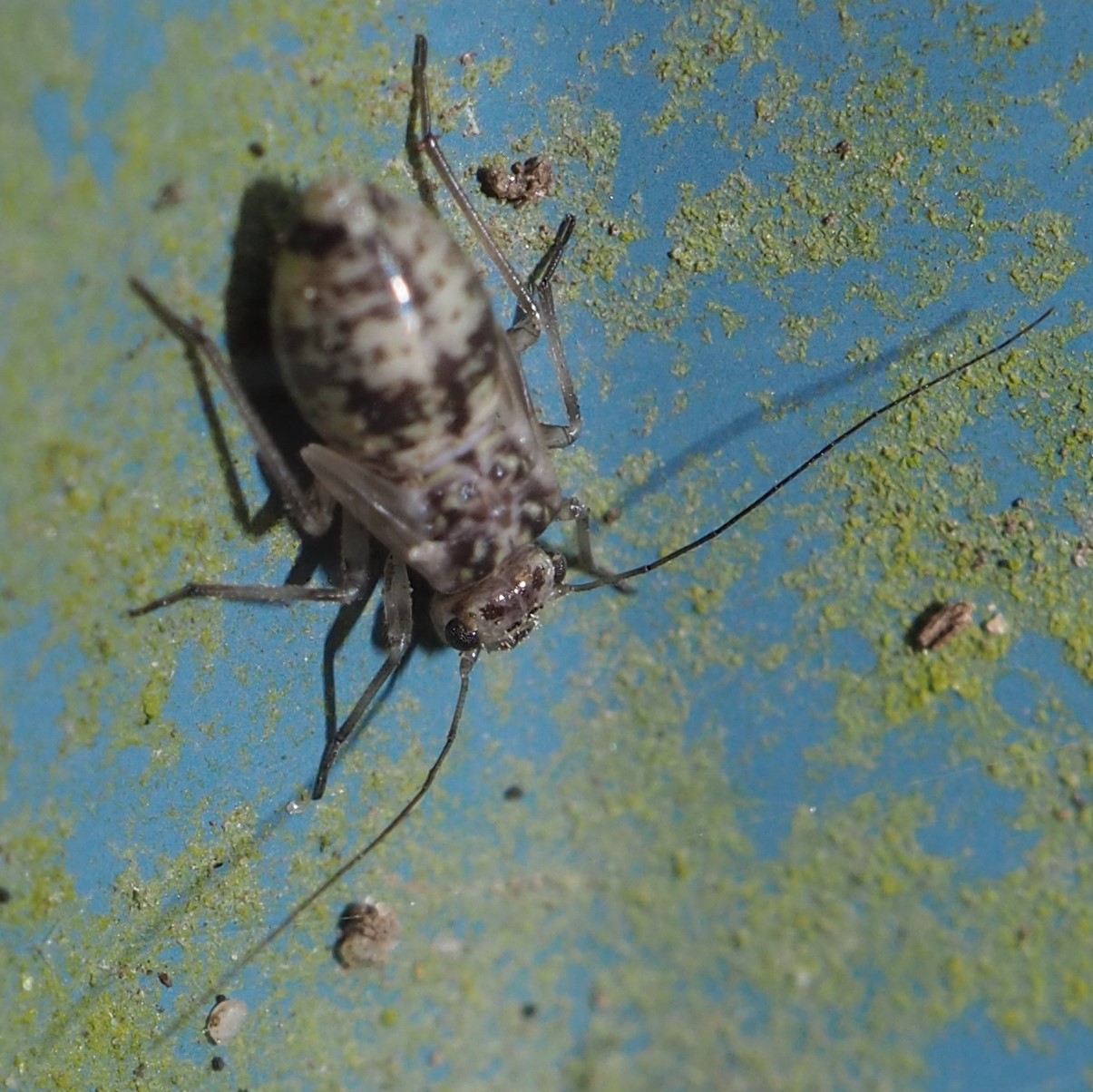
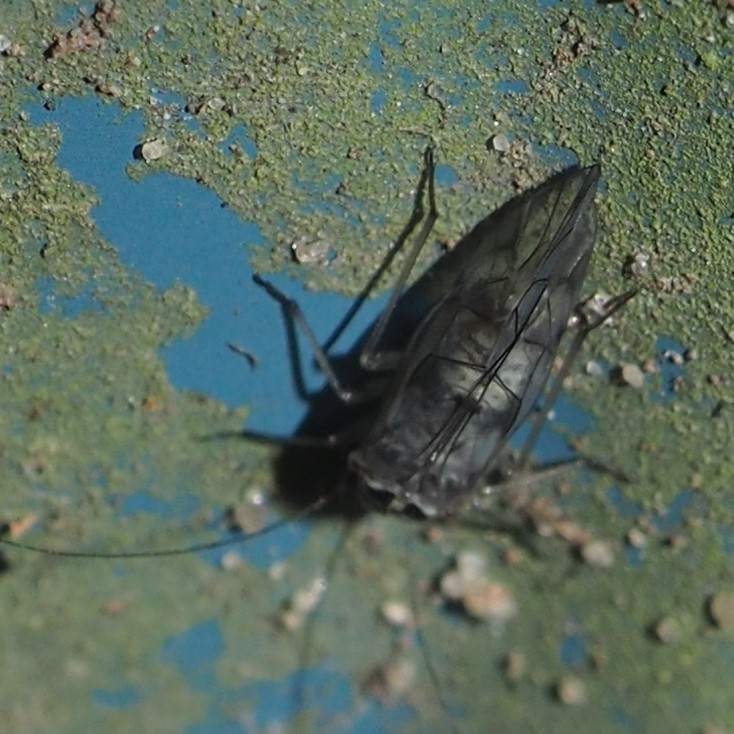
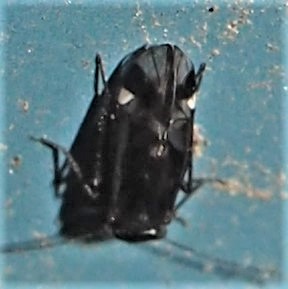
Here are a few more new Barklice.
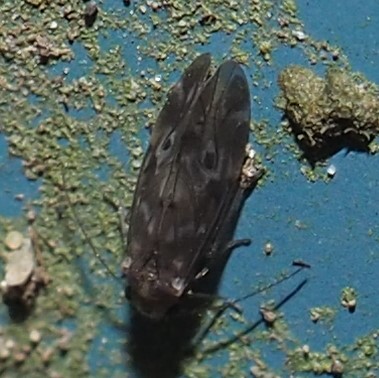
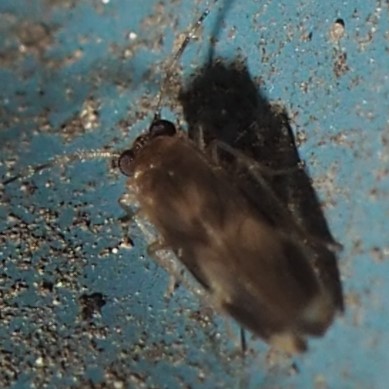
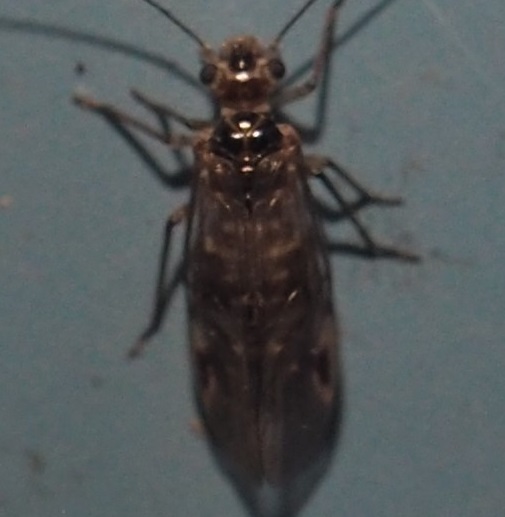
Correction, September 12: When I wrote this on September 5 and 6, I though the genus was Lachesilla, but now Scott Shreve says Ectopsocus (Outer Barklice), probably E. meridionalis, and this was seconded by Diane Young of BG, an expert on that species.
Suddenly the most active character in this little Drama was one of the genus Ectopsocus (I still haven't been able to identify the members to species). This week the drama began to reveal itself with scenes of Ectopsocus with clutches of eggs and (picture 3) what looks like hatched eggs.
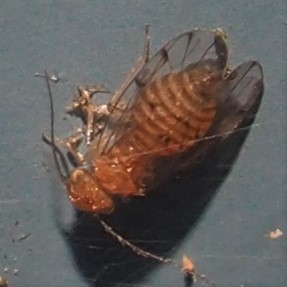
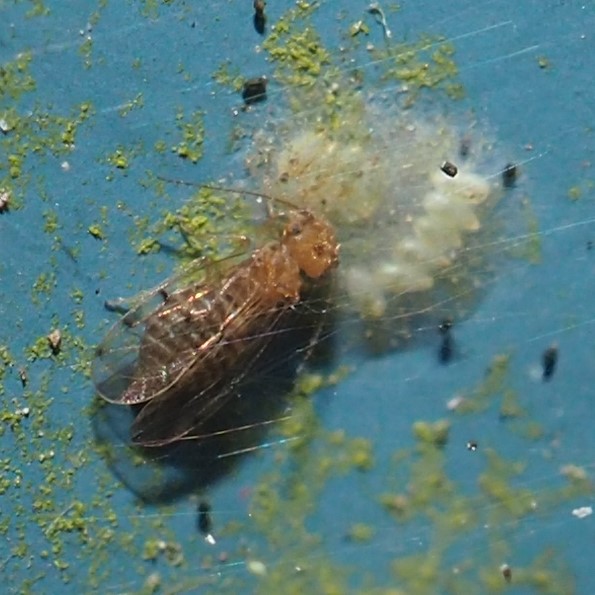
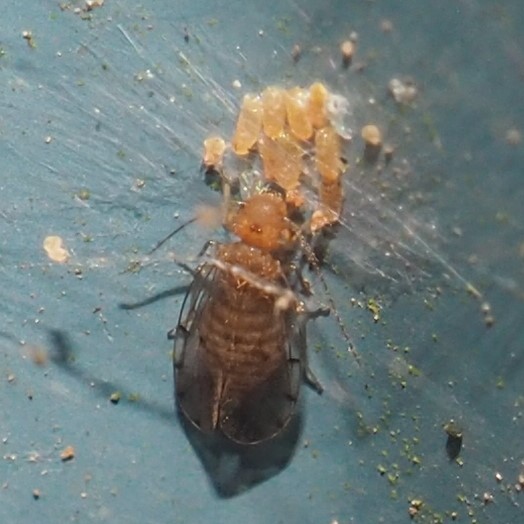
Toward the end of the week, I began to be able to see (on North Wall panels 7 and 8) huge groups of Barklouse nymphs of a new color pattern: purplish-pink and golden or greenish. I'm pretty sure these are Ectopsocus nymphs. Here are three zoom-ins.
.jpg)
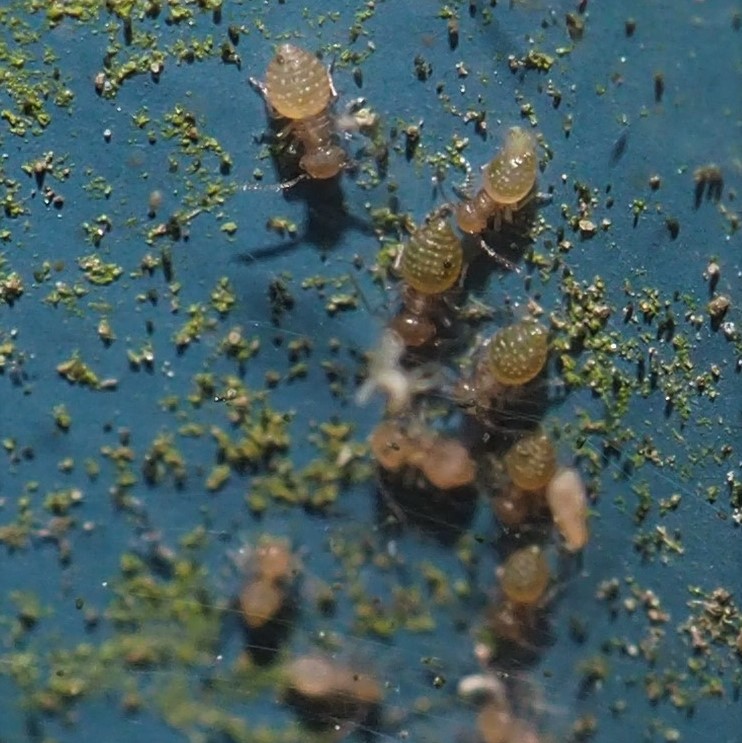
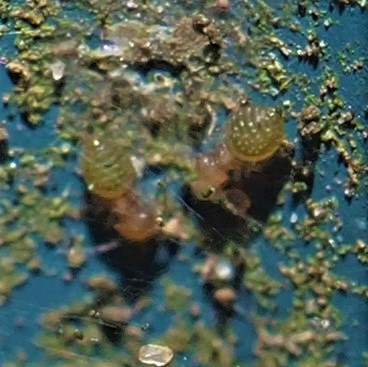
These are some of the nymphs that are still mysteries. Numbers 1 and 2 are the black-eyed reddish nymphs that should grow up to be adults like number 3, seen on June 6. This last nymph seems so pinkish that I thought at first it was a new one, but when it hatched it turned out to be Polypsocus corruptus.
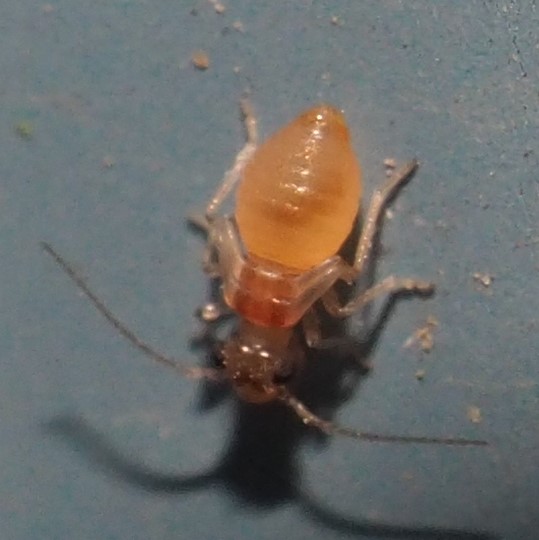
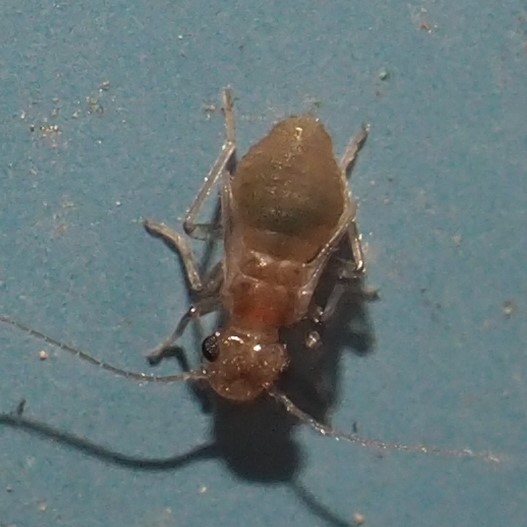
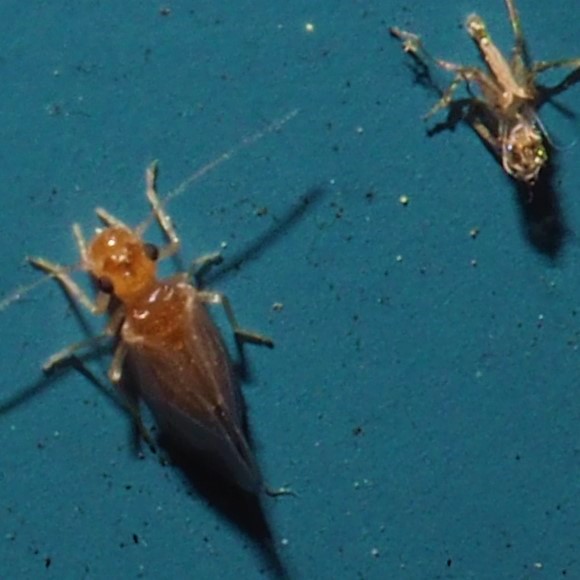
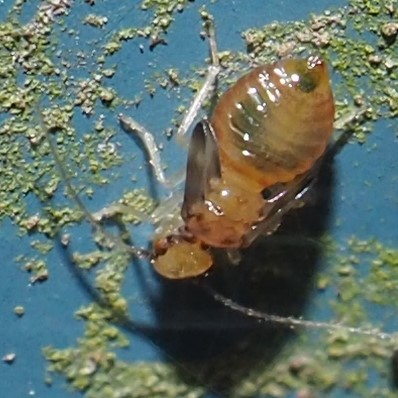
This yellow-eyed grey or light tan Barklouse is a recent adult. I hadn't seen one since June. Picture 2 shows it on June 18, while Picture 3 shows the nymph on June 11. We now have a name for it: Anthocaecilius sommermanae.
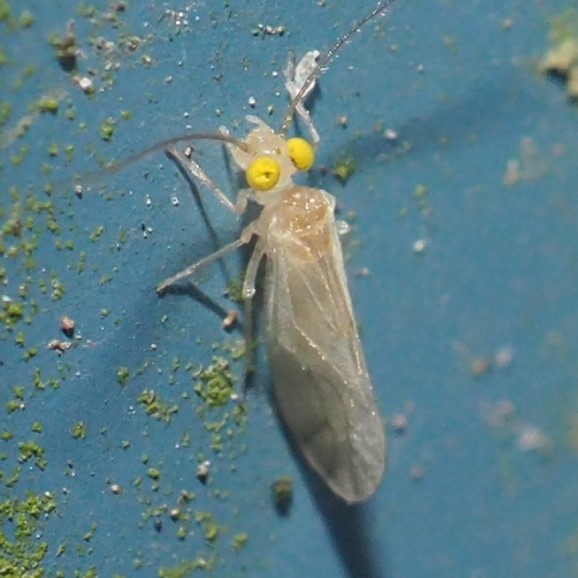
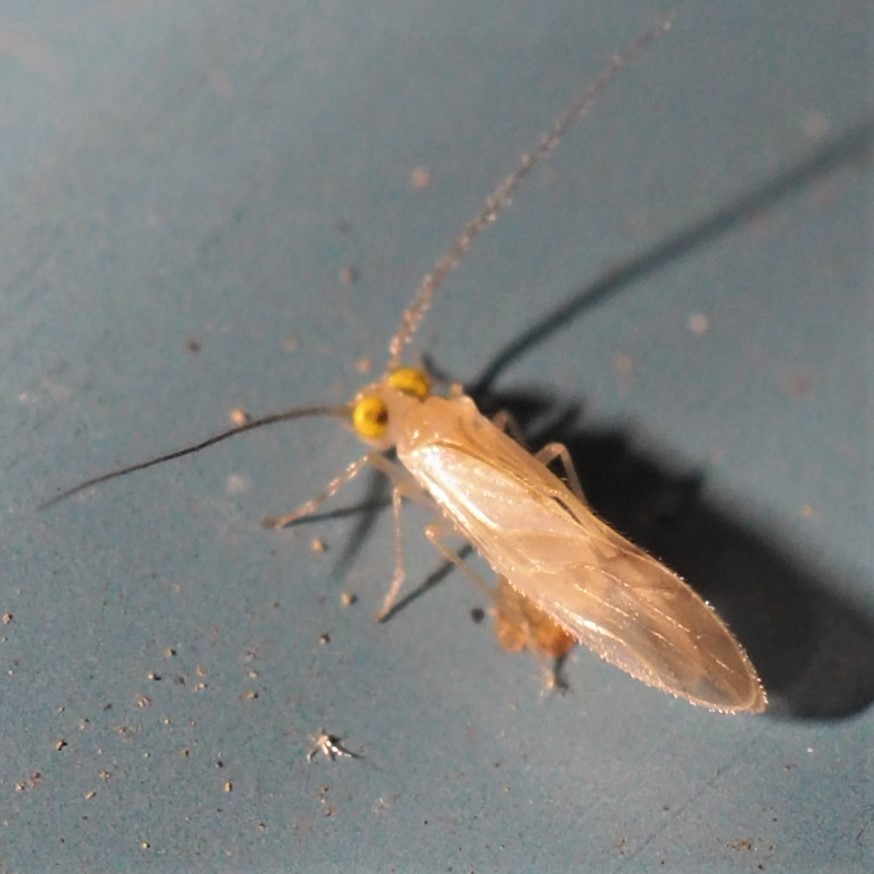
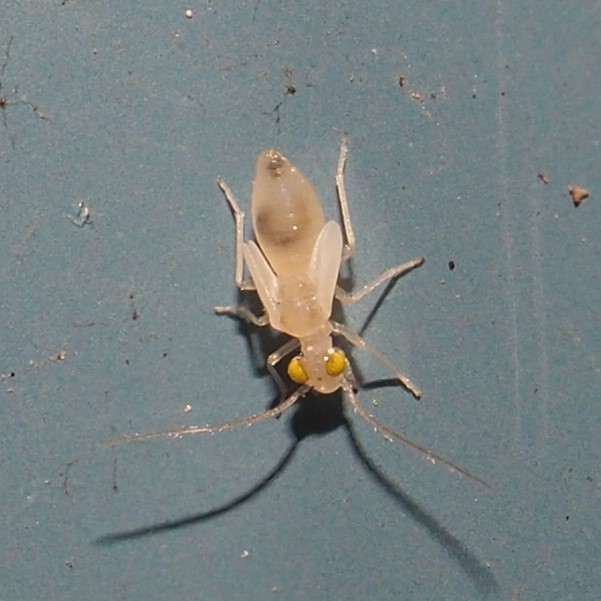
Last week the miraculous happened! The Goldenrod decided to bloom out loud. This brought a Godzillion things we haven't seen since last year at this time. It is now in full bloom in the driveway patch. This means there were bees. I think I showed you some last week. The Western honey bee is still with us. Pictures 2 and 3 show us a honey-bee colored but much tinier bee.
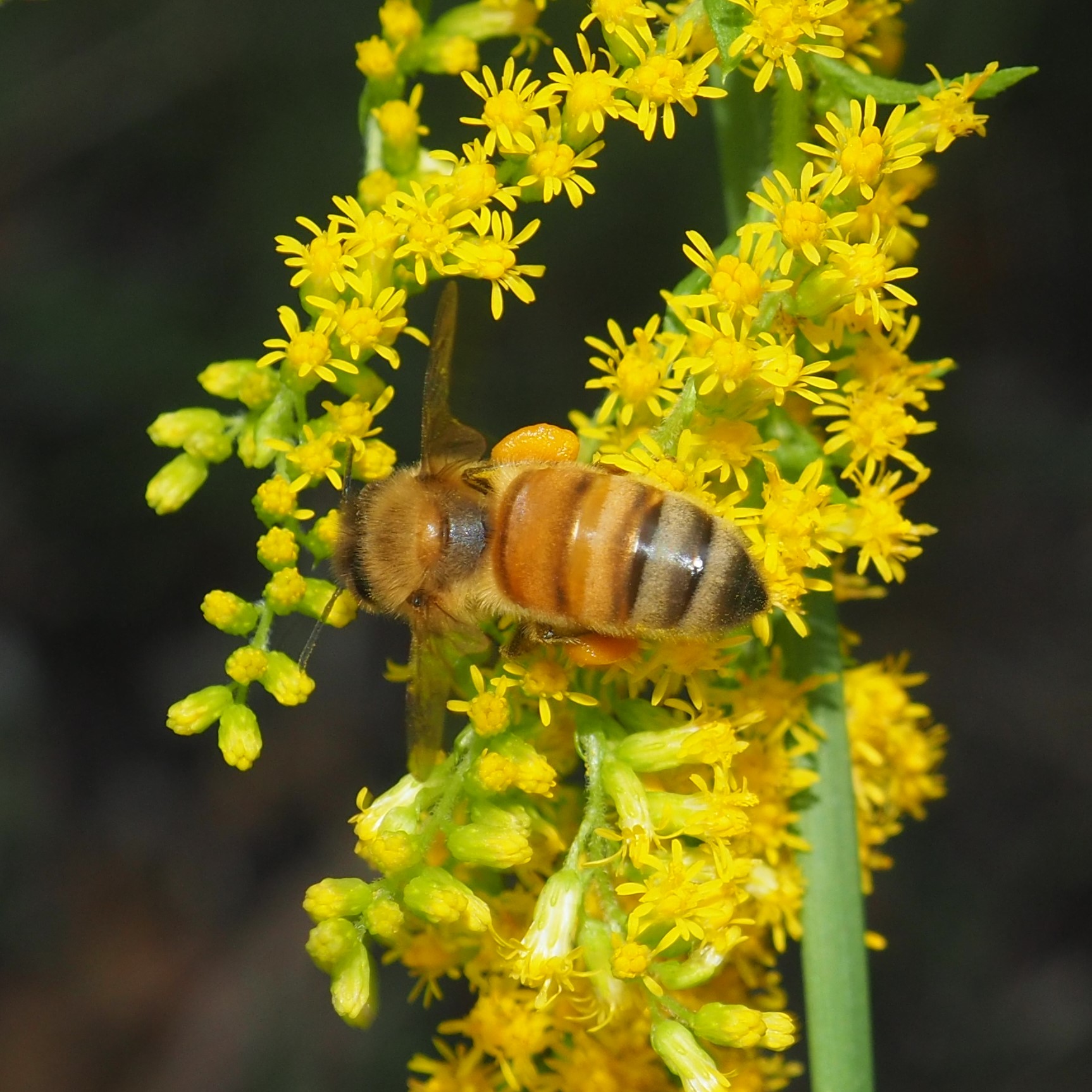
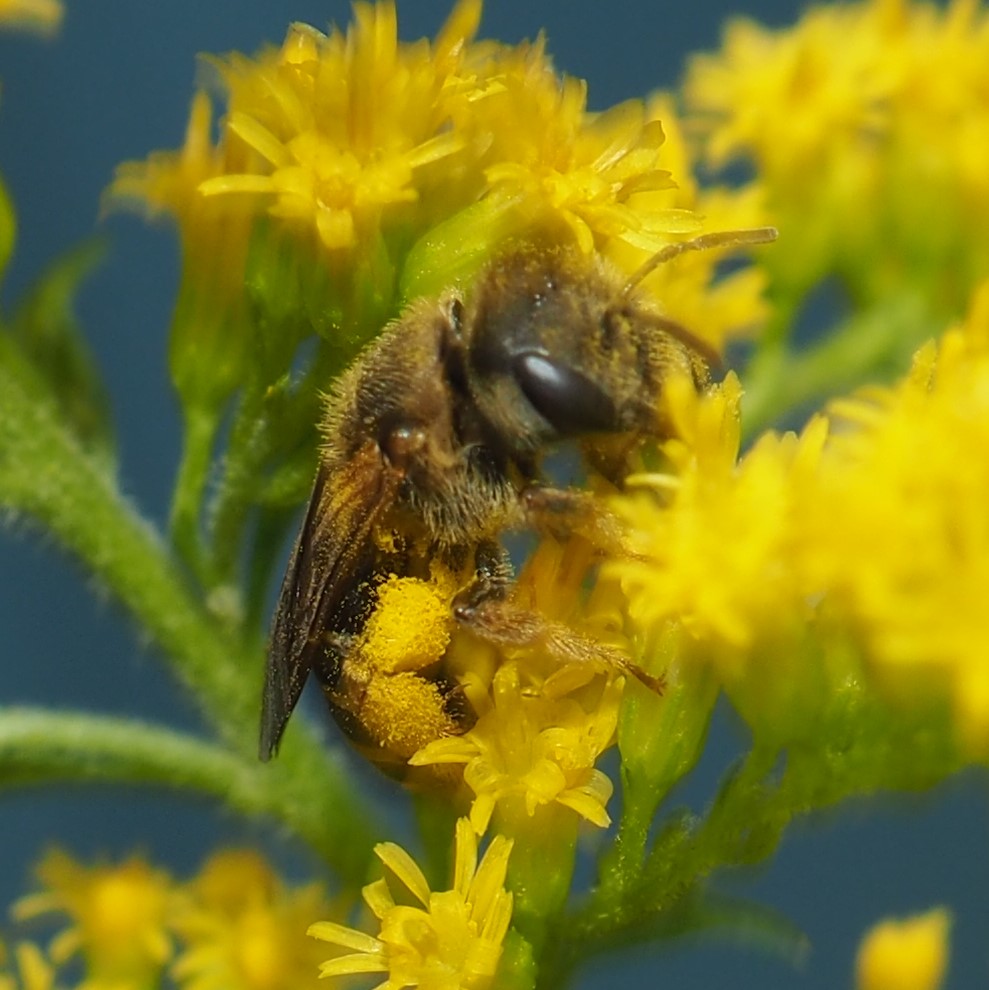
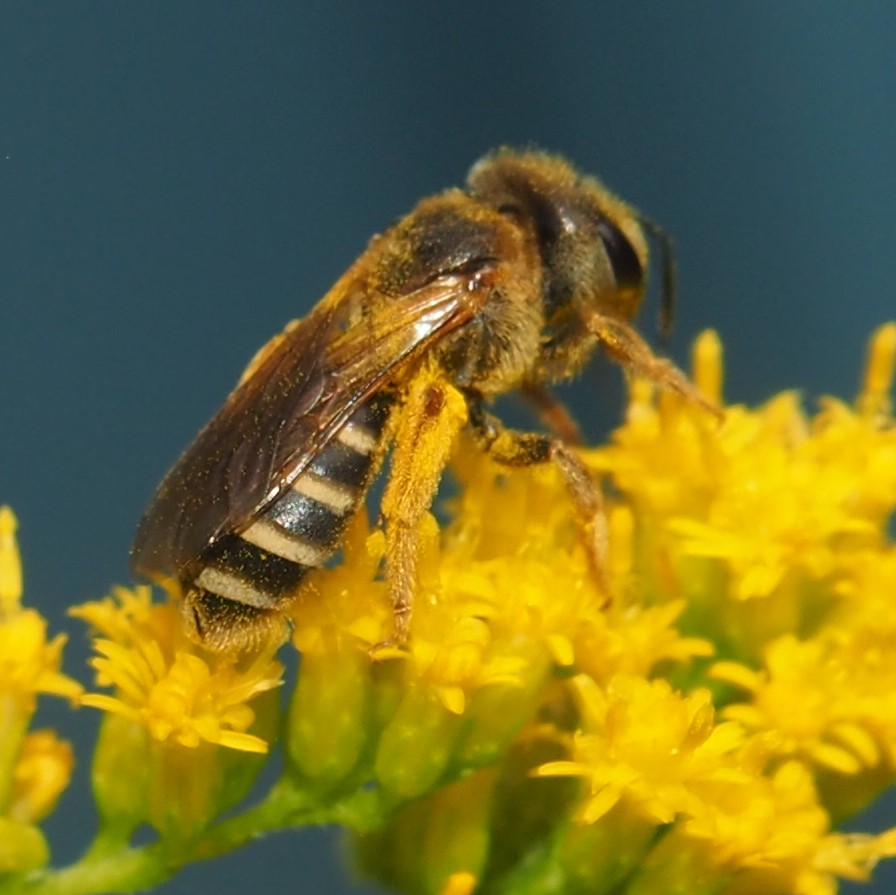
I believe this lovely Bee is in the genus Andrena of "Mining" Bees.
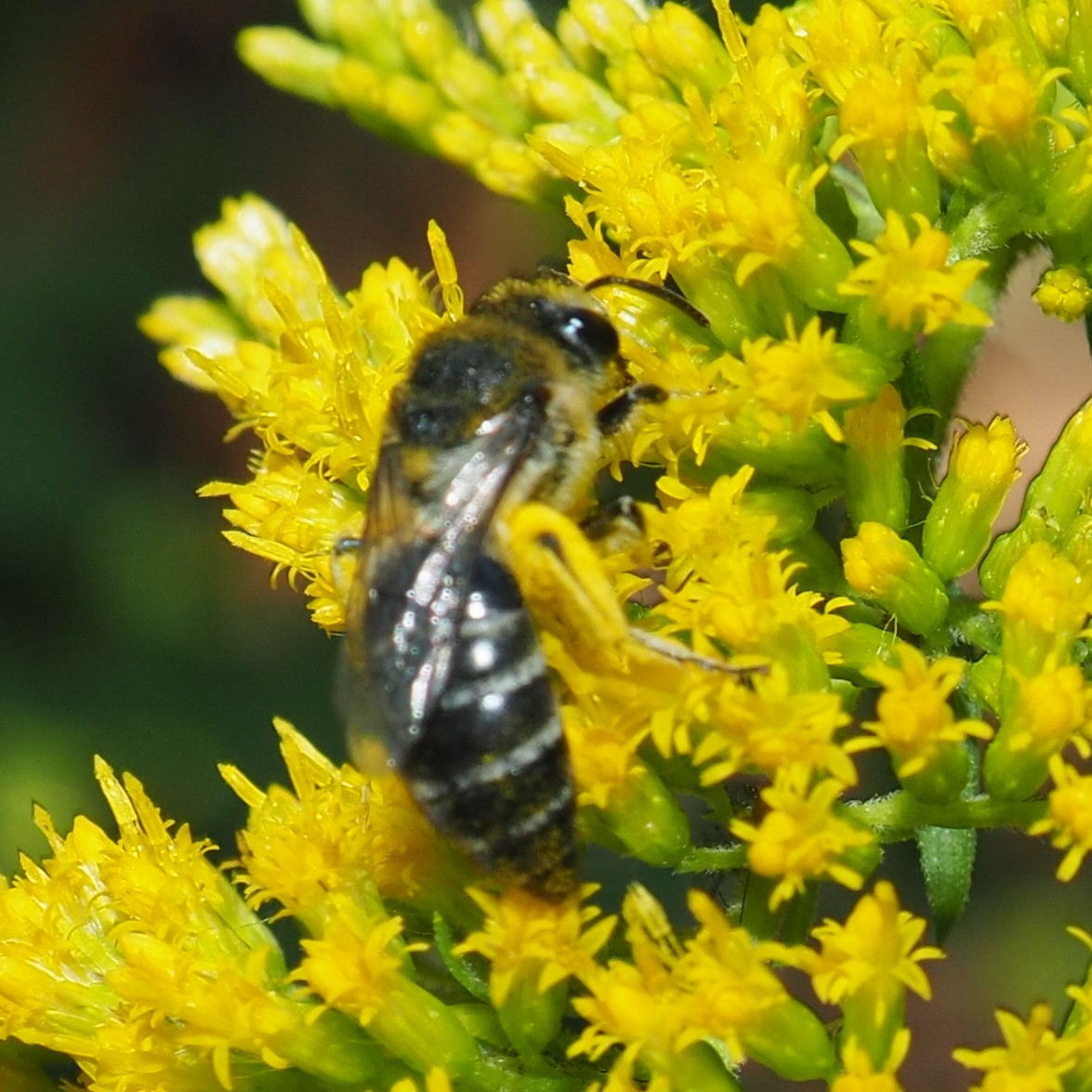
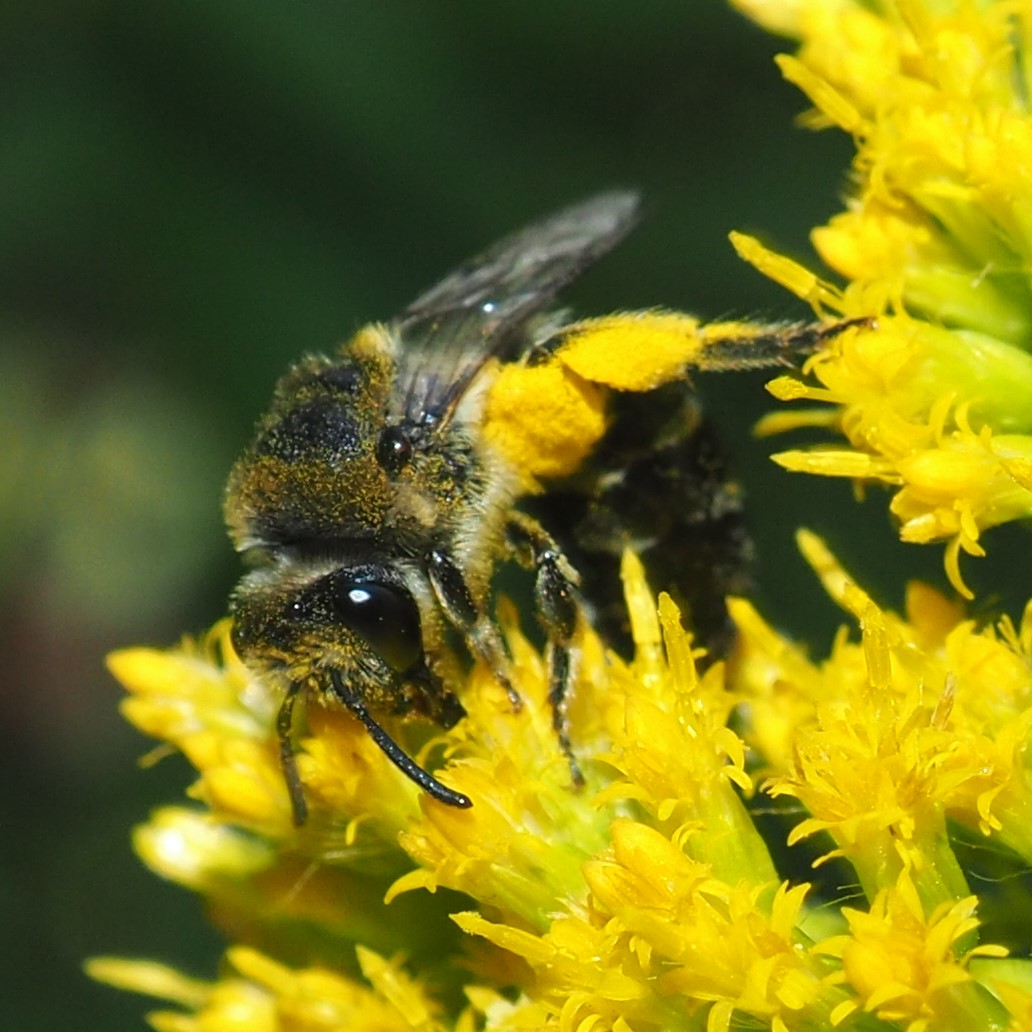
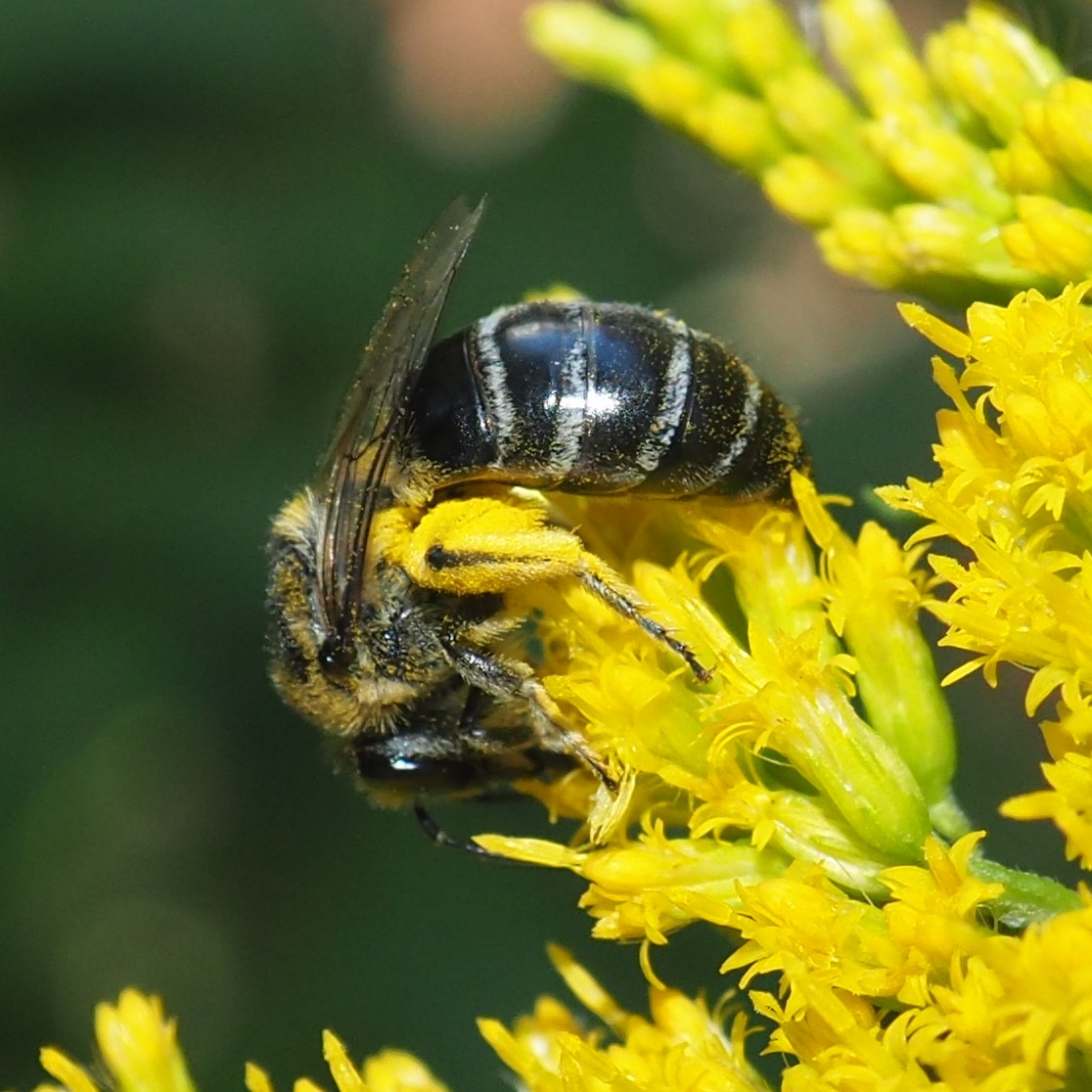
As for Beetles, we had an assortment including, of course, this little black Flea Beetle. Second was identified by Boris Büche as belonging to the "Genus Tritoma, a member of Pleasing Fungus Beetles Family Erotylidae". Third is the quotidian (I was going to say "perennial") Redbud Bruchid.

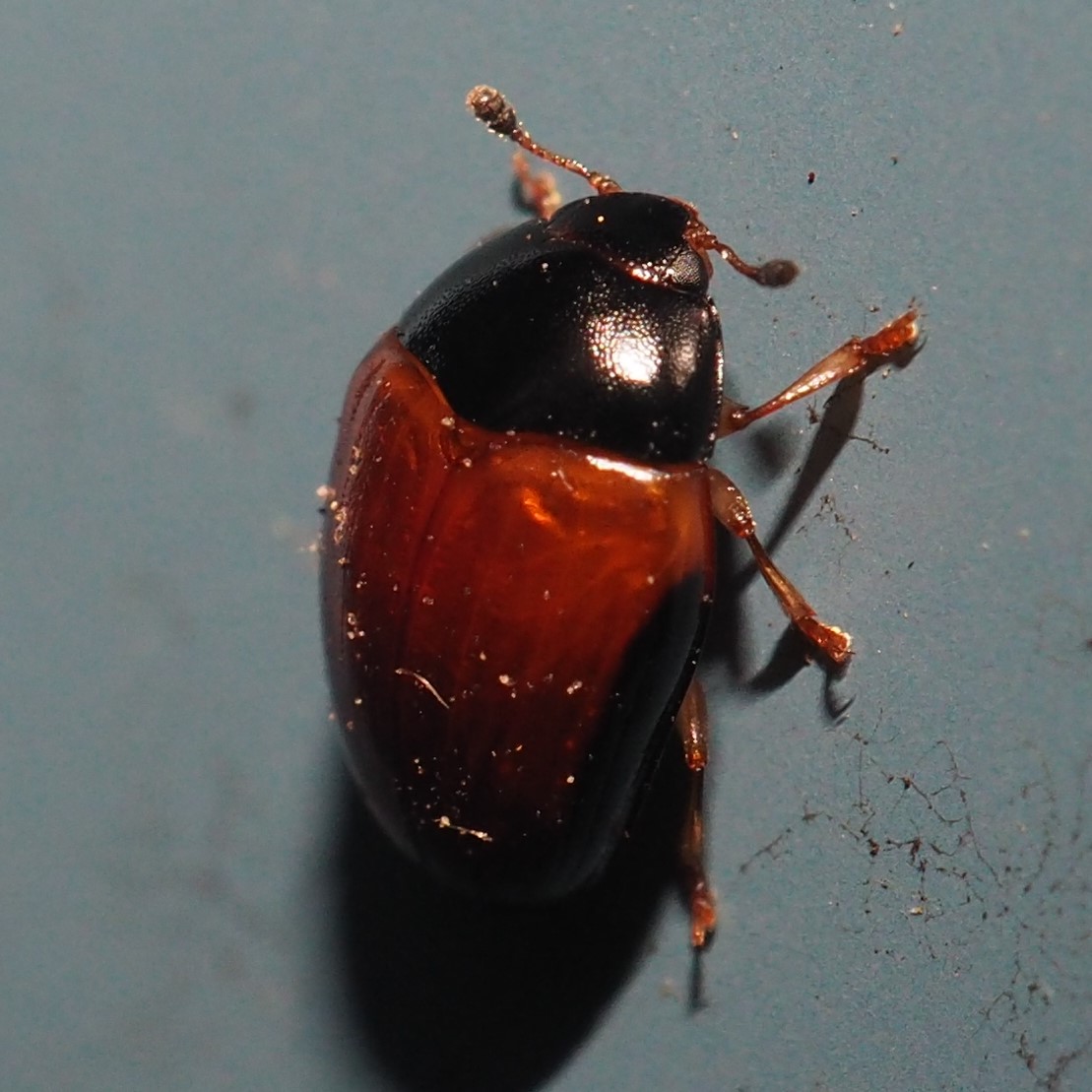
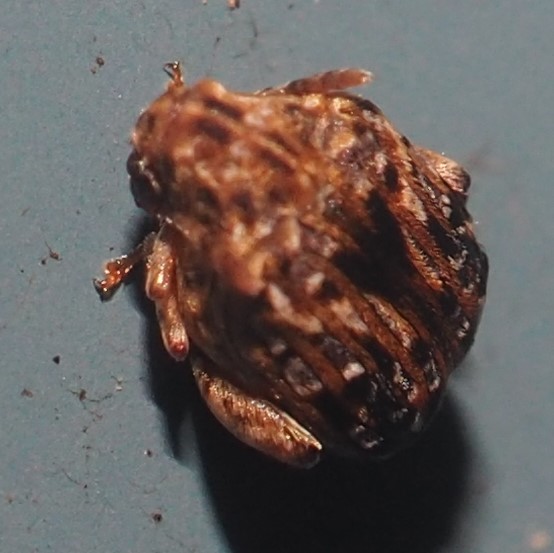
Here's that Goldenrod Soldier Beetle. And the Locust Longhorned Borer Beetle. And of course the Asian Lady Beetle.
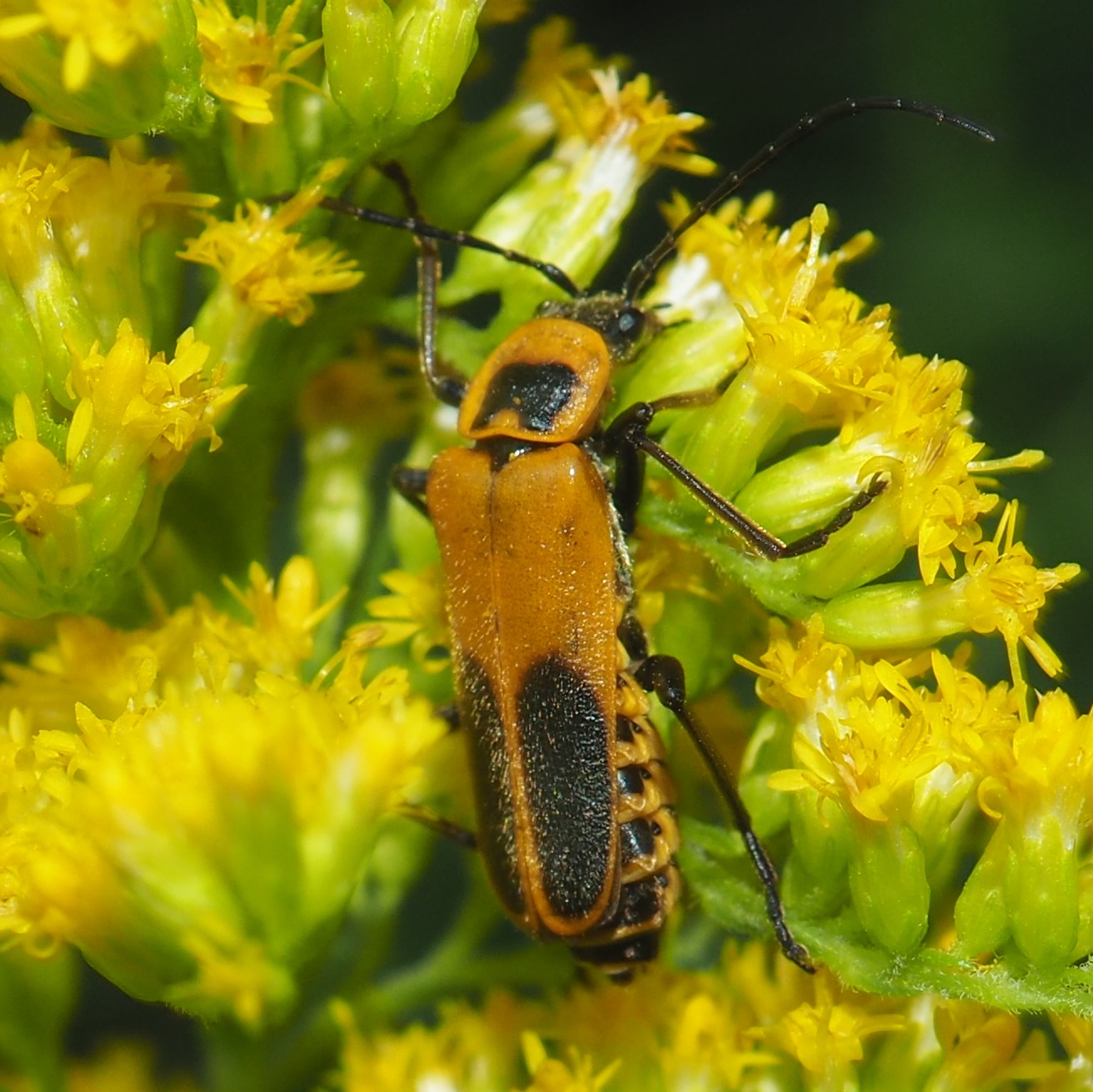
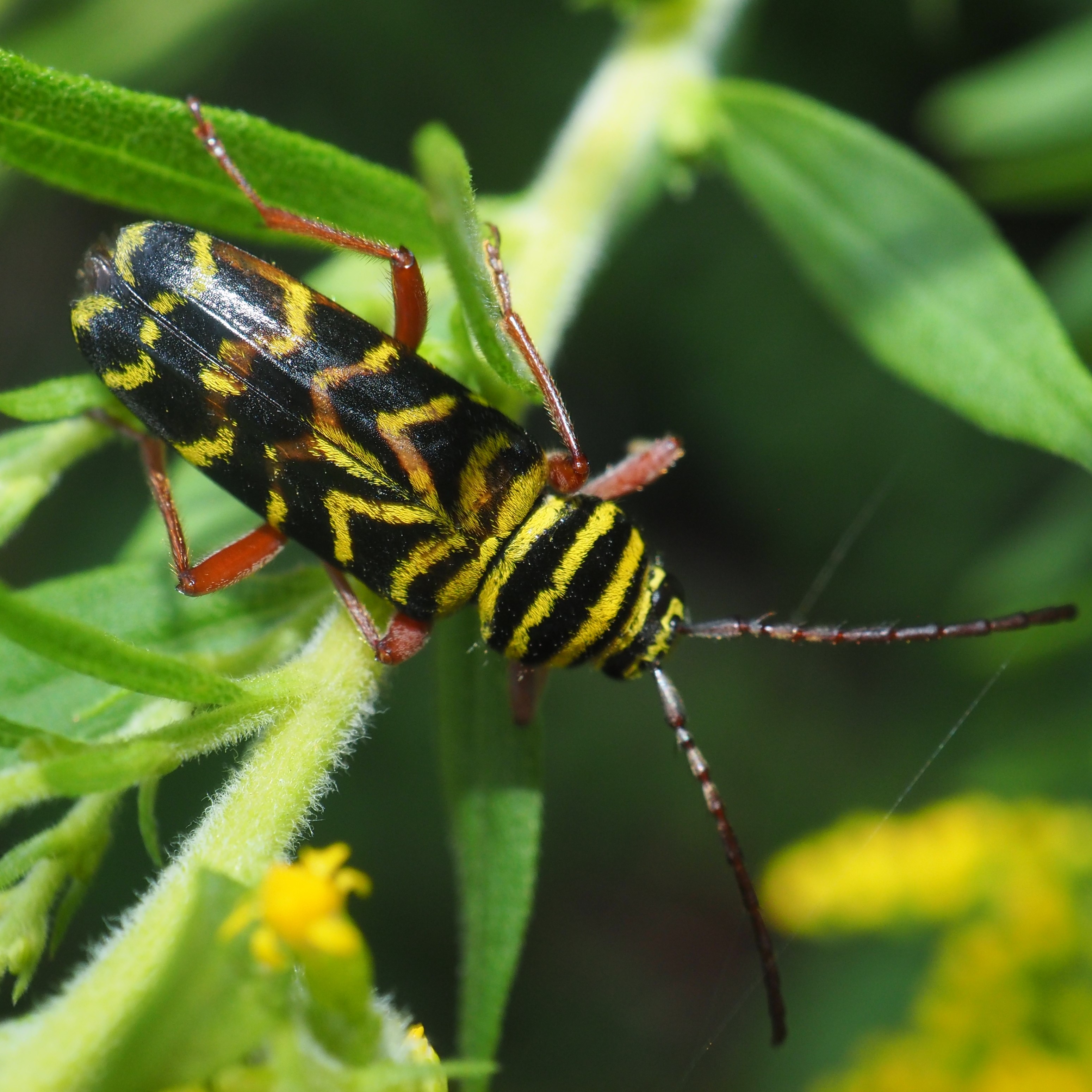
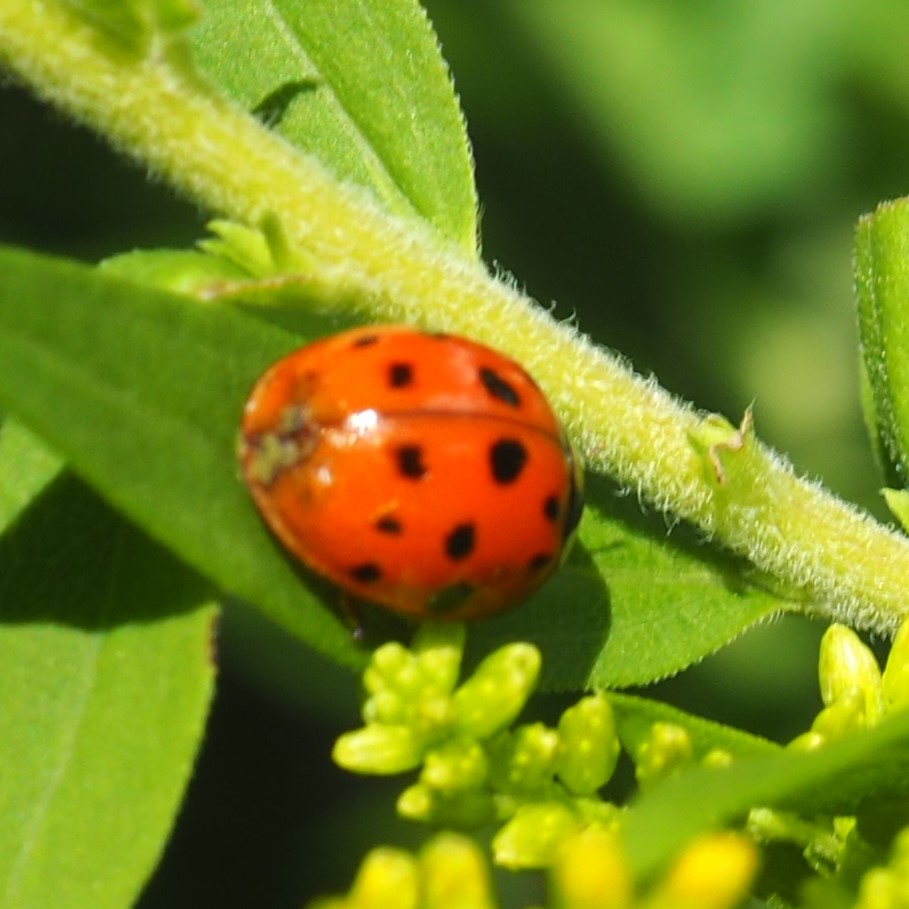
Bugs are Avast. A new Bug that I normally only see when the Goldenrod is blooming is the Ambush Bug. It, like the Assassin Bug, is one of the most vicious hunters in the zoo. For an example: Yesterday I was passing a place when one had taken up residence, and saw a Greenbottle Fly land on the piece of turf staked out by the Ambusher. I was about to shoo it off but the Ambush Bug got it immediately, they are that fast! Here you see the Fly landing just above the Ambush Bug. Next you see the Bug coming to the surface and glomming onto the Fly. This took a matter of seconds.
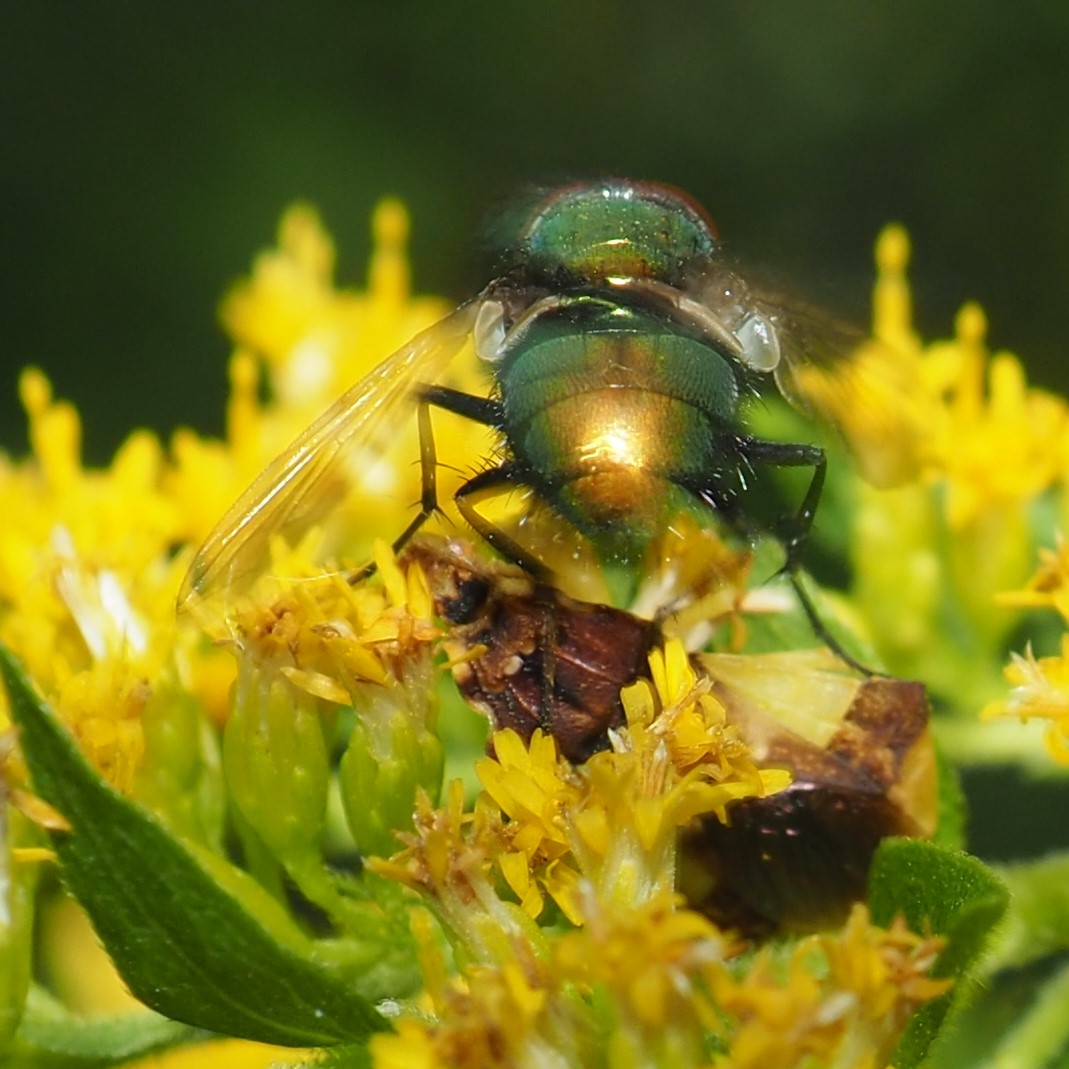
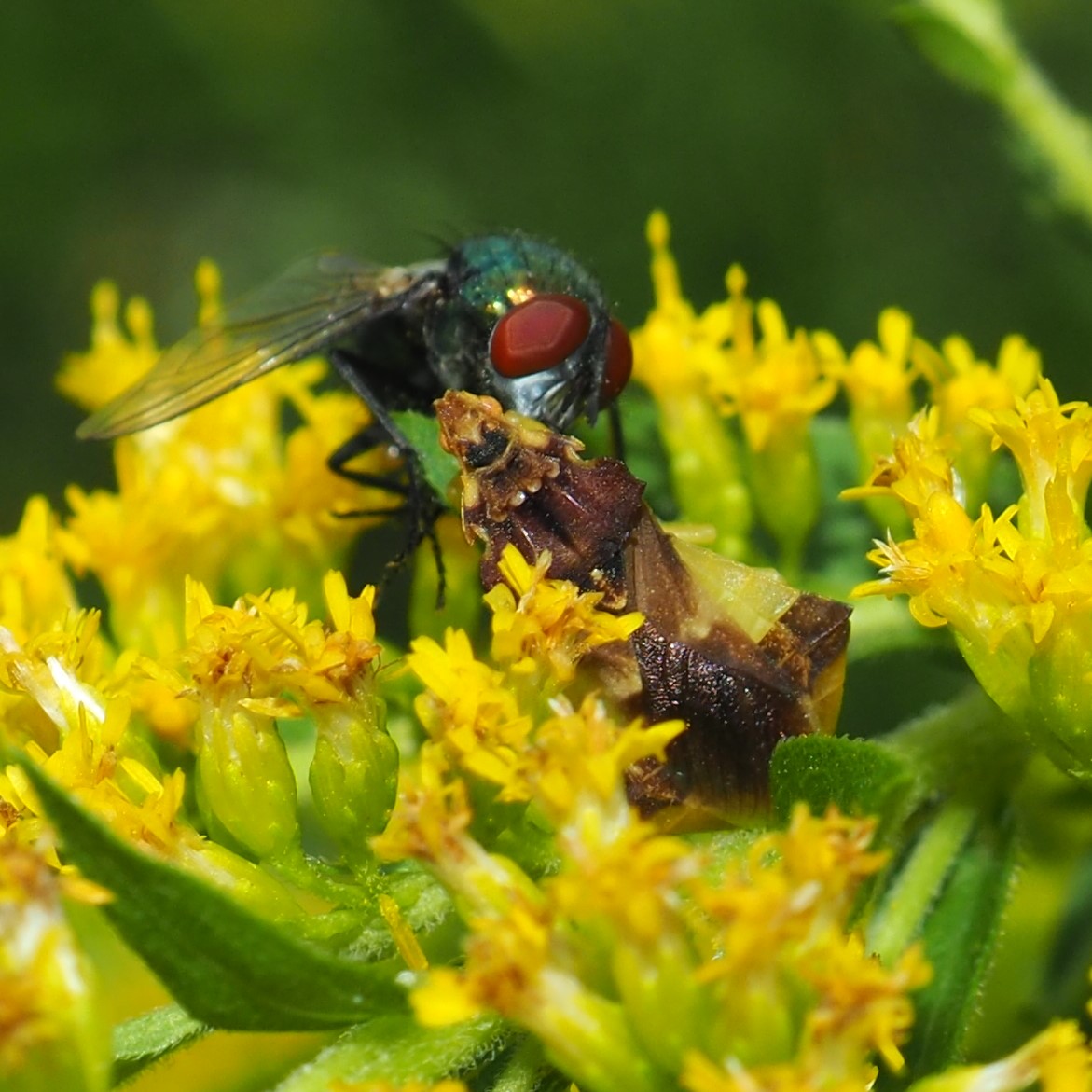
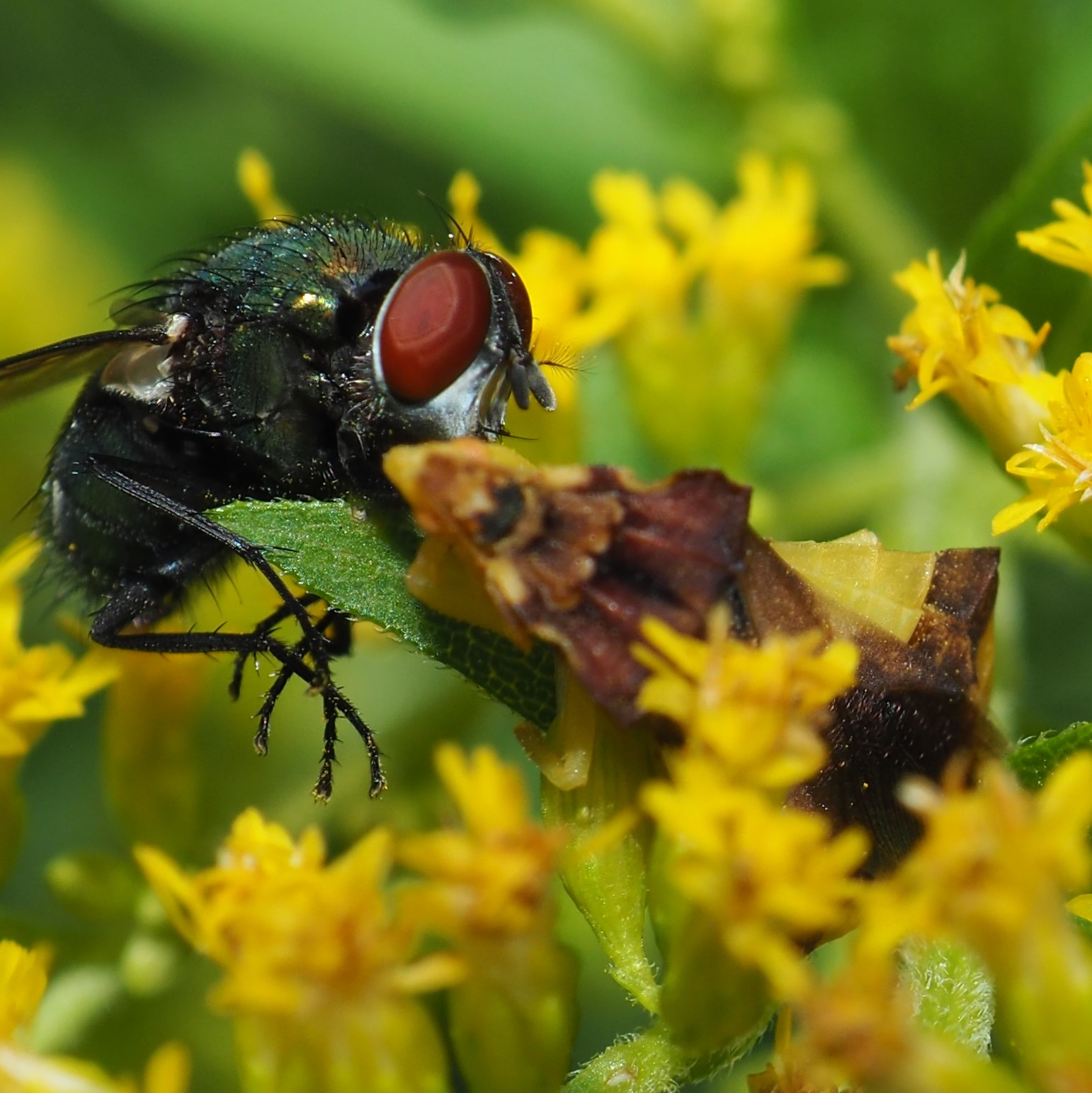
But I've got a more complicated story. Here, on Wednesday at 3:00 pm, was that same Ambush Bug, having taken over the Fly du Jour. It gets a good grip and settles down to nosh at 3:01 pm. A friend comes to drop off a tub for the fishes to rest in while we start to redig the Pond. She leaves at 3:45, and I ask her to take a look at the Ambusher with its prey. But to my shock, the Ambush Bug is hanging back watching the Assassin Bug, whose station is not far from the Ambusher's, settling into the Fly.
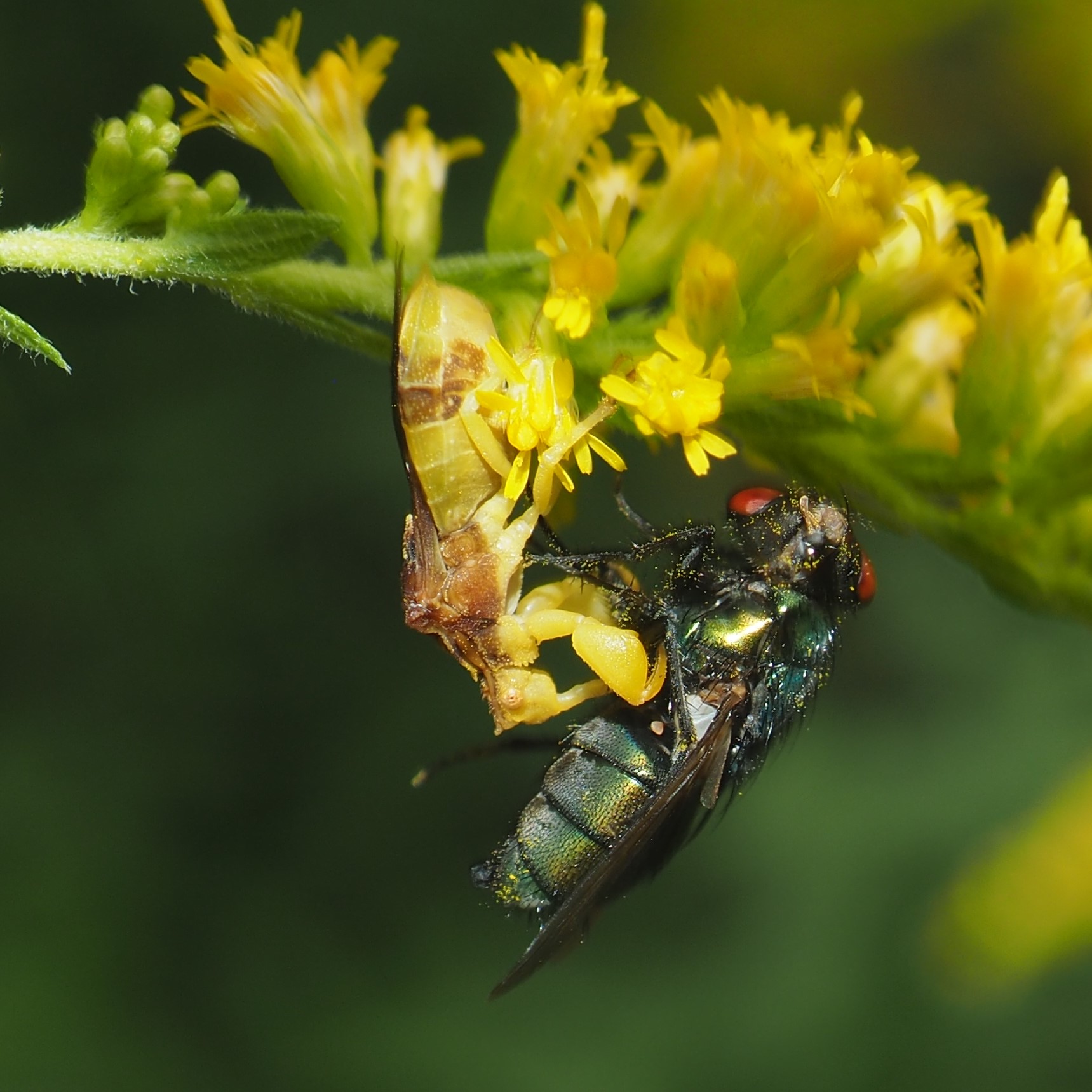
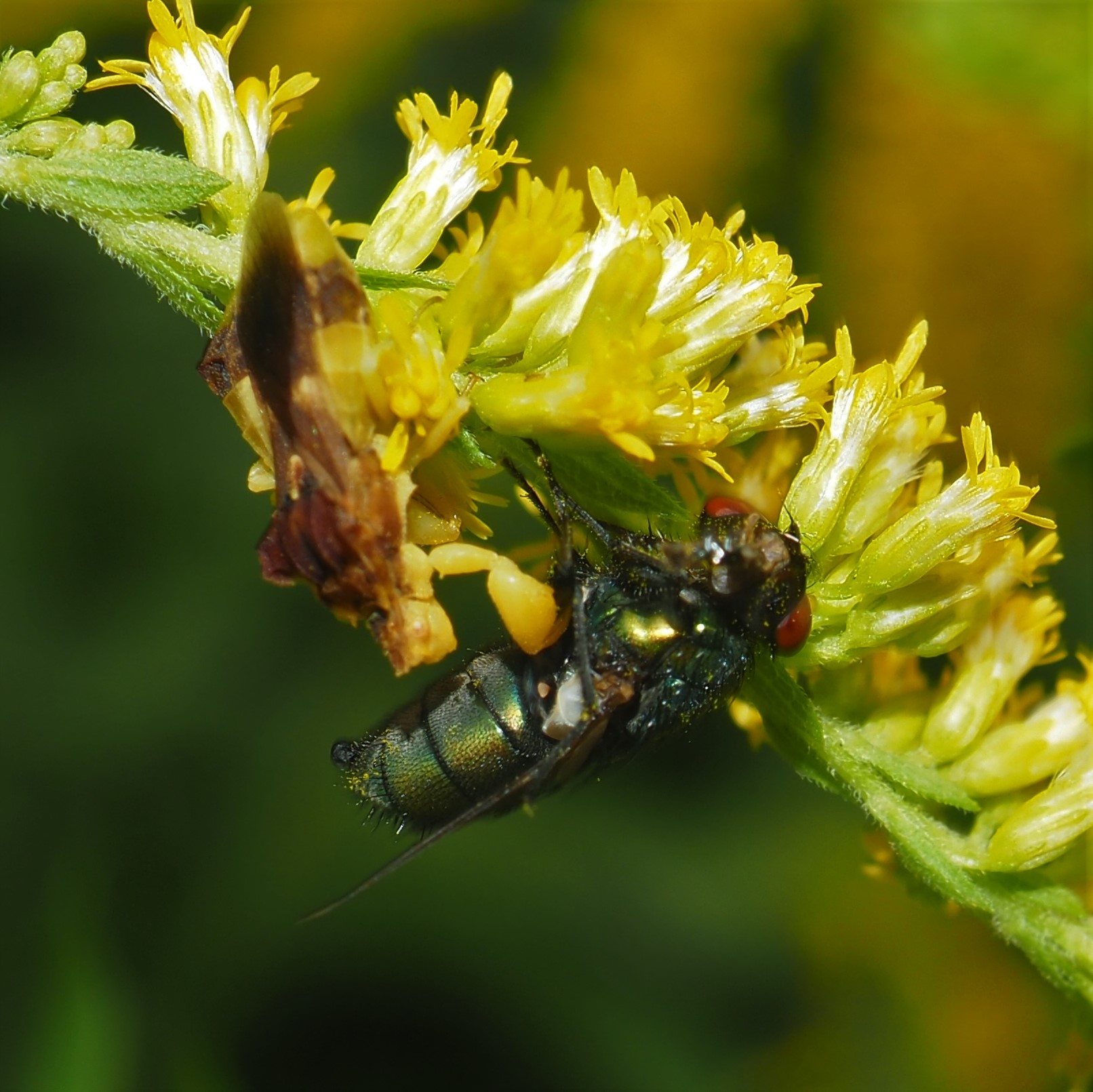
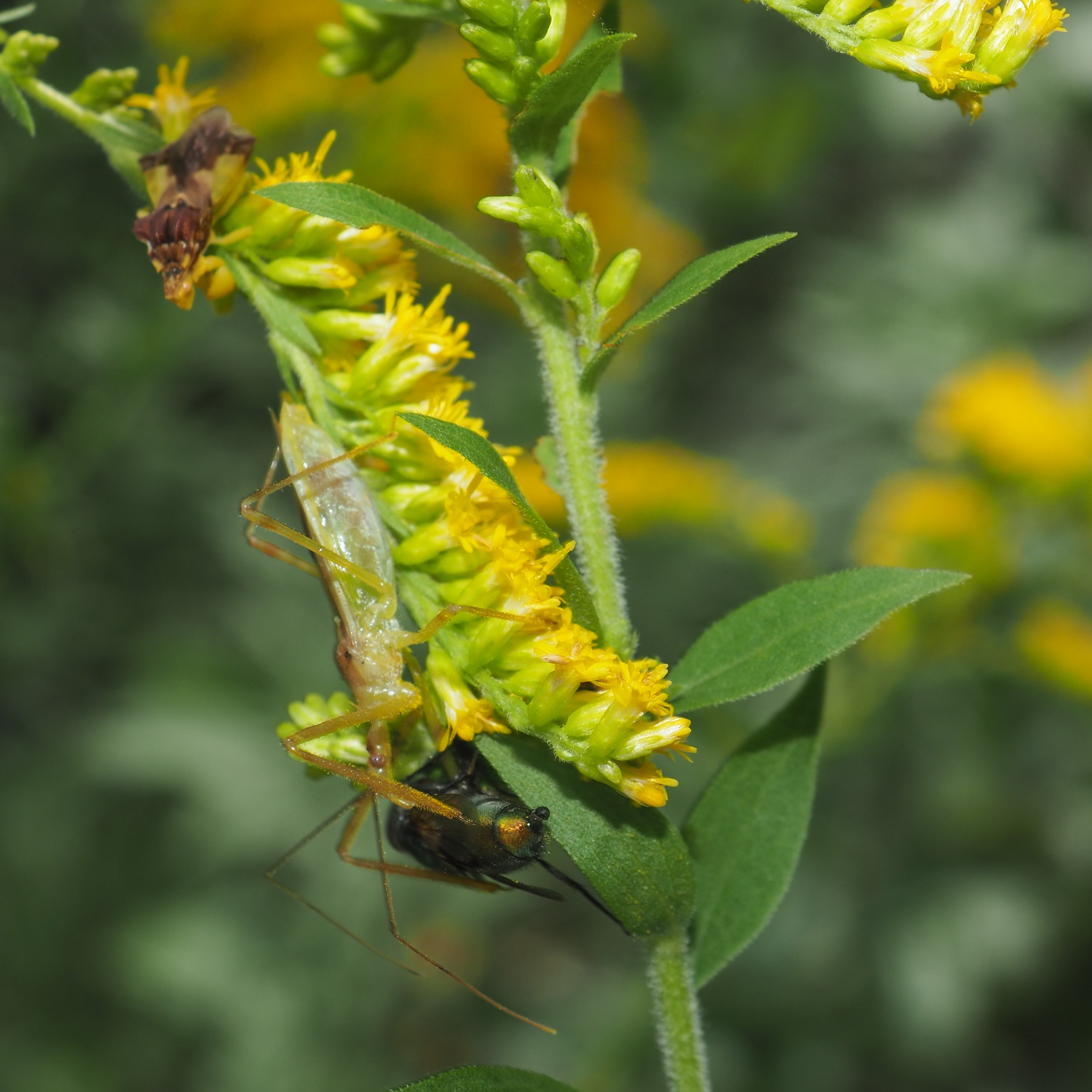
At 3:46, the Ambush Bug inches closer to the Assassin Bug, who is still enjoying the Fly. I have to go in to make some supper. When I come back at 4:15, the Assassin is nowhere to be seen. Moral: don't mess with an Ambusher. I did see the Assassin later, but you can guess what had gone through my mind.
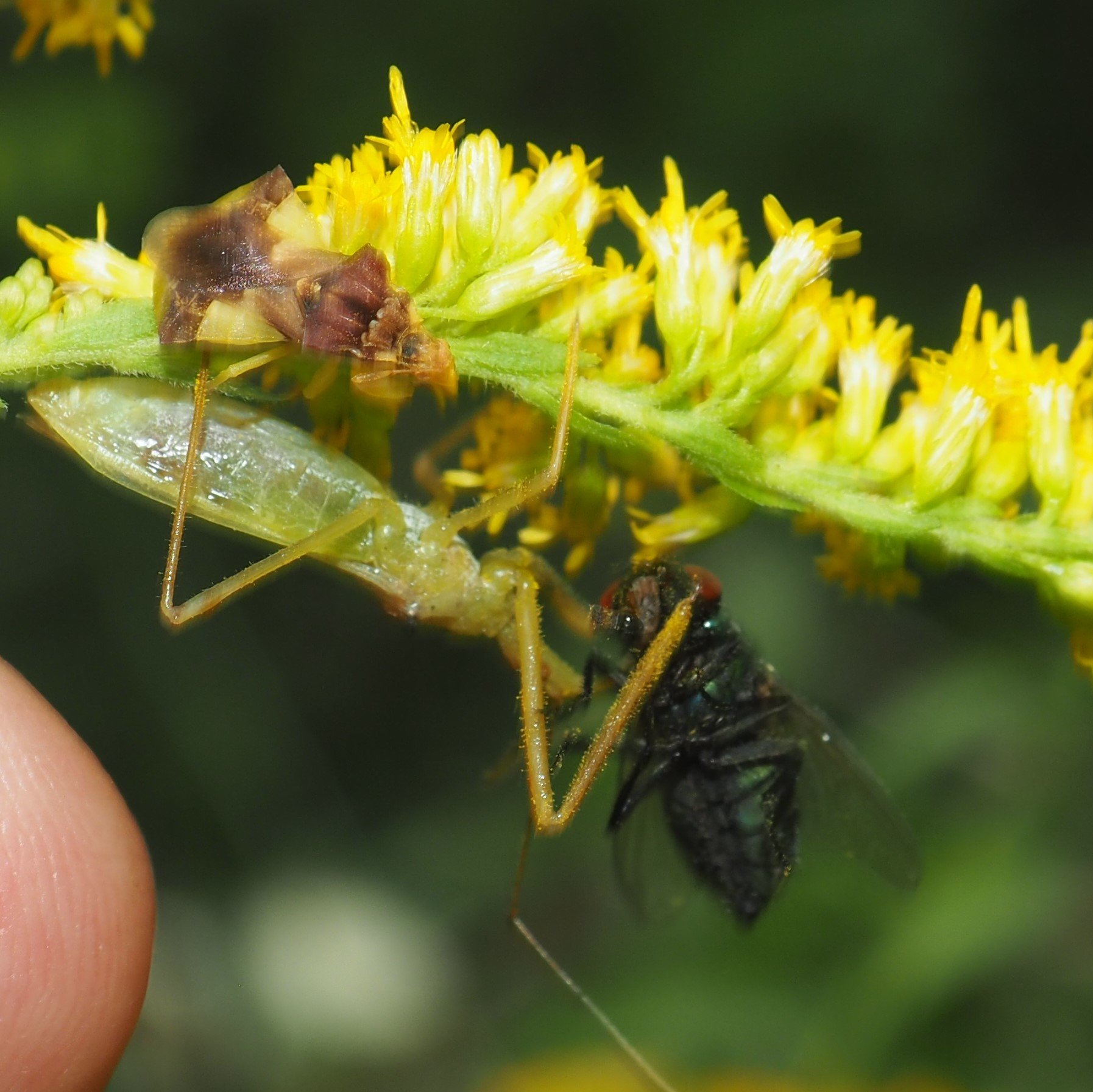
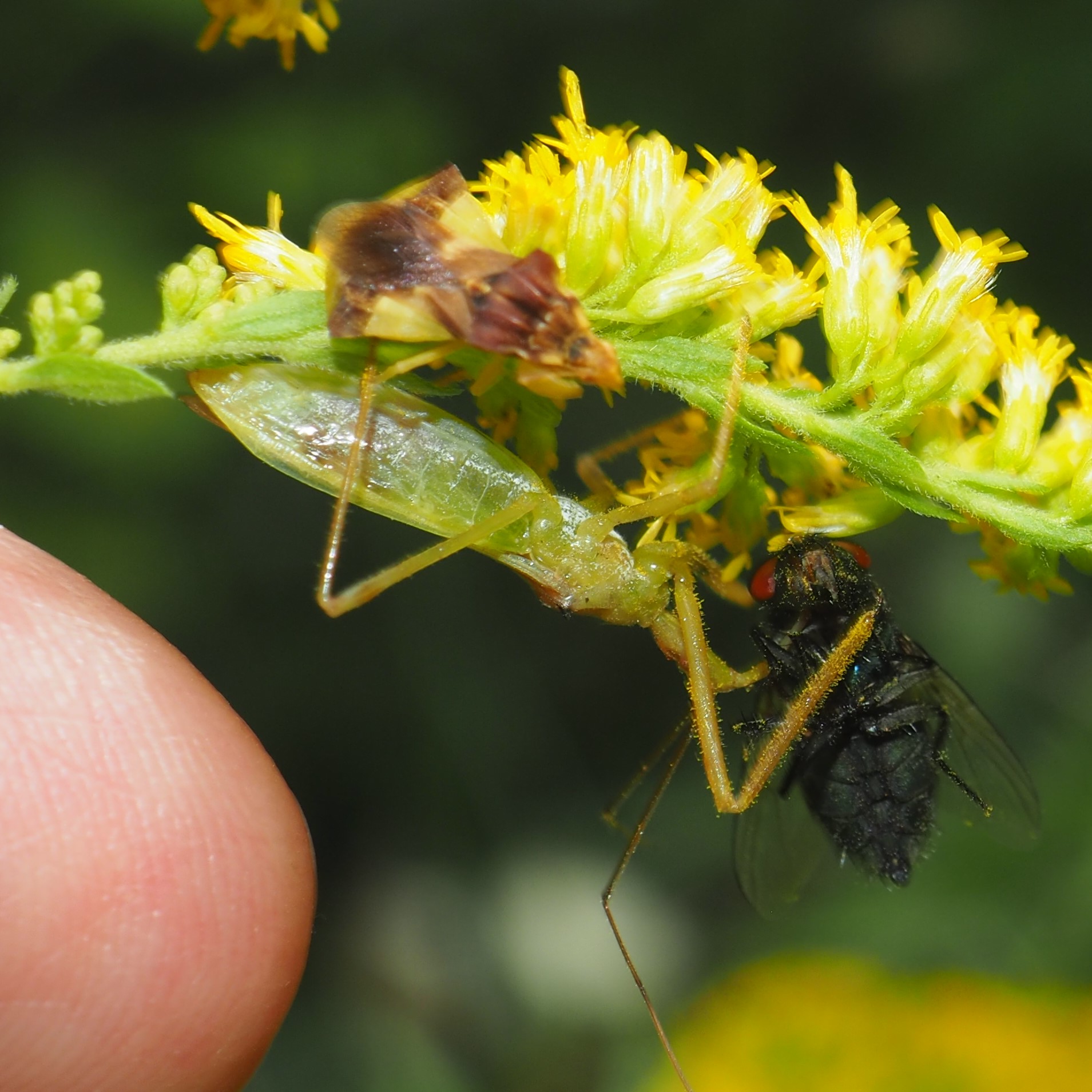
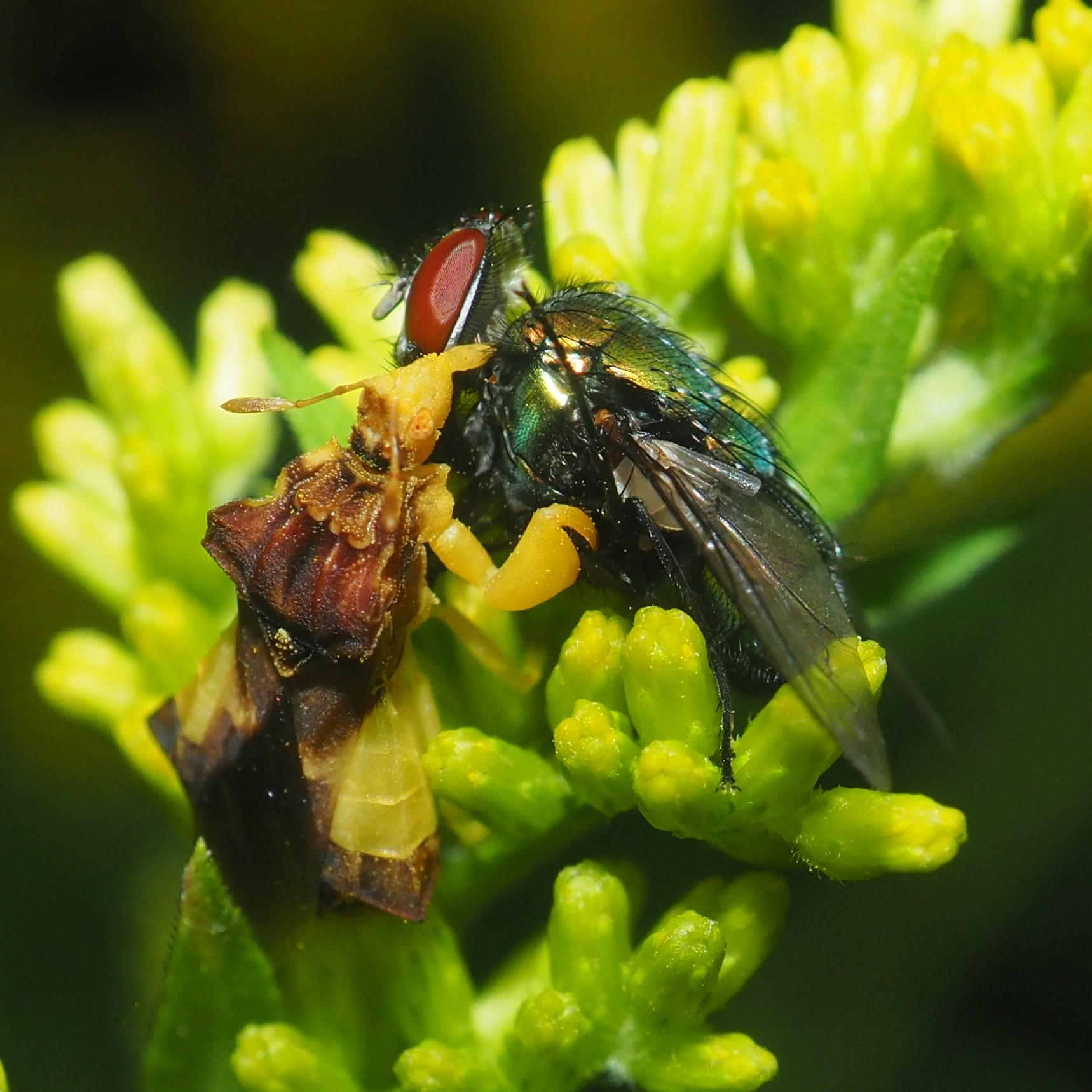
So you've now met the two biggest insectivores in the yard. Note: For some reason I don't have any praying mantids. So let's follow tradition and look at all the Leafhoppers we bagged this week. They seem to like the South Wall, a foot or two above my head. So I may have missed a few. Here are some Eratoneura. Most of the ones I've seen have been variations on a theme. This third one looks like an Eratoneura to me, but it is actually an Erythroneura, E. delicata.

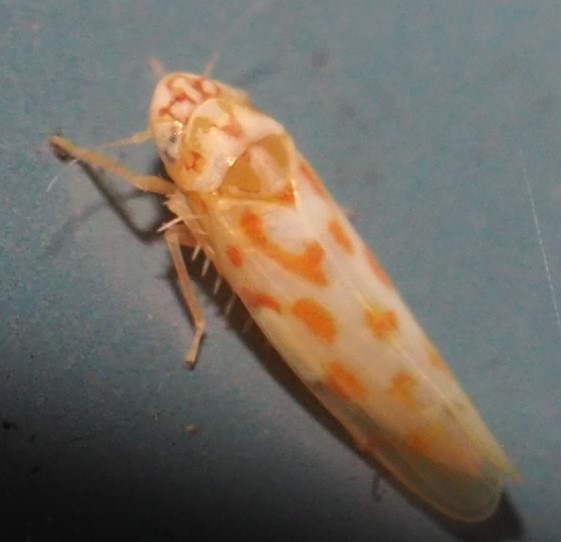
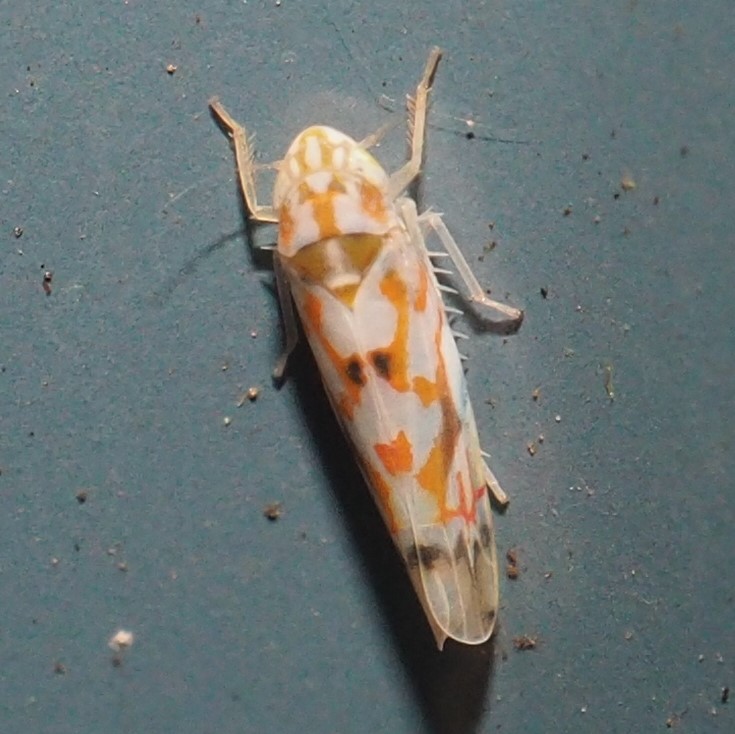
The genus Erythroneura have been more interesting. Here's E. aclys; E. elegans; and E. palimpsesta. The fourth one is a new one for me, the Grapevine Leafhopper, E. vitis.
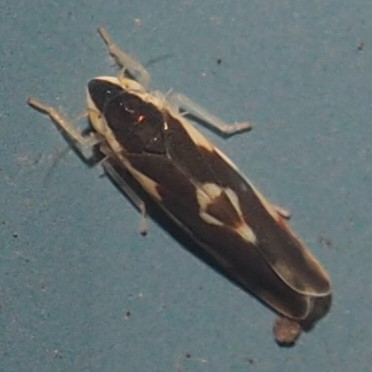
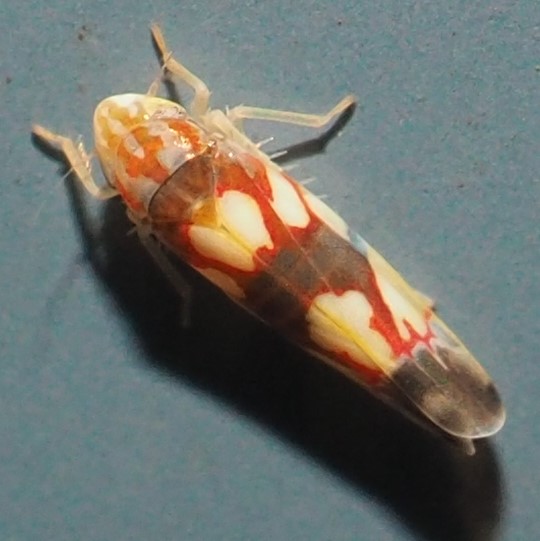
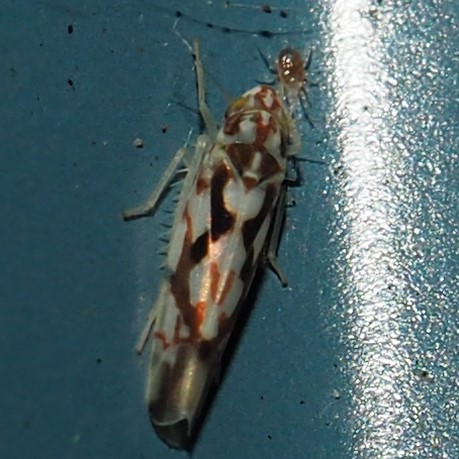
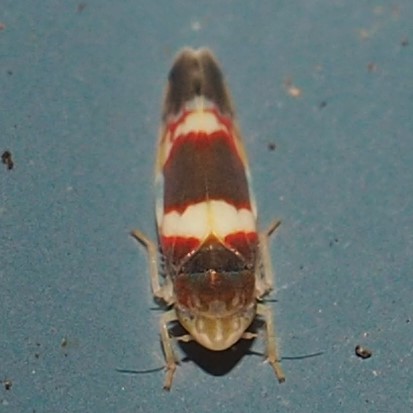
Here are the Japanese Leafhopper, the Japanese Maple Leafhopper, and the Coppery Leafhopper, Jikradia olitoria.
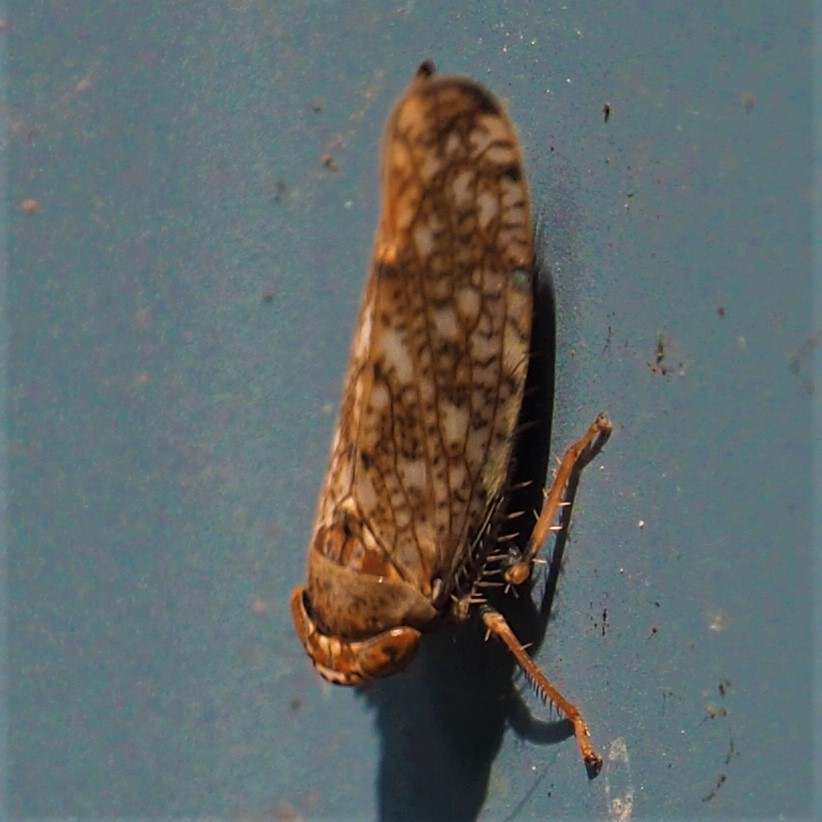
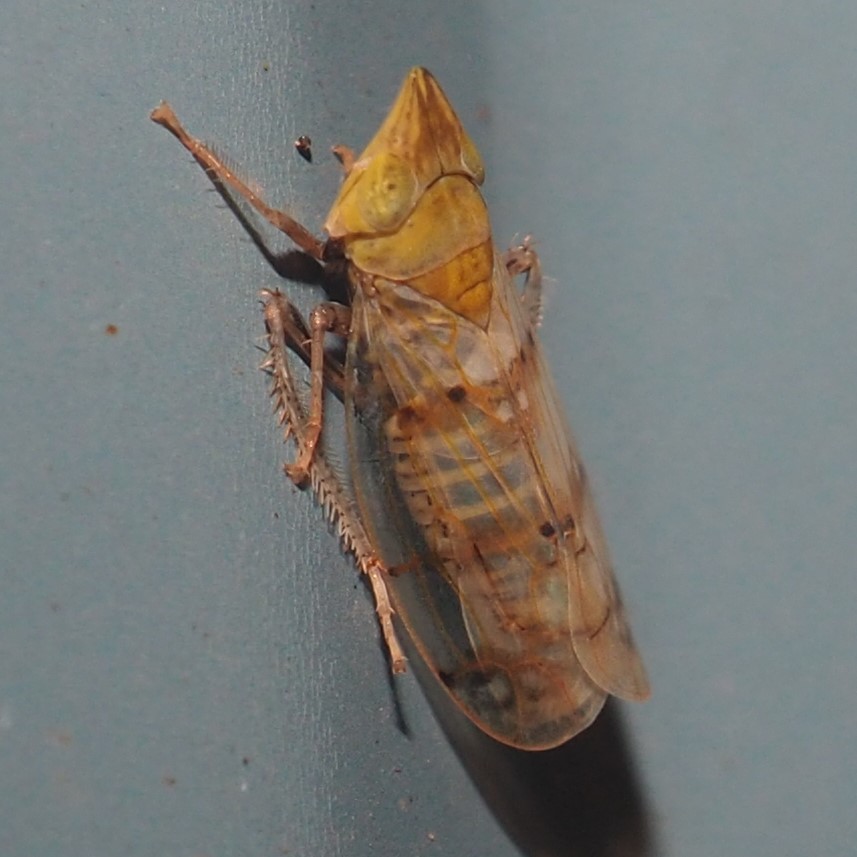
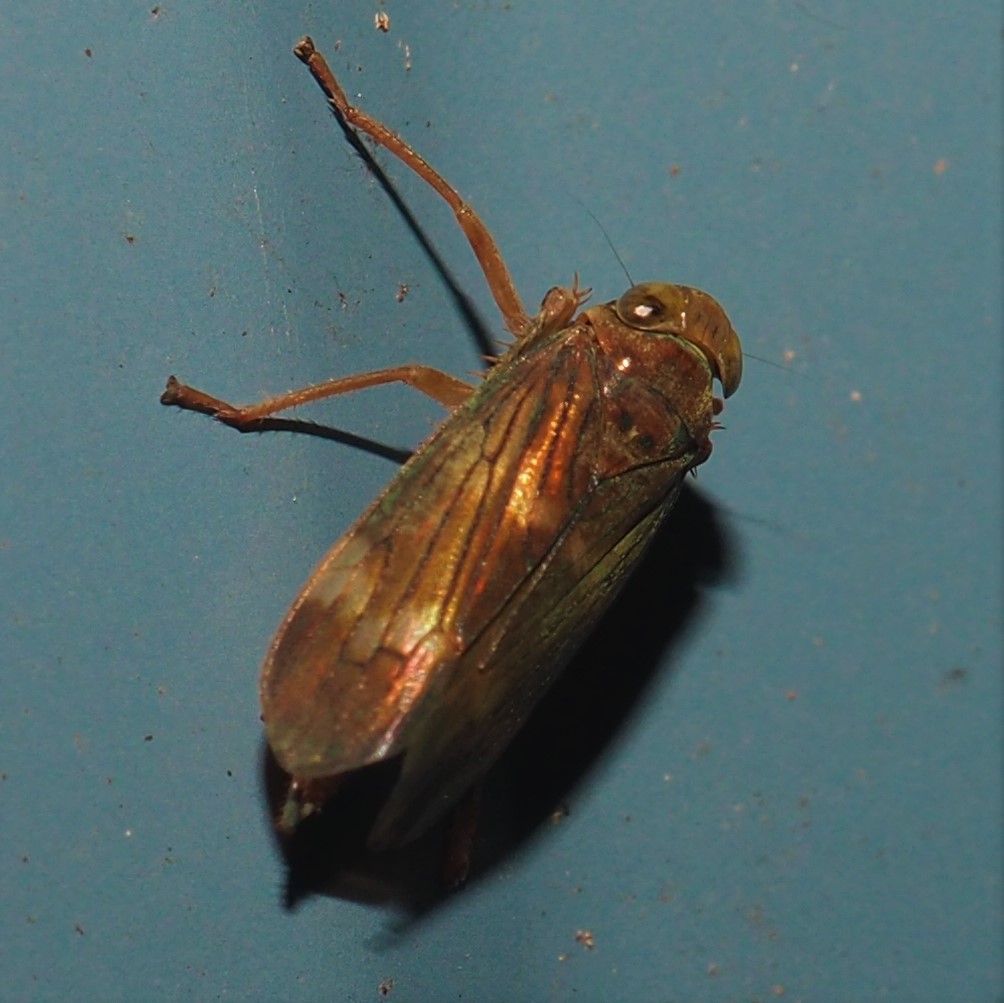
Here is Erasmoneura vulnerata. The second picture shows one of the Graphocephala genus with its red and blue stripes, and also the Meadow Spittlebug. Third is the only "other" spittlebug that I've ever seen here.
Fourth is Scaphoideus melanotus.


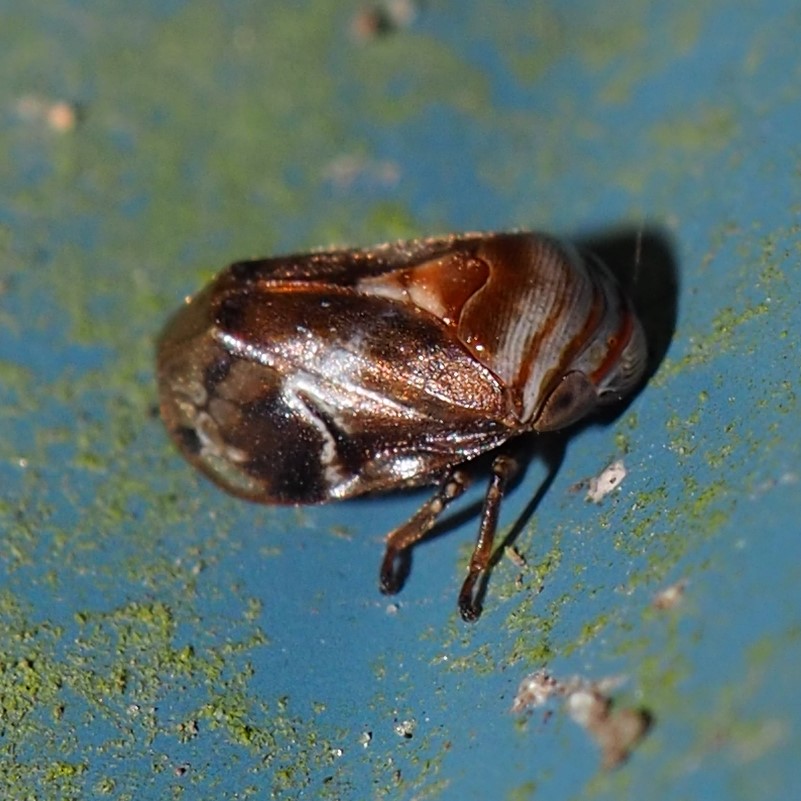
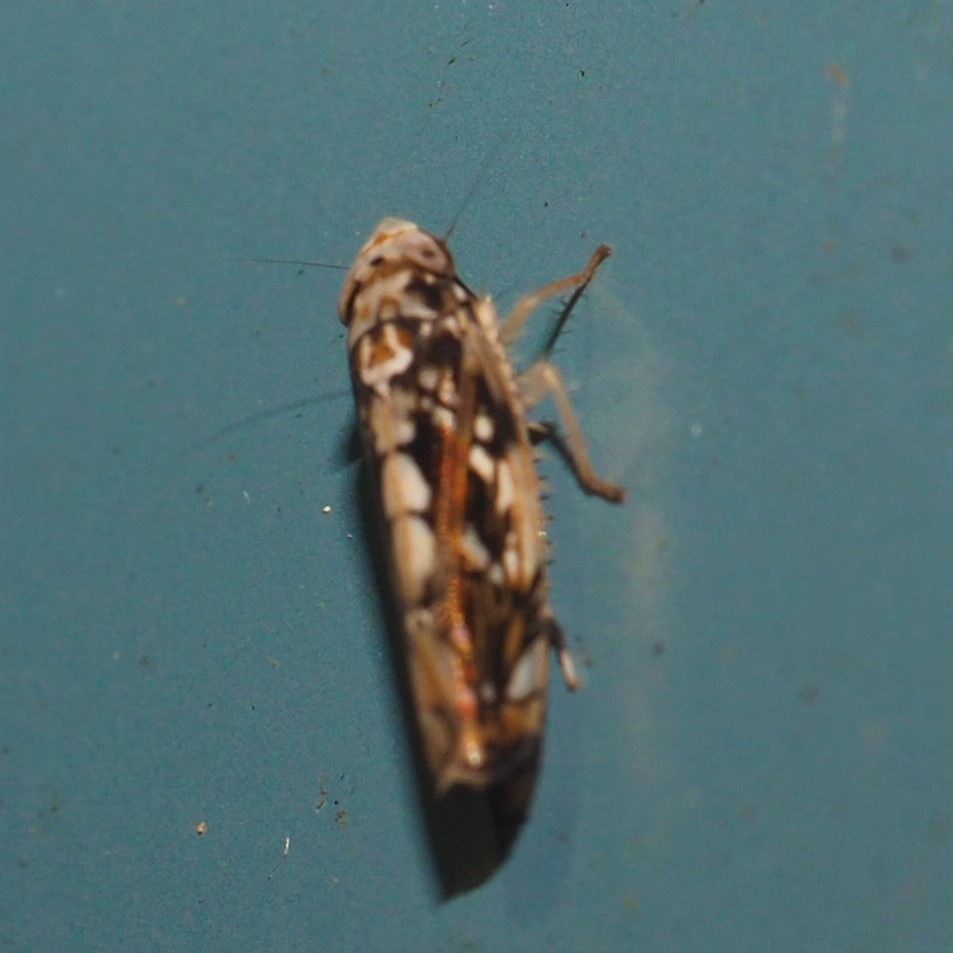
Maybe all these Lygus Plant Bugs are the same but they all look different to me. Maybe it's the lighting.
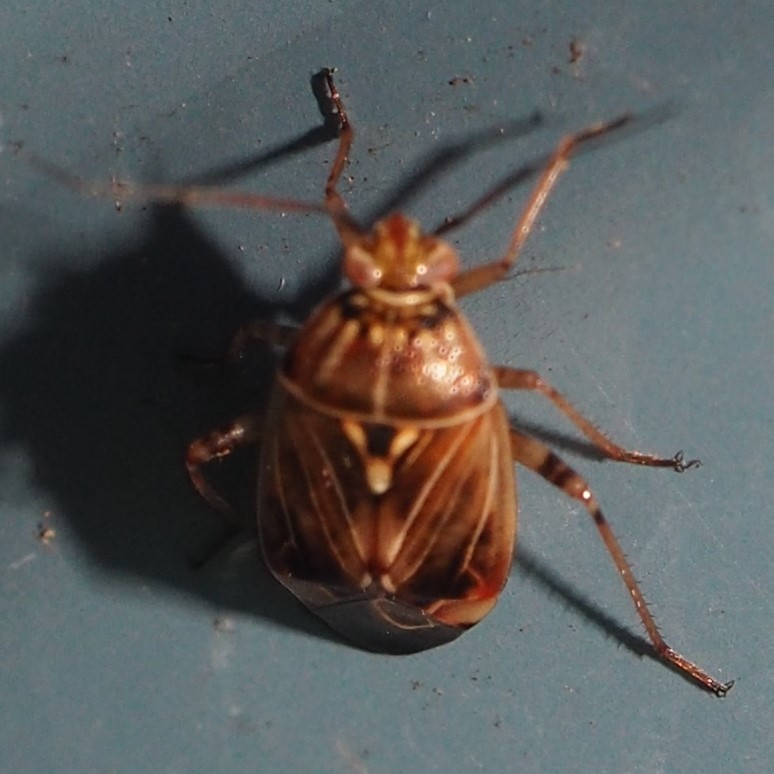
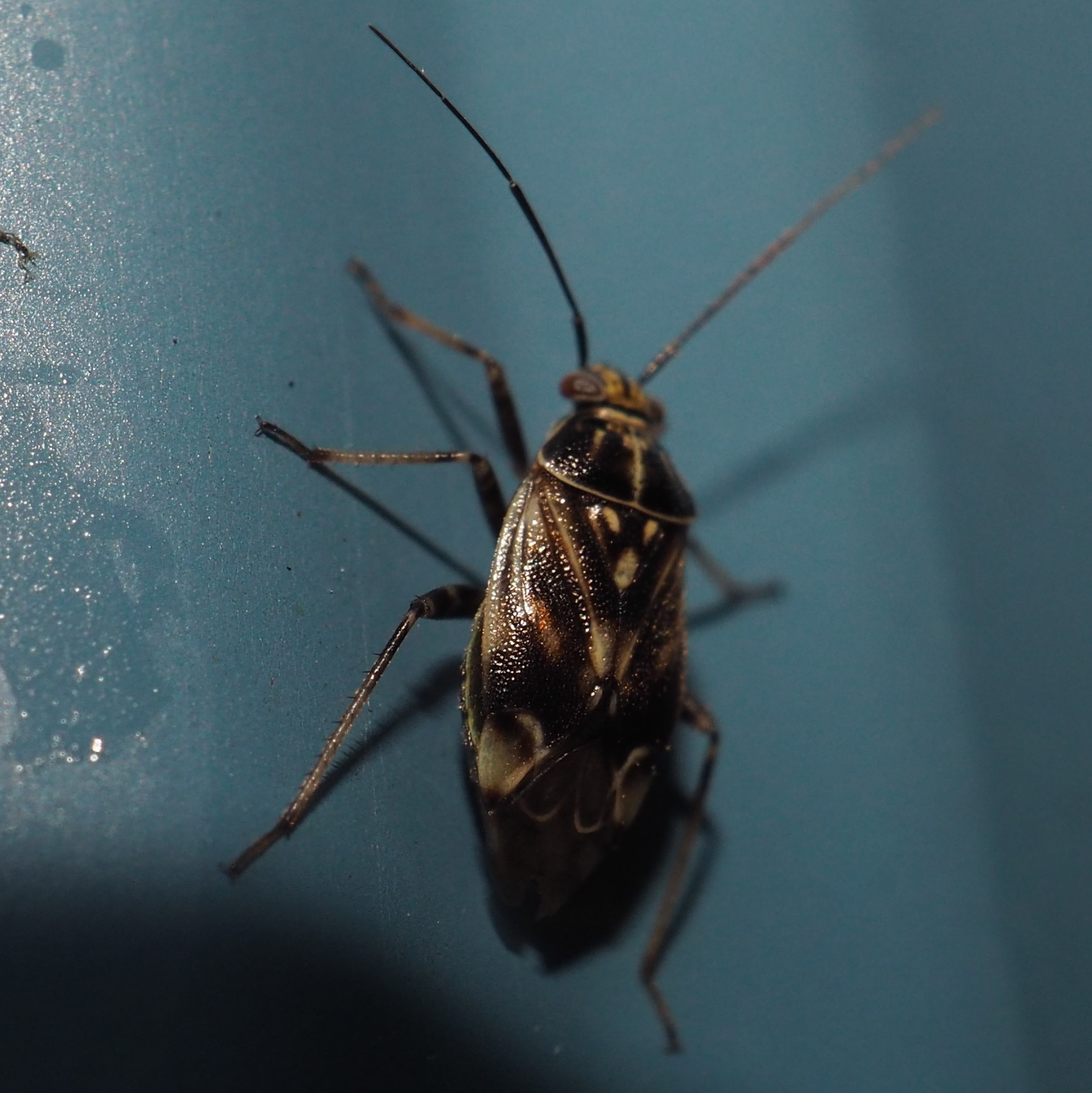
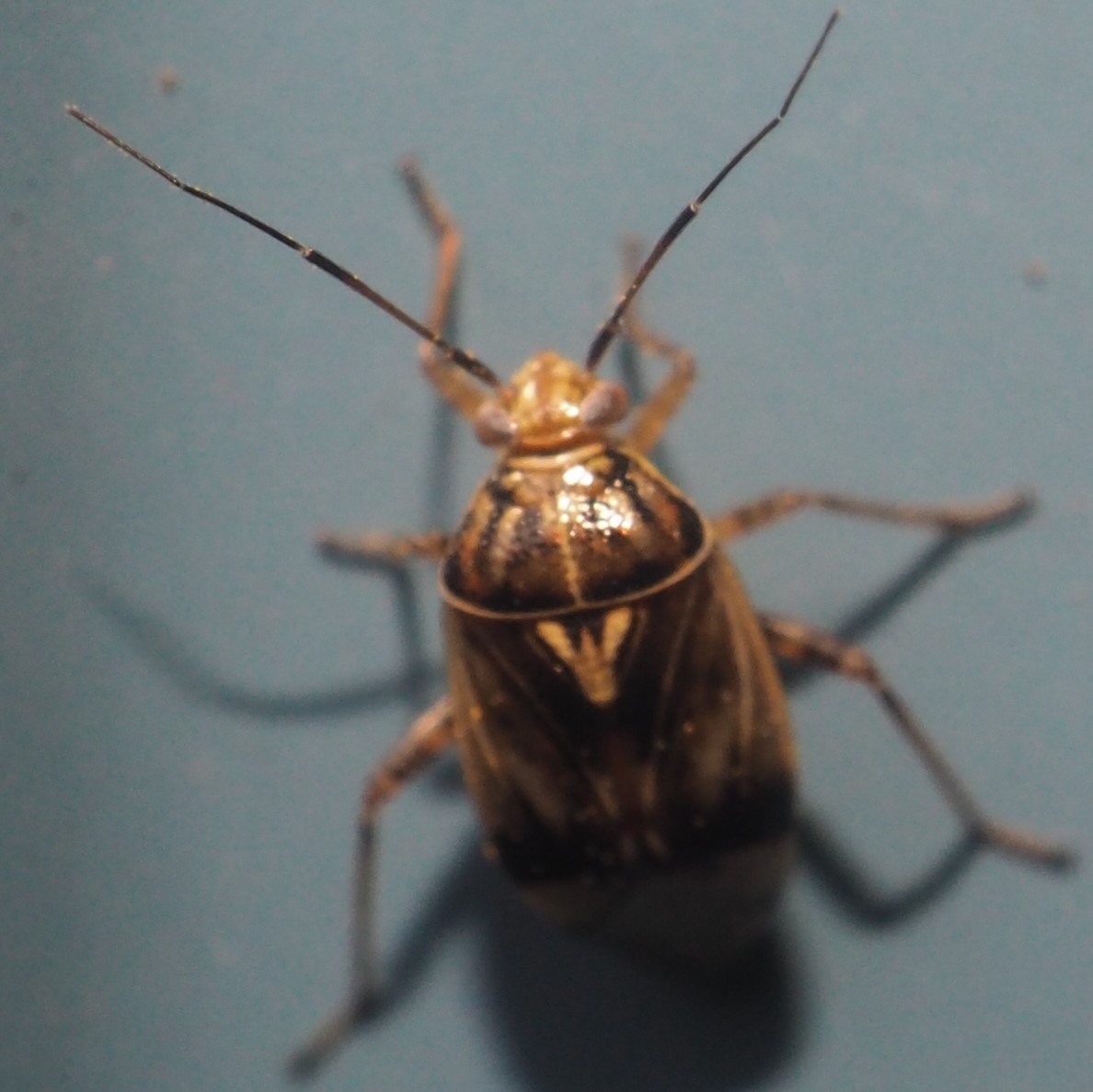
Here is a Stink Bug, maybe the kind we had a few weeks ago. The second seems to be one of those Spiny Shield Bugs (note the pointed shoulder pads). I'm very sorry to say, that seems to be IT for the Bugs.
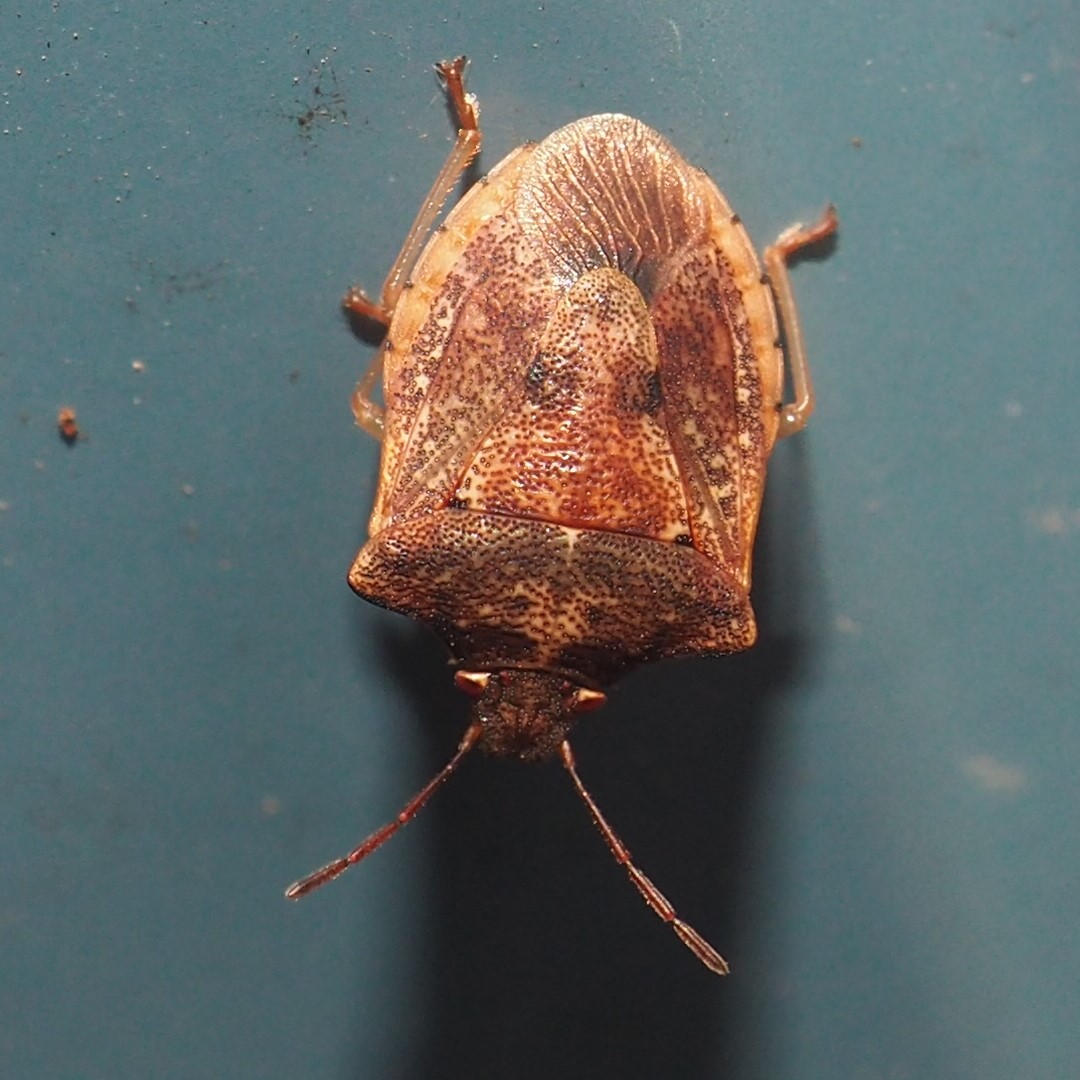
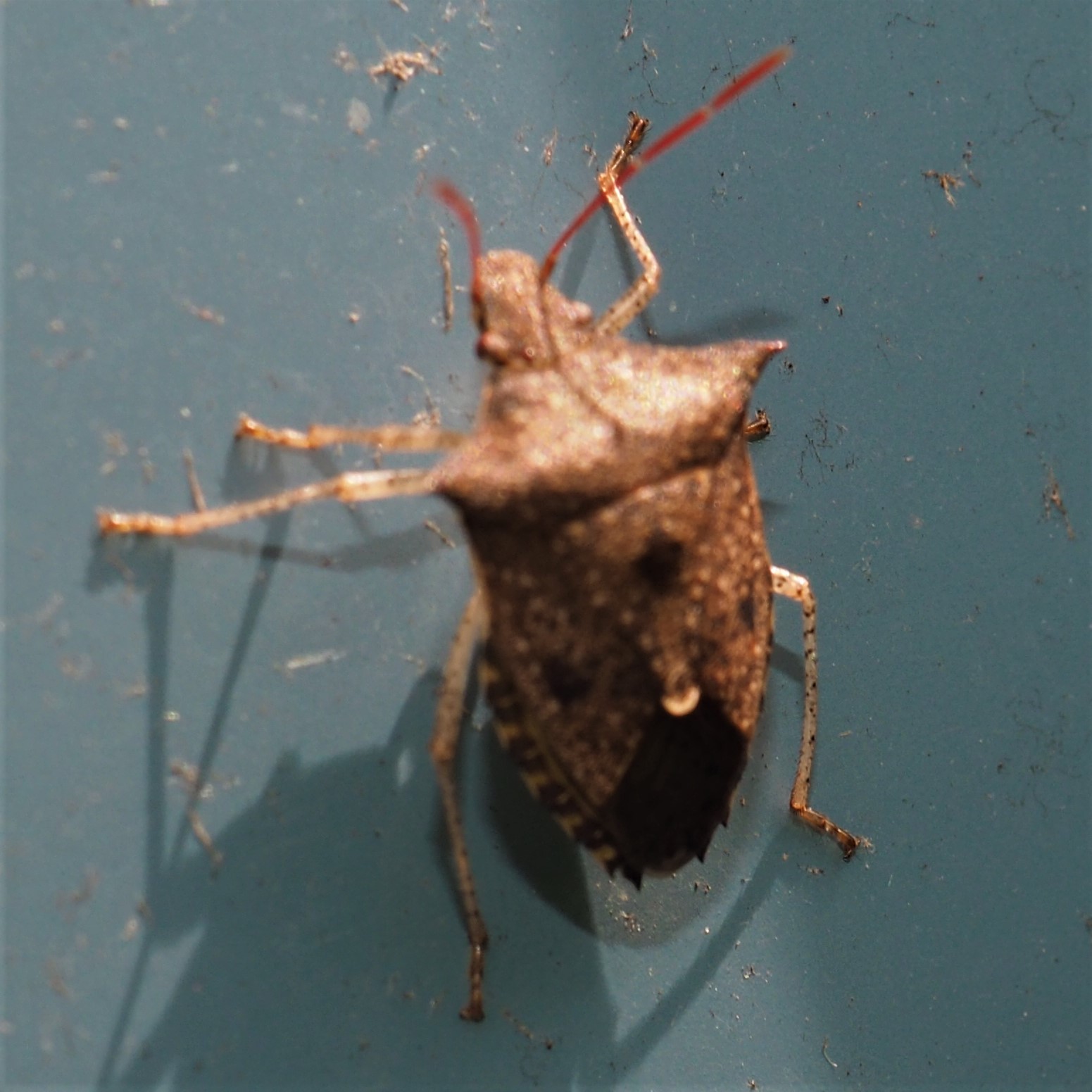
There's one good thing about having to refill the pond. That is, when the shallows begin to fill in, the fishes come runnning for a treat. Here are three of the babies that seem to have some colors. A solo portrait. And last, a family sitting.
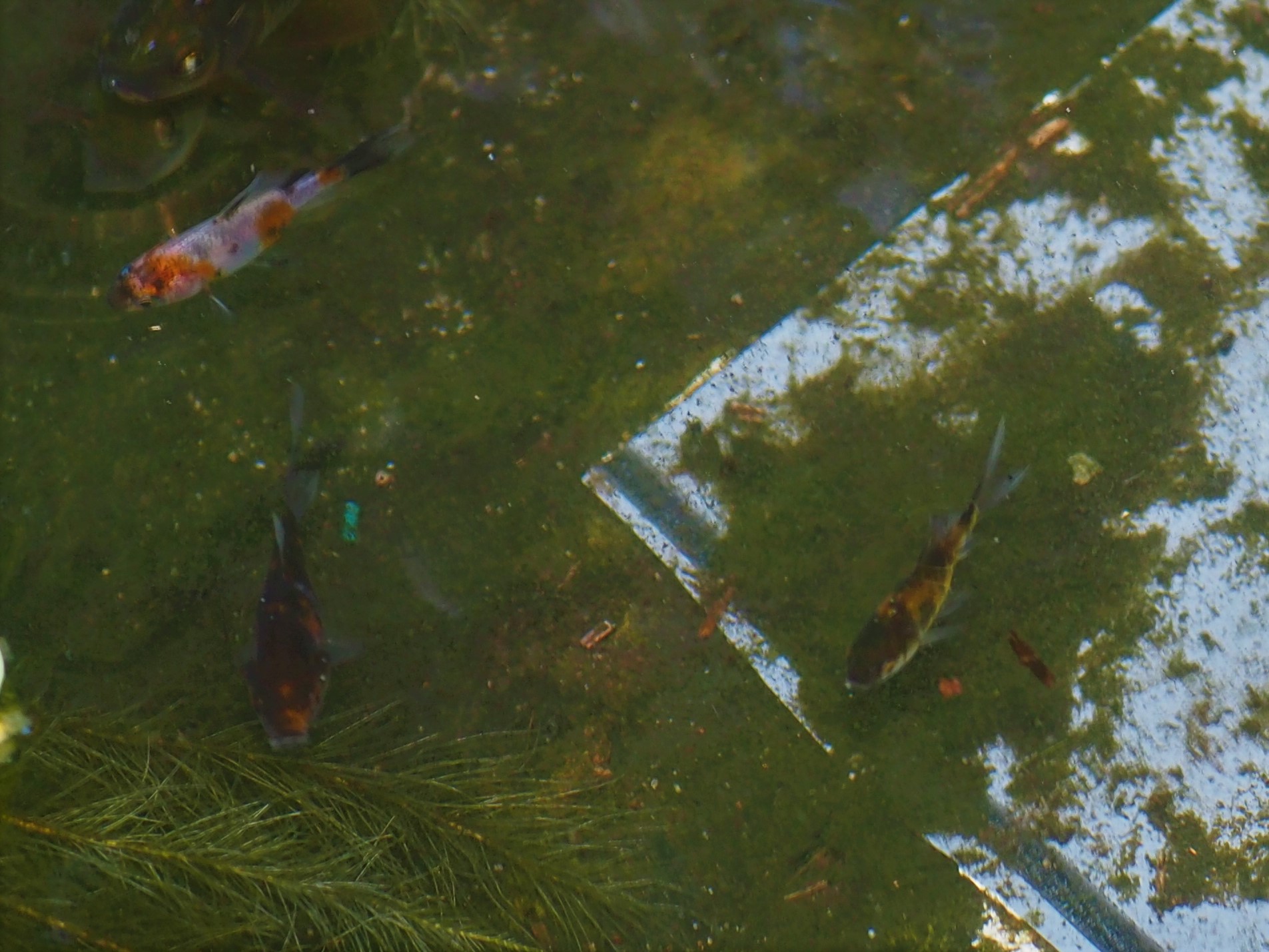
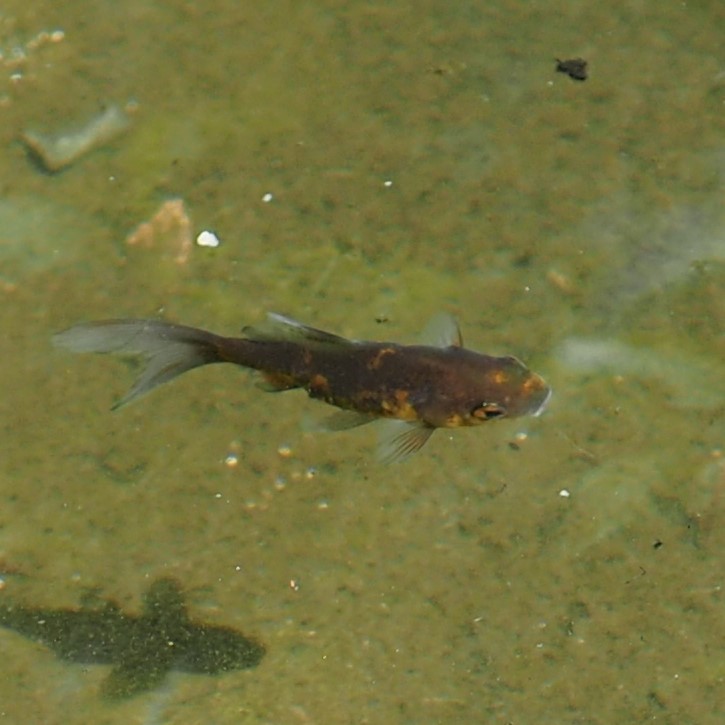
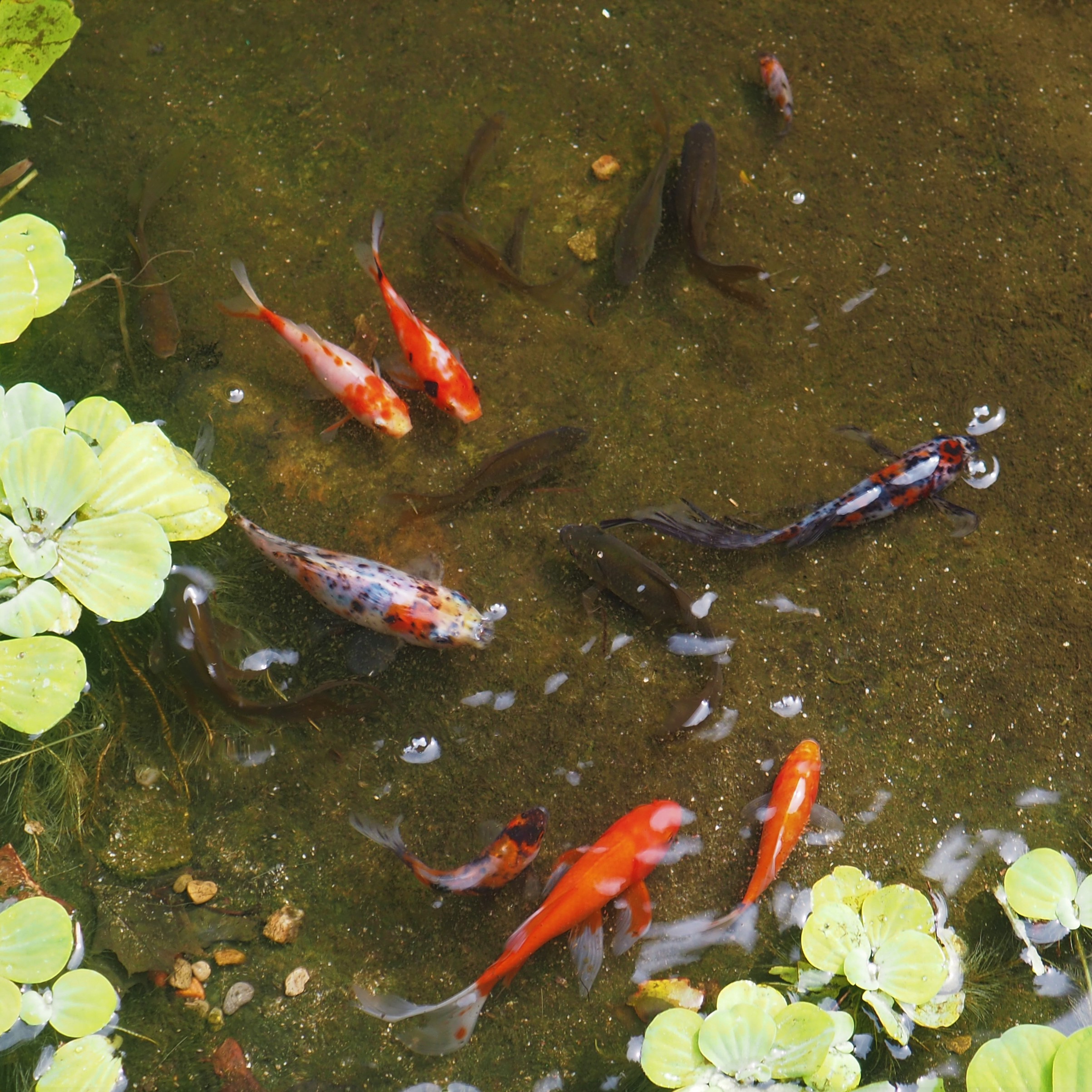
So here we are at the Flies. Here is a Fly, Sparnopolius confusus, mimicking a Bee. Second is a gorgeous little Fly. Third is a colorful little Long-legged Fly.
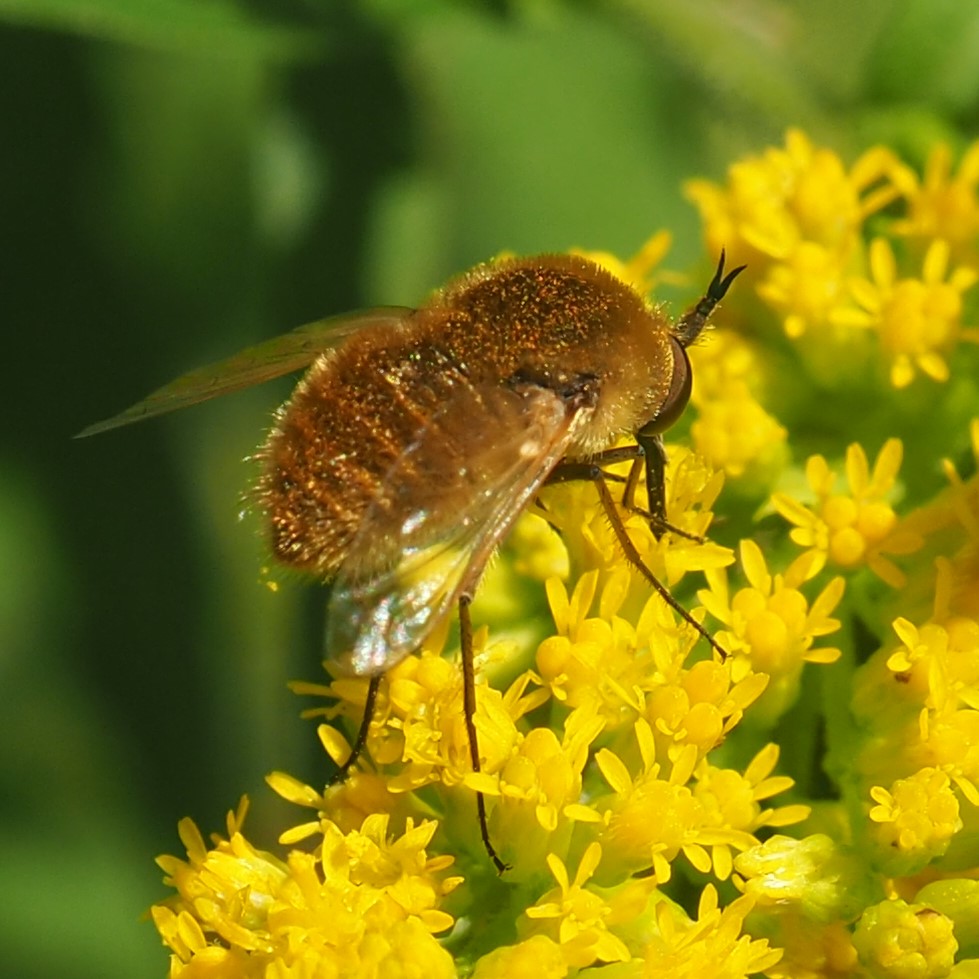
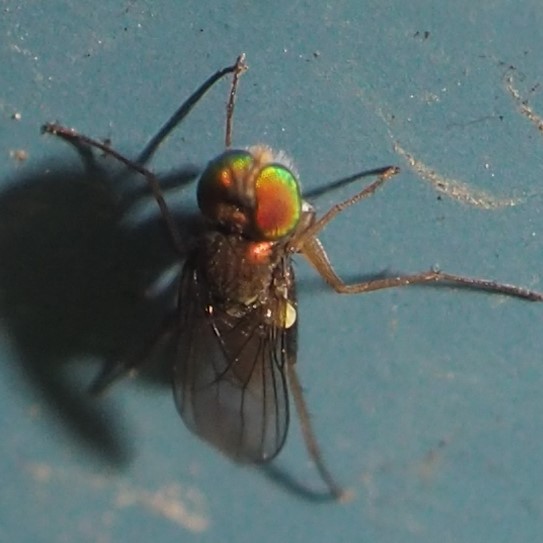
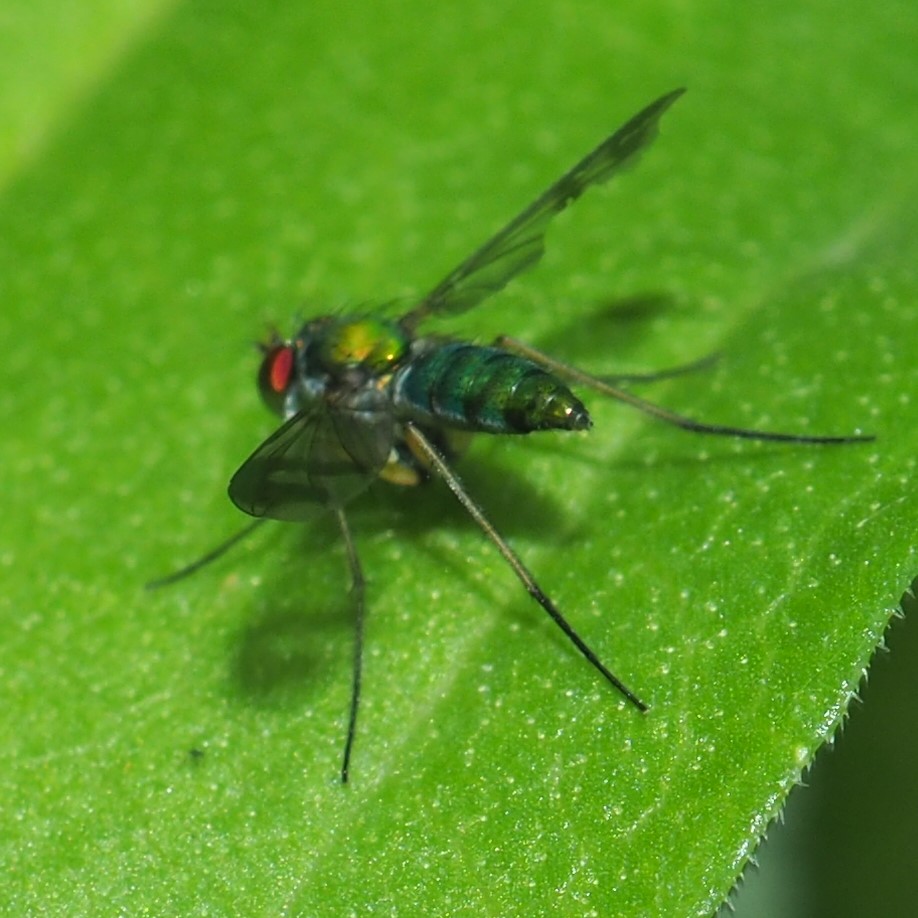
Something must be in the water these days. Here are three that are definitely fatter than usual.
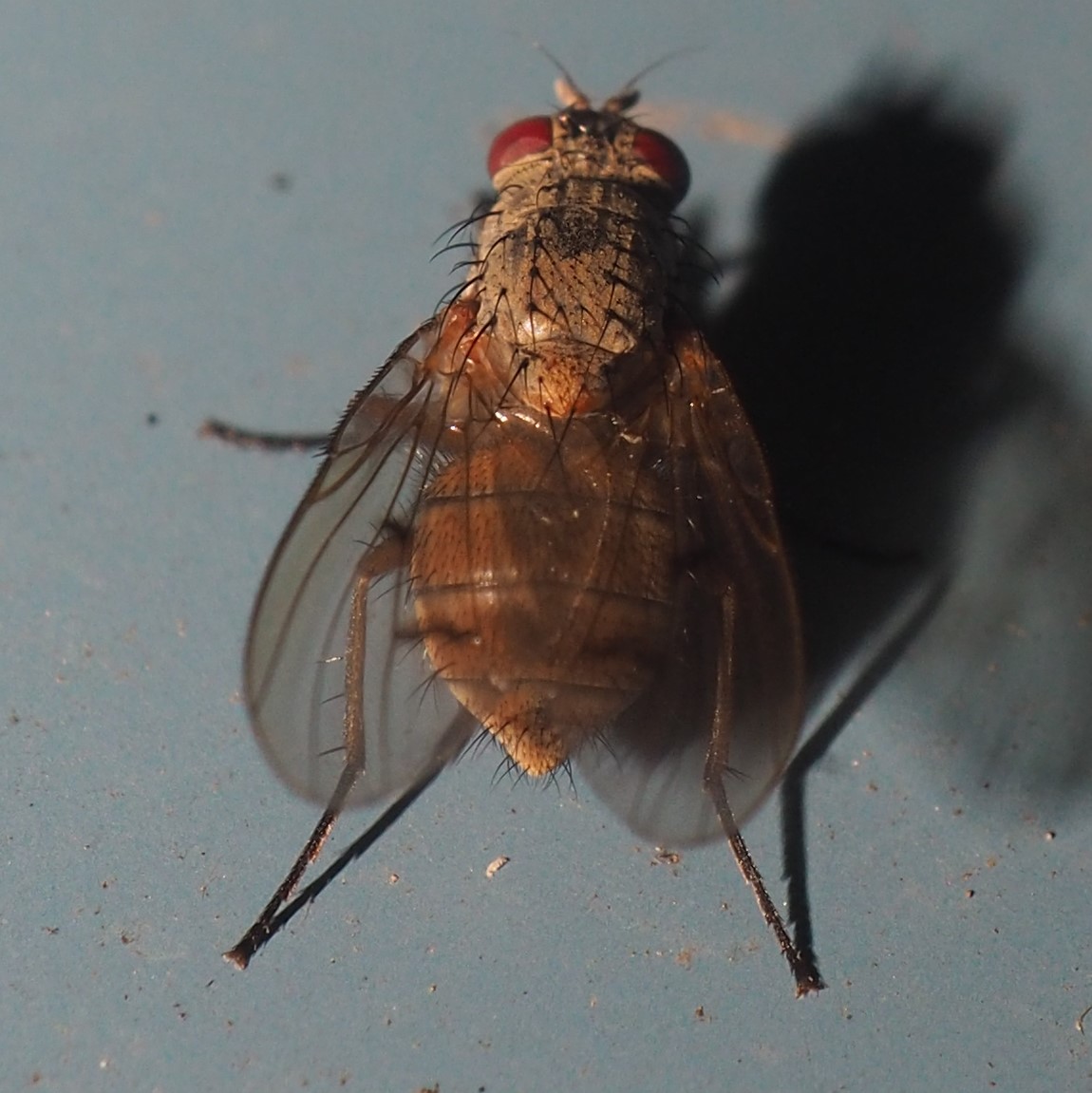
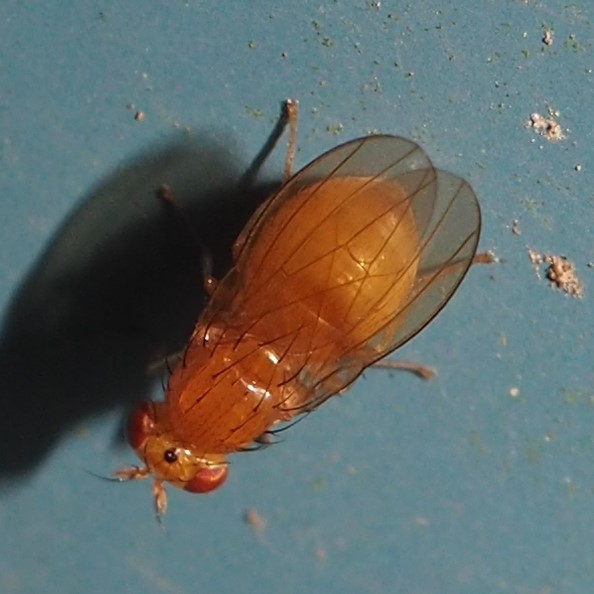
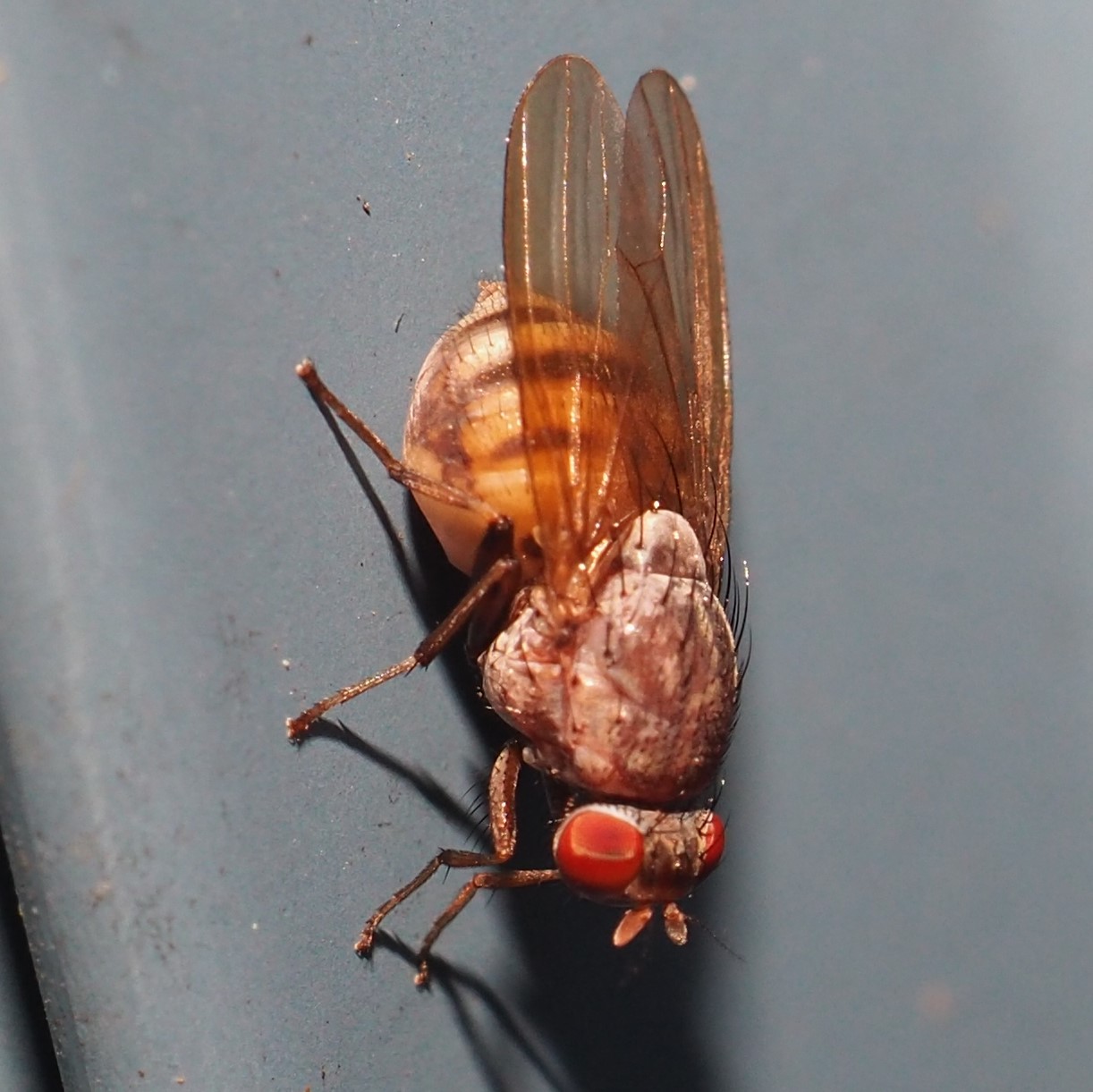
Here are a couple of Midges. The first one is a lovely white but poor thing has a parasitic mite on its shoulder. Next is a new one on me. Then we have a couple of Mosquitoes. The Male has the fluffy antennae.
The Female is gorged with the blood of someone stupid enough to sit out here and take pictures. I don't know the species of the first one, but it is in genus Culex. The last one is an Eastern Treehole Mosquito. You can tell by the dark triangular bit in its upper back.
.jpg)

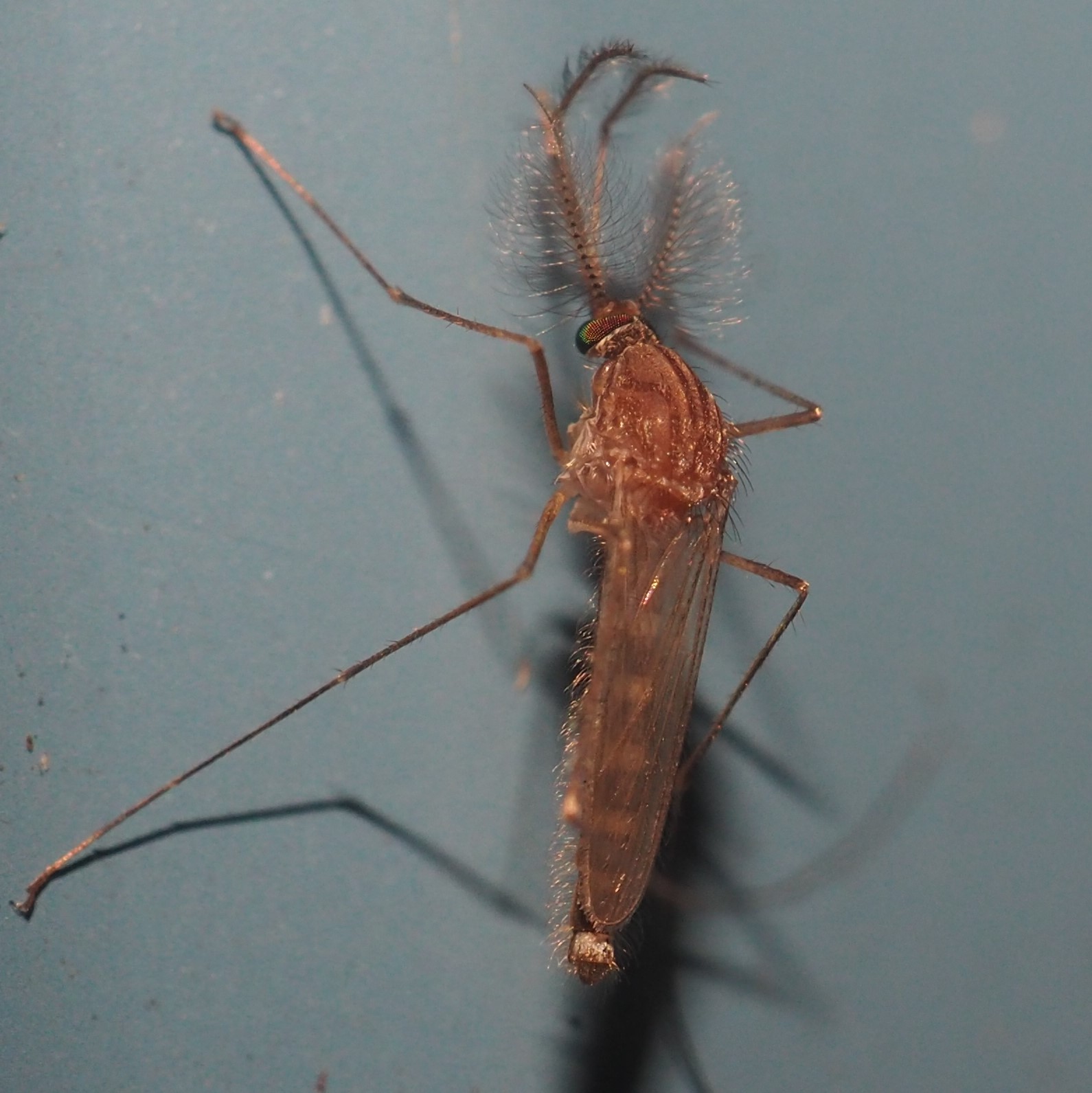
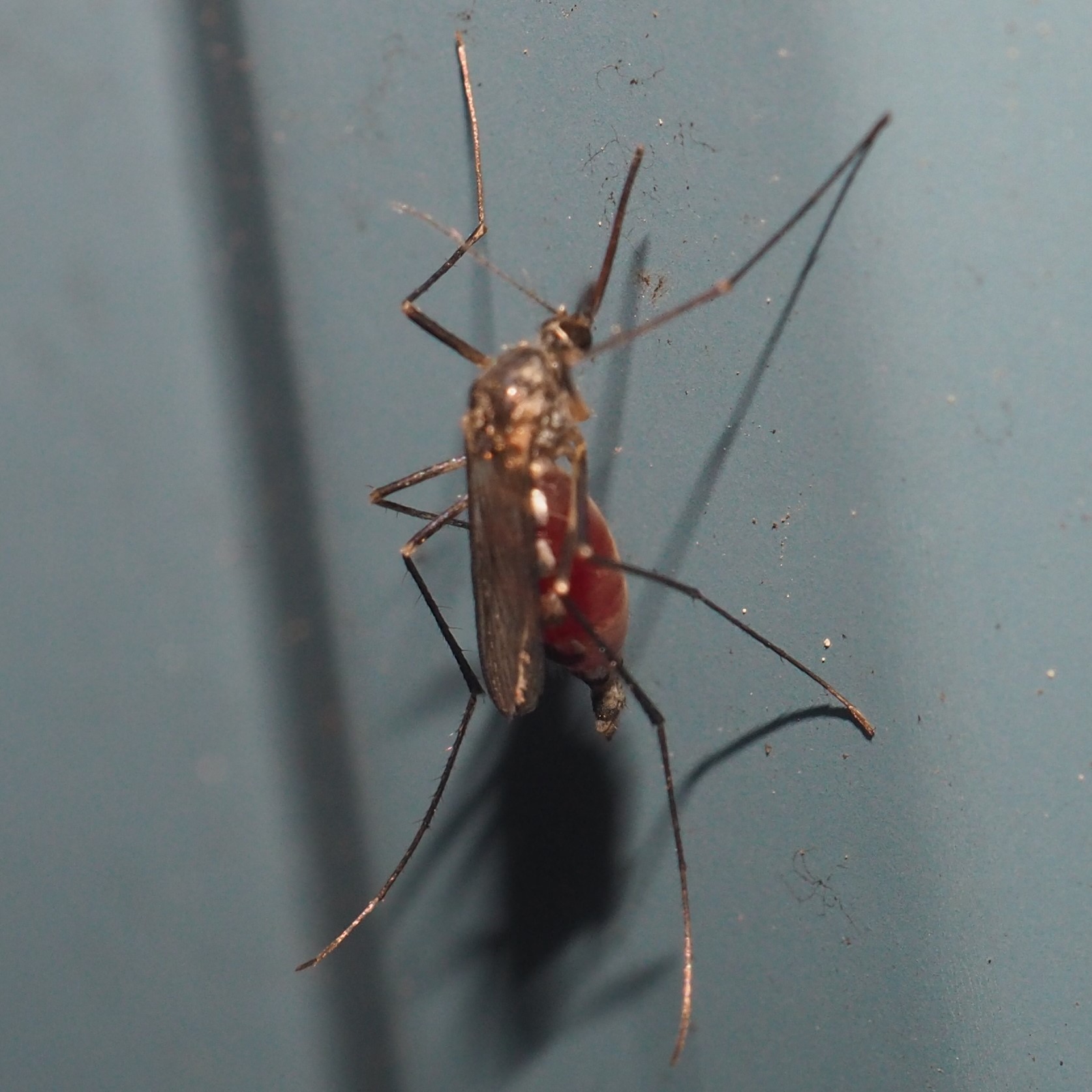
Here are some Hover Flies. It's so much fun to watch them just stand there in the air. The first one is one of the most common around here, Toxomerus geminatus. Pictures 2 and 3 are of the same Fly.
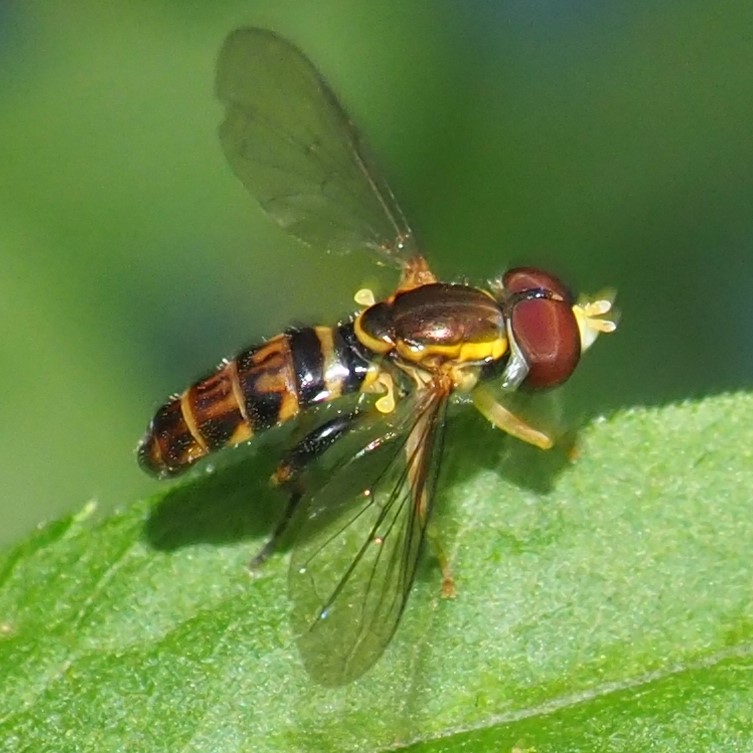
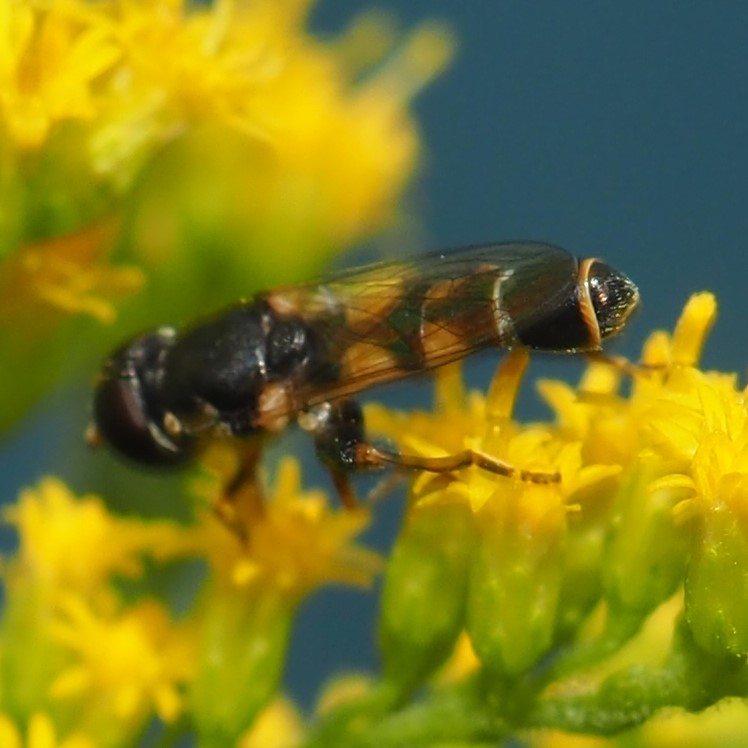
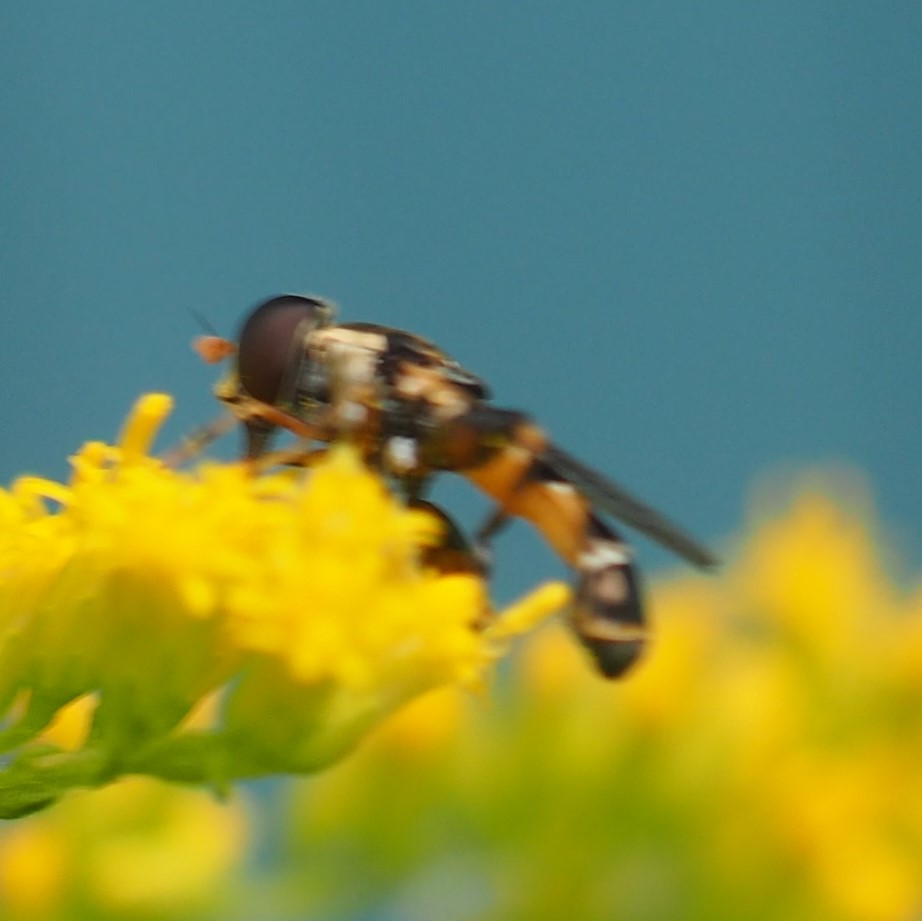
Here are some more Hoverers. I still think the third is a Hover Fly Pupa. I can't wait to see what comes out, if everything is still all right in there. Oops. Suddenly the "pupa" is missing. Maybe it hatched and fell off the Wall. Maybe it dried up and fell off the Wall.
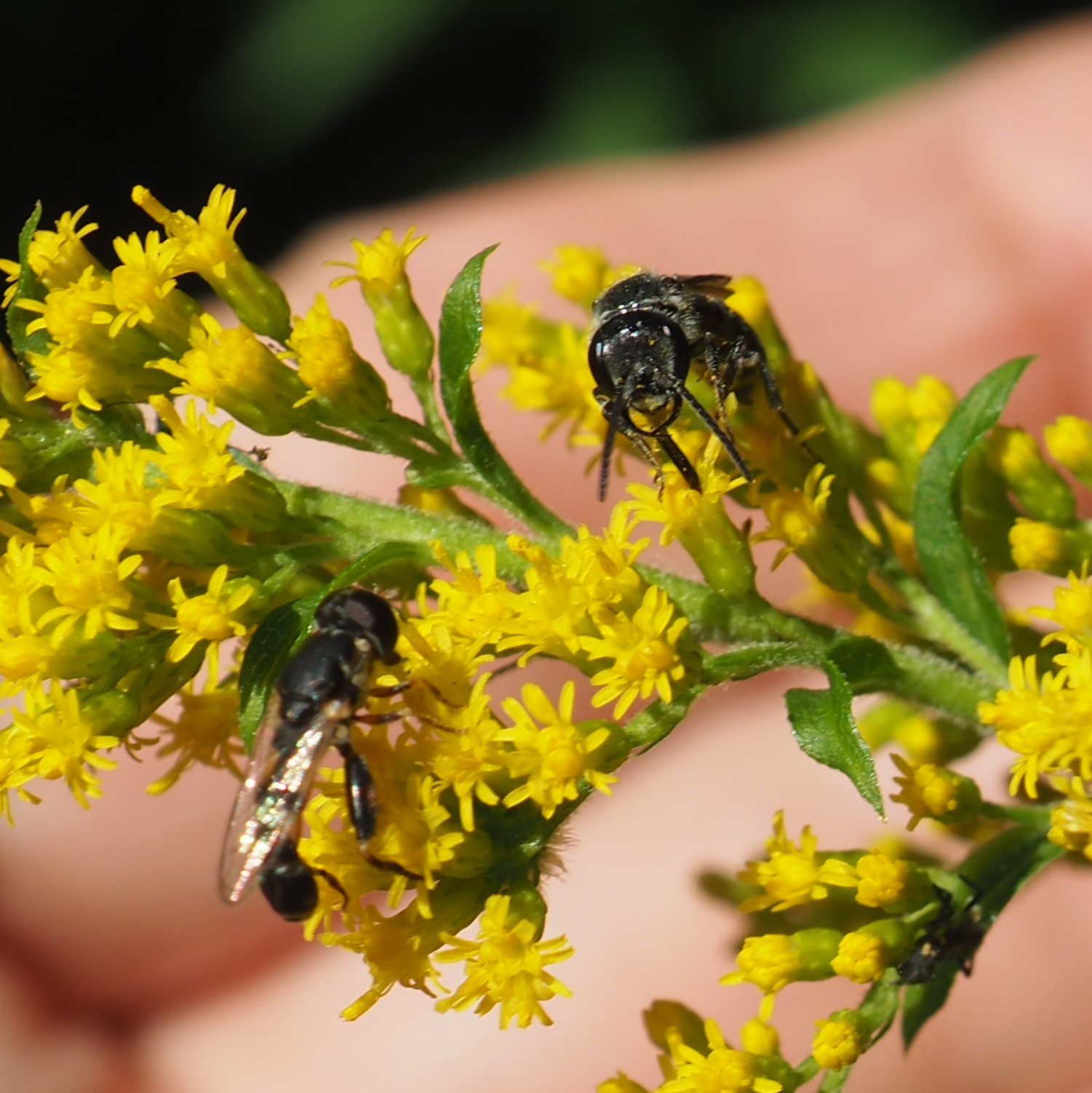
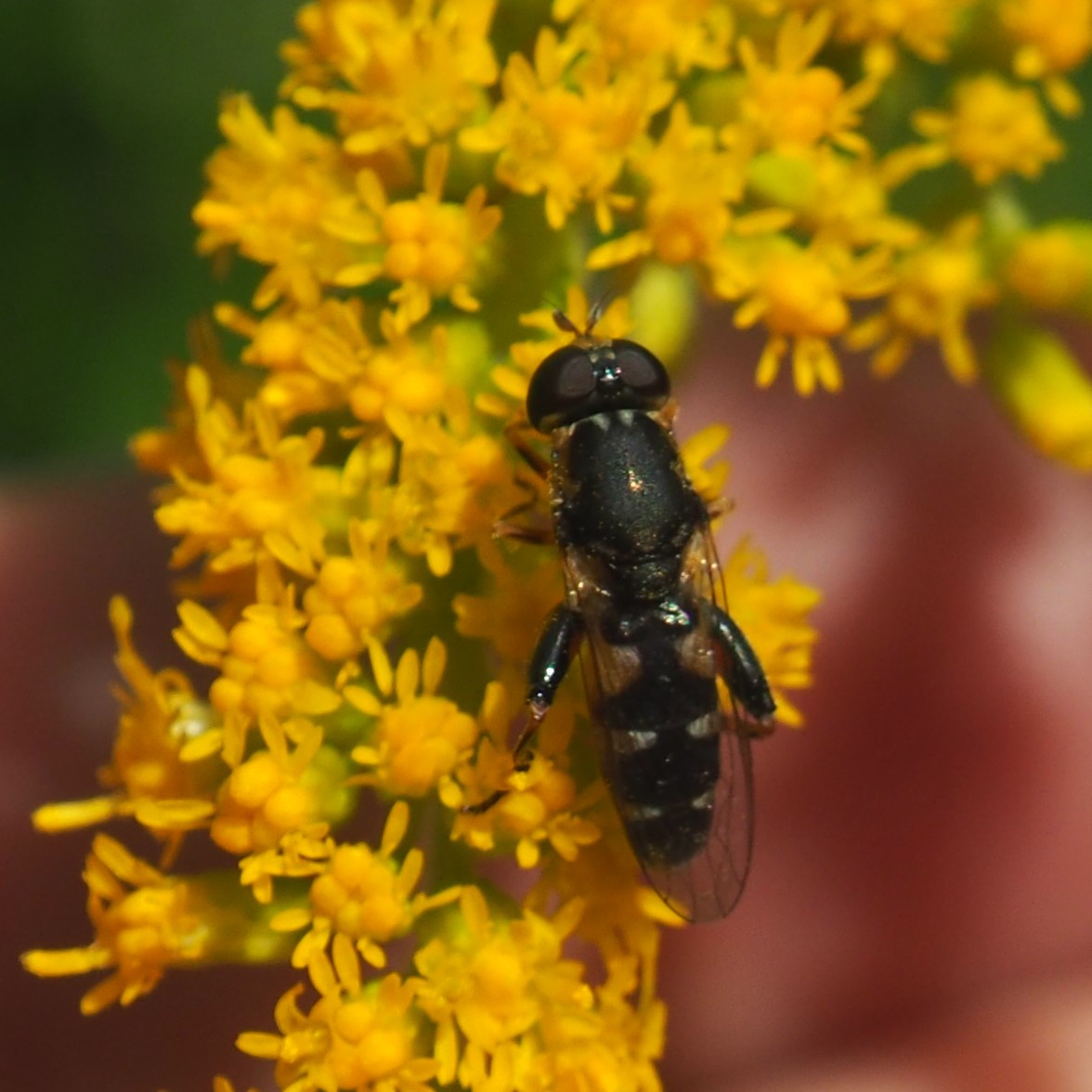
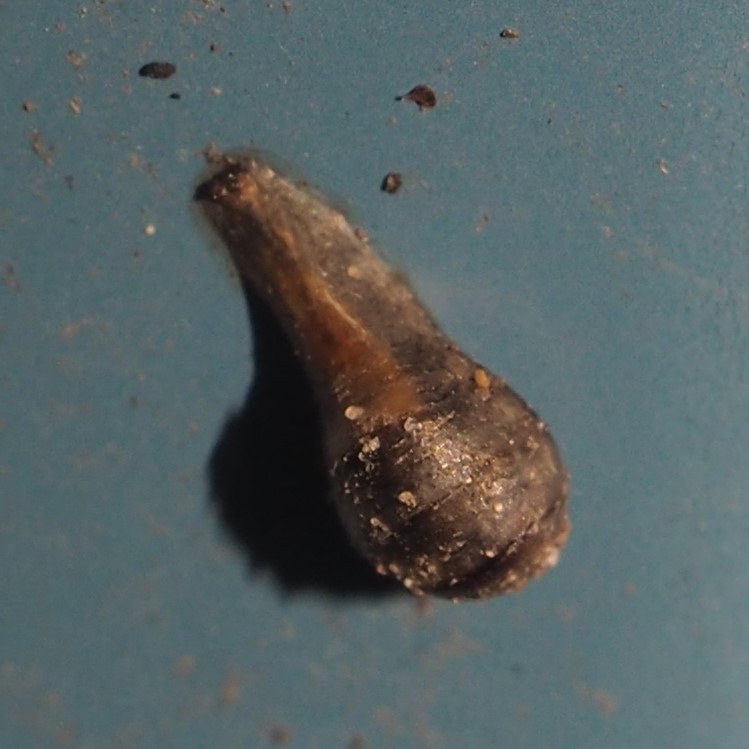
I saw this one many times, always on the North Wall. Both of these are mystery Flies. Number 2 looks a lot like the tiny version in picture 3.
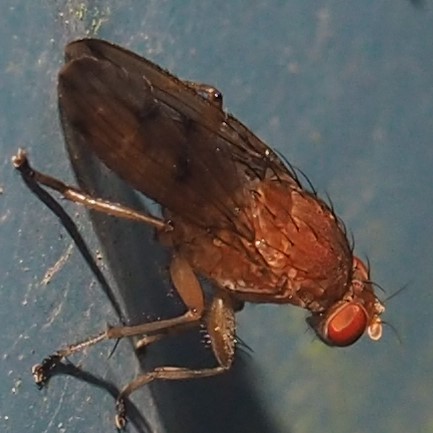
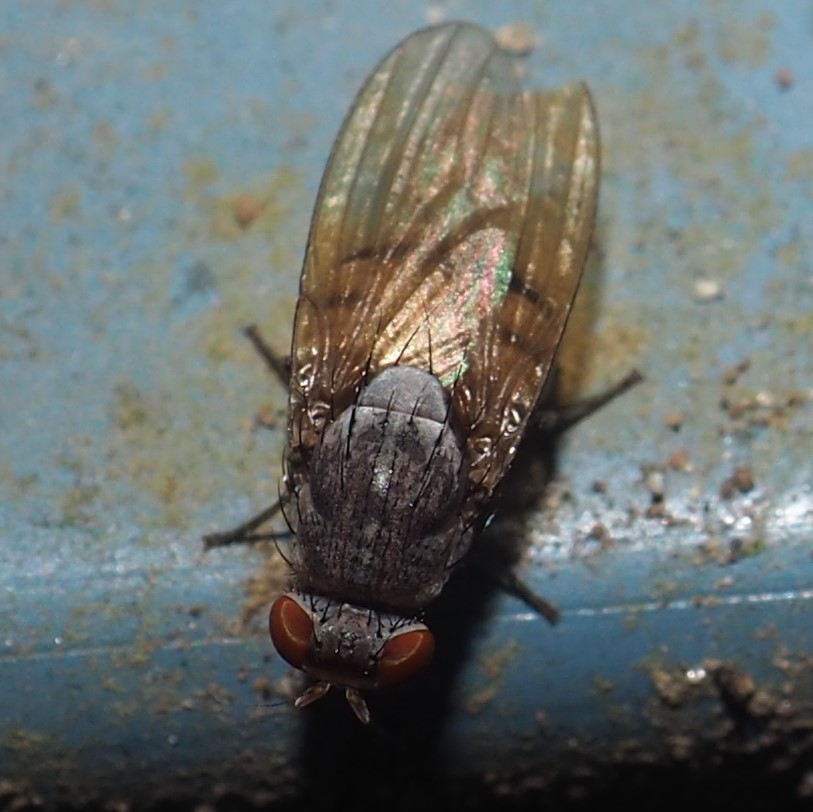
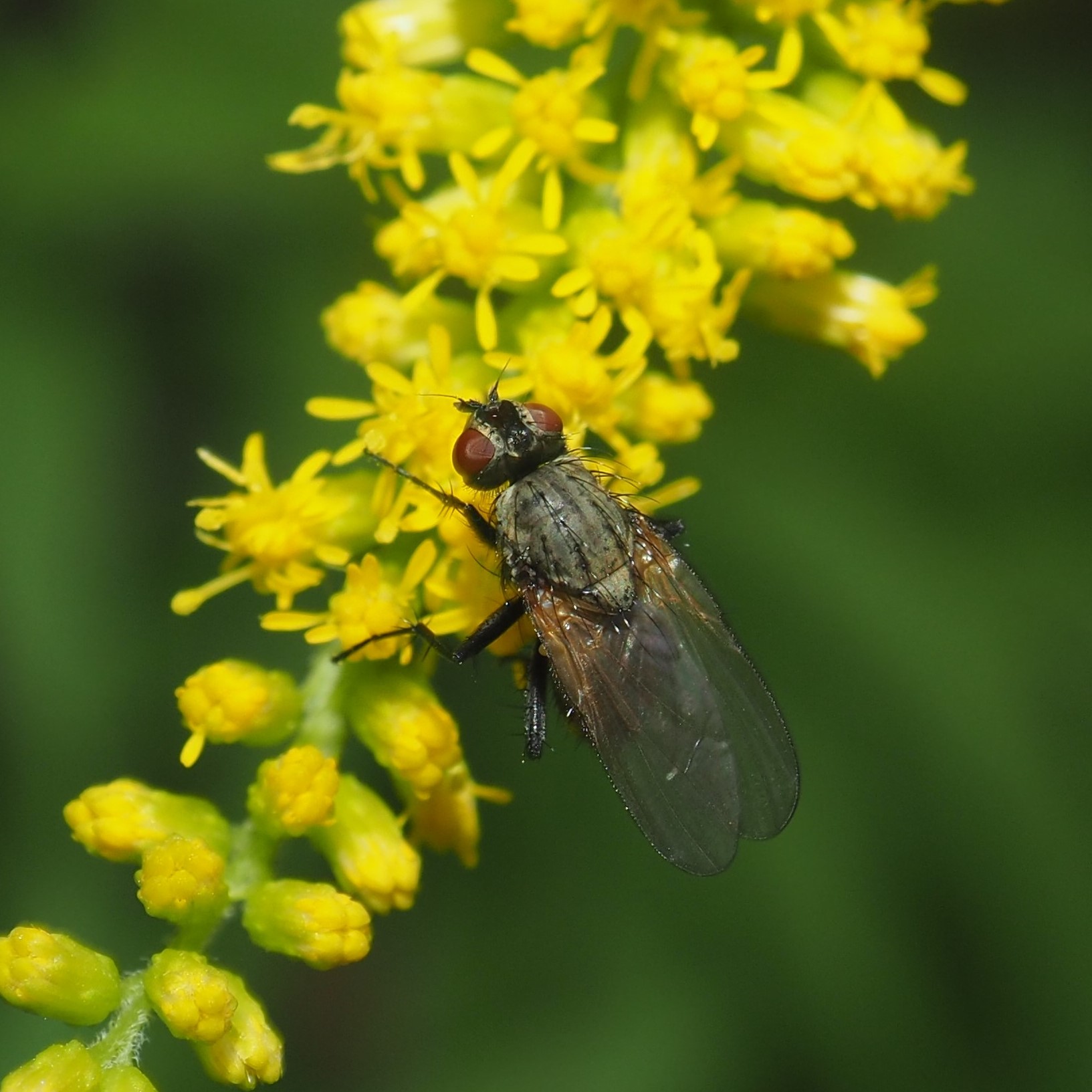
Last night when I went out to start up the hose to fill the pond to the top for a while, right on the wall above the place where you turn on the water was this Katydid. It's a female - look at that scimitar-shaped ovipositor. Just a few minutes later, plunging through the Goldenrod, I spotted this Tree Cricket. Guess what - it's a female too - look at that straight spear of an ovipositor. The Grasshopper doesn't seem to have any ovipositor, so guess what. It is of genus Melanoplus.
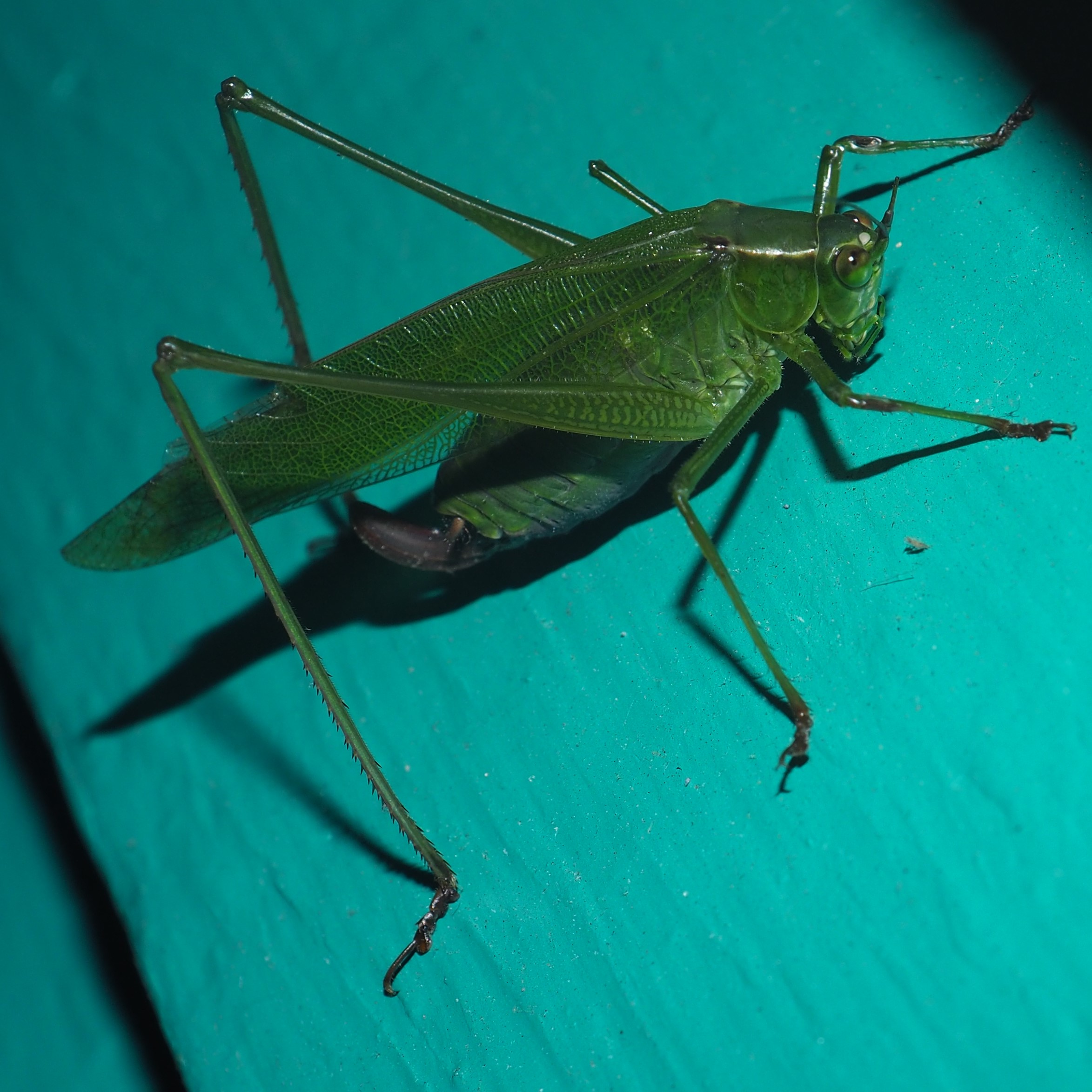
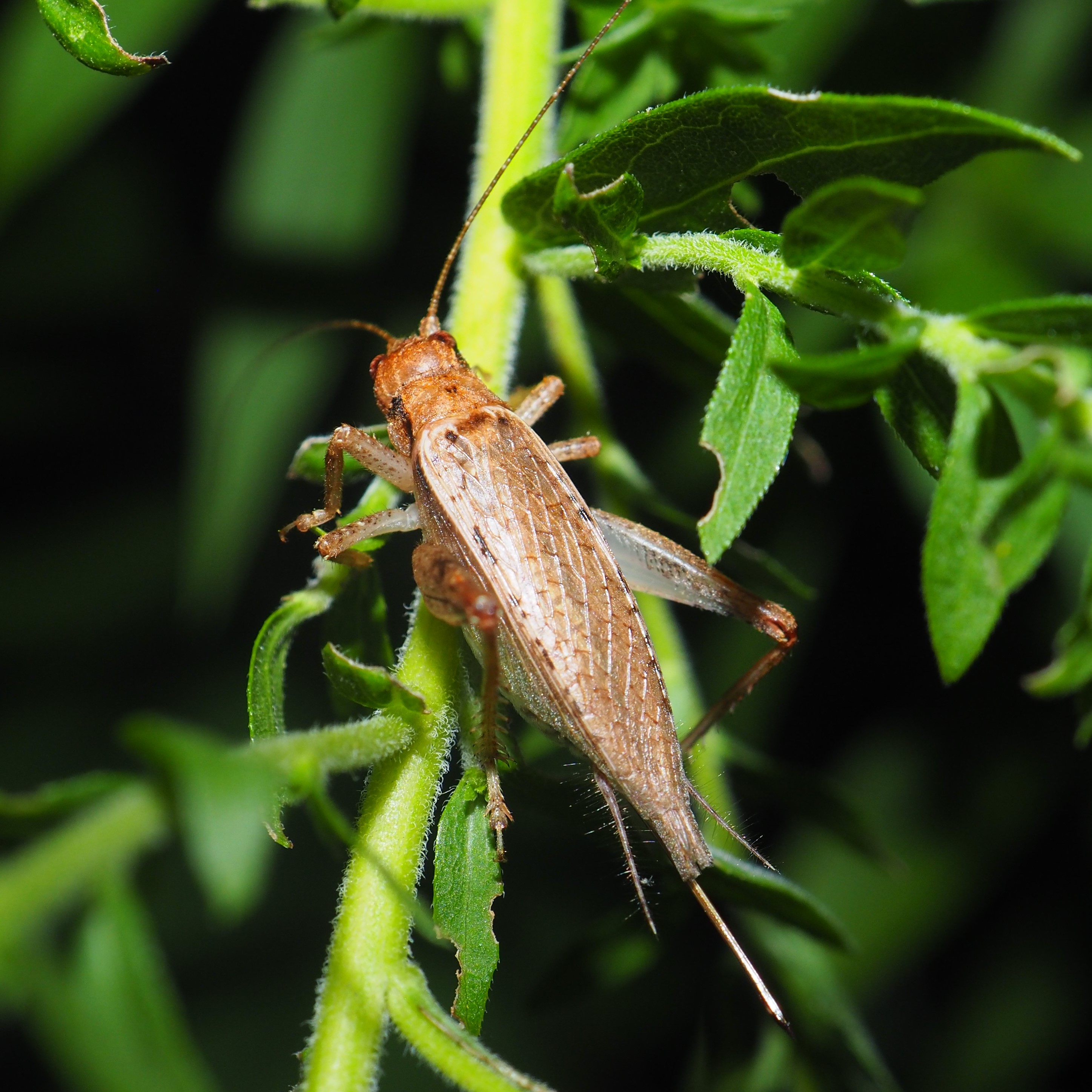
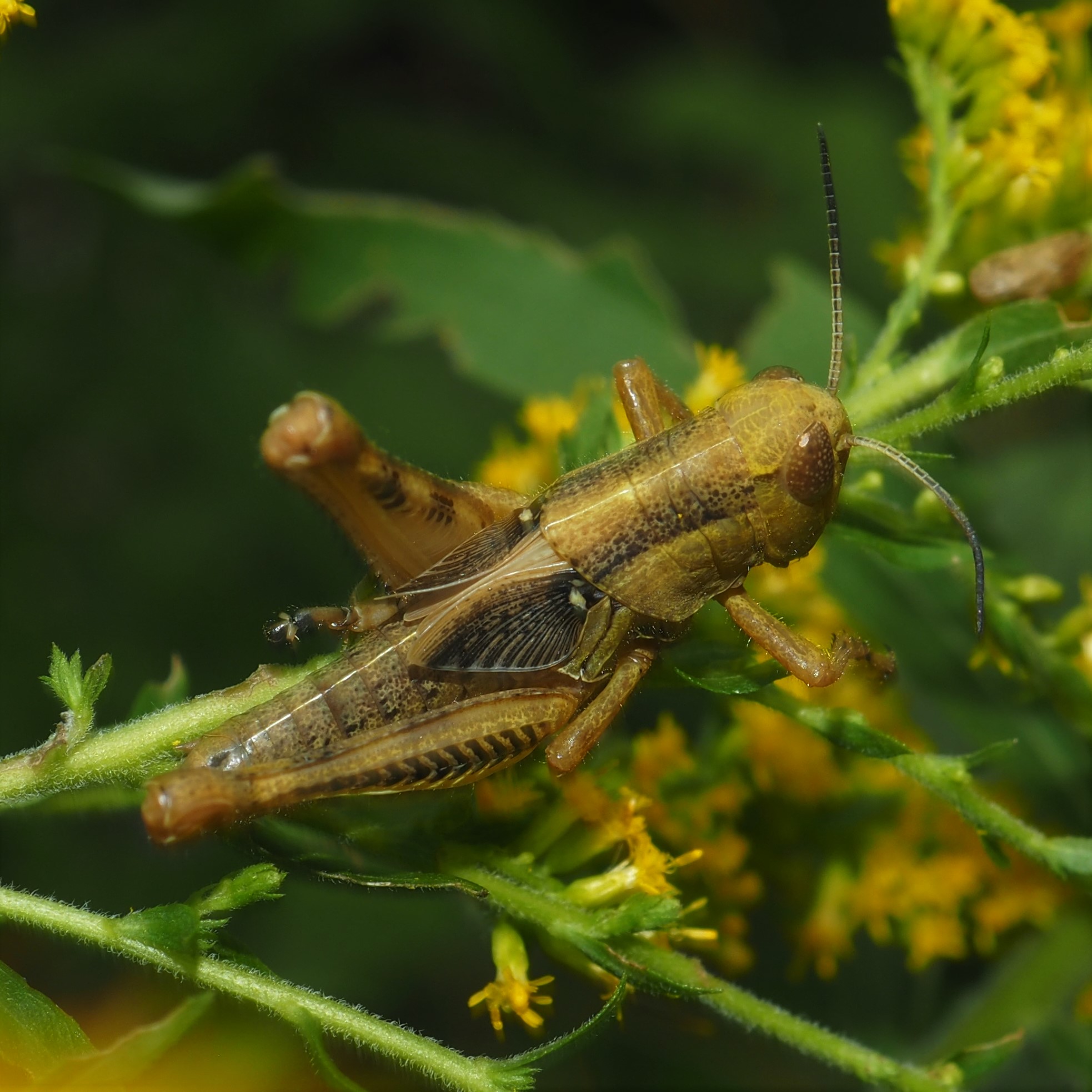
I only shot one Harvestman this week, and this is it. It's an Eastern Harvestman. The next two are the only "traditional-shaped" Moths I saw. The tiny little one was on the back door the other day. The last one was on the Southern Wall.
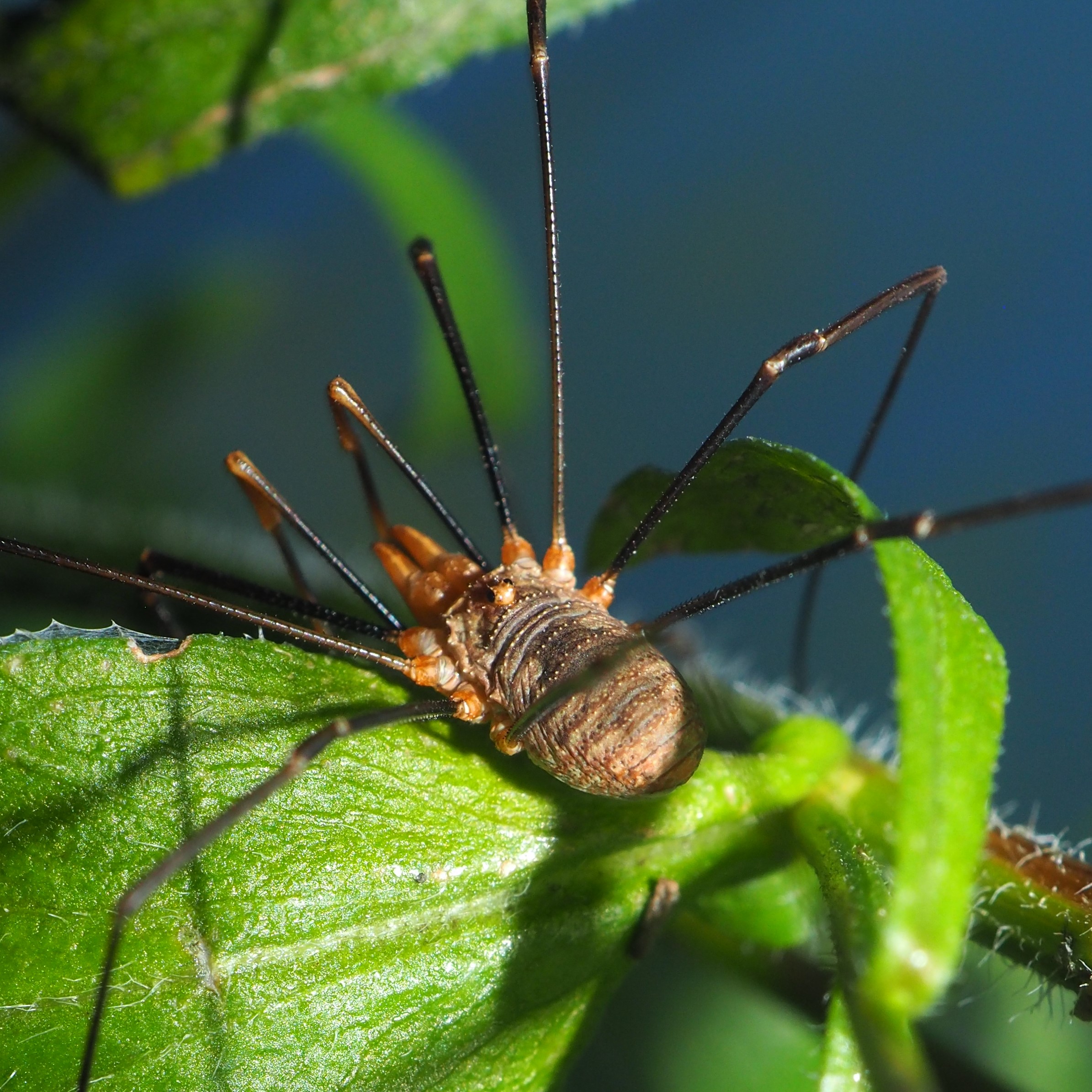
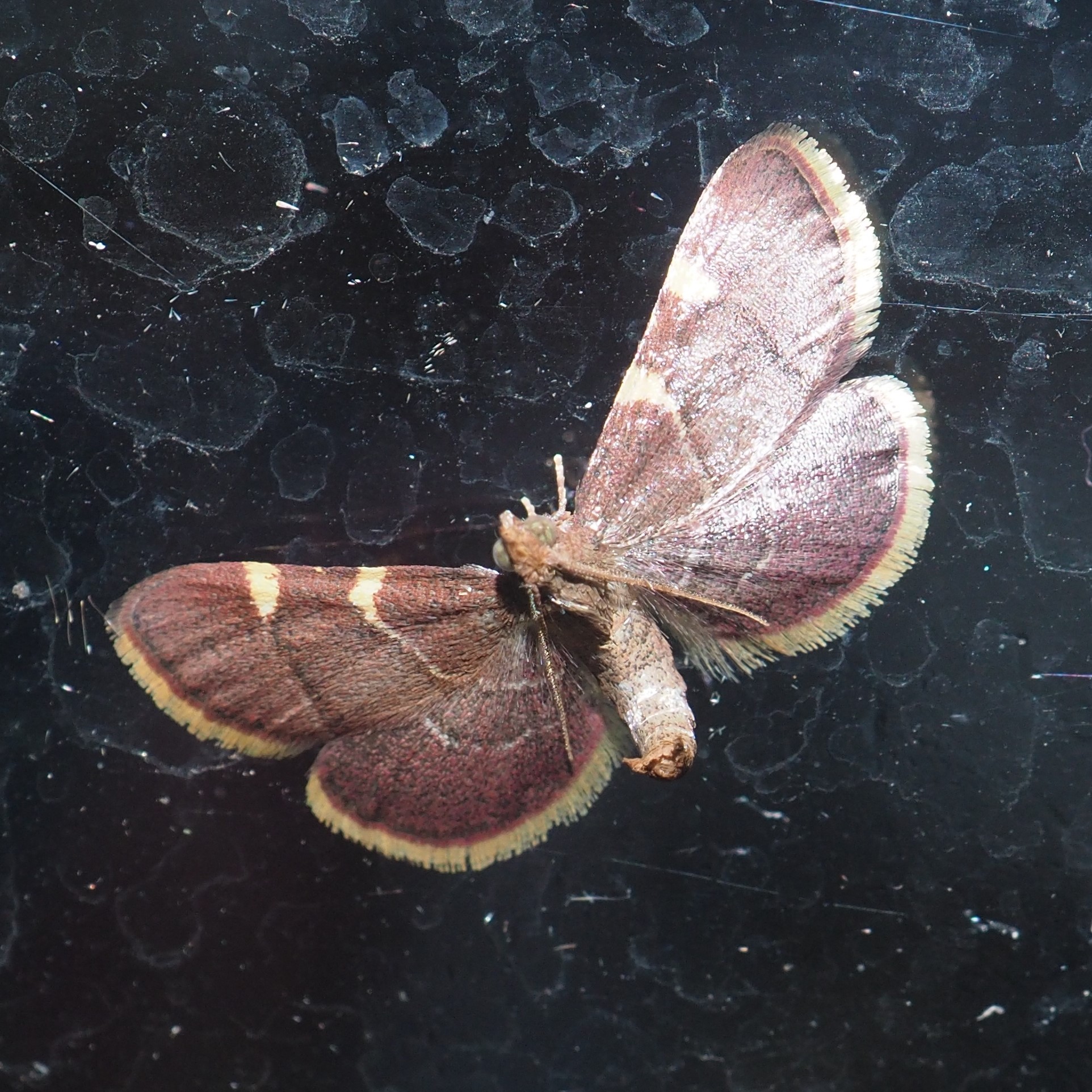
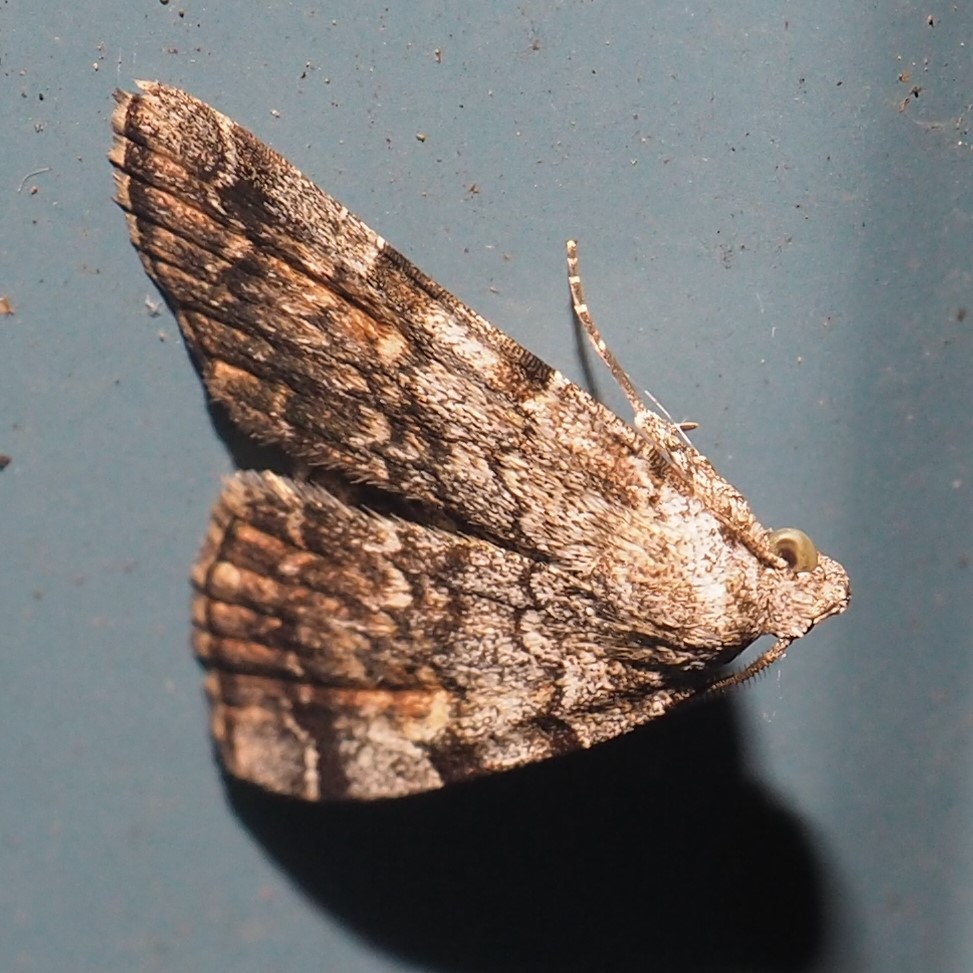
We also saw quite a few little moths on the Wall. The first little one I thought at first was a Leafhopper. The second is shaped and standing like some of the leaf miners. The third one was quite long (about two inches long) and hanging fromt the North Wall.
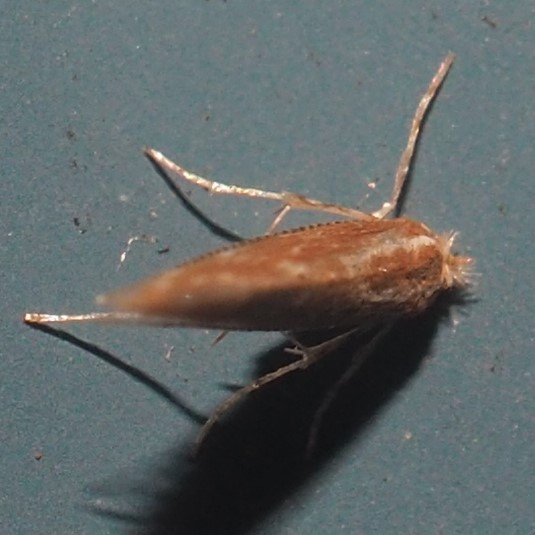
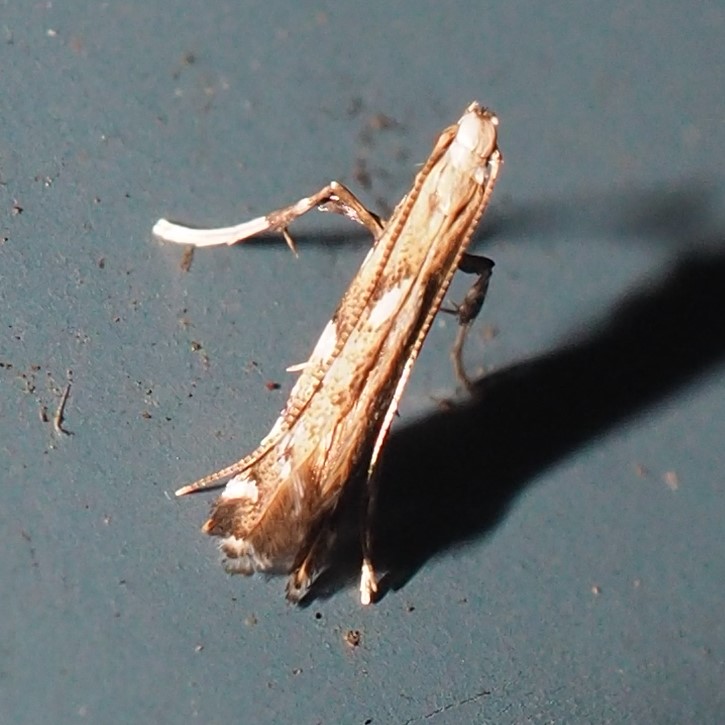
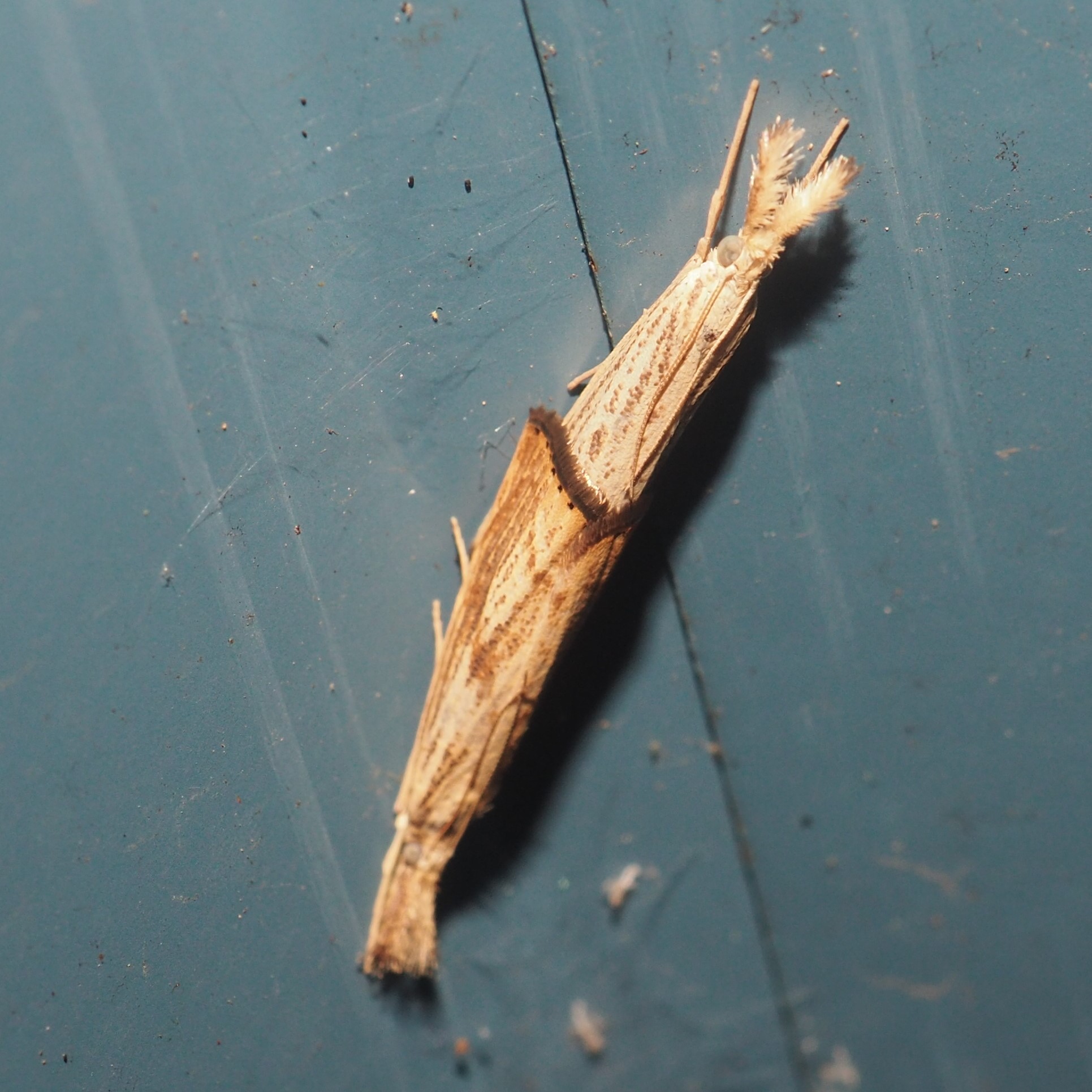
How about a Flower-hunting expedition? I put it that way because, frankly, the brightest color in this little yard these days is the Goldenrod. I could not find a single picture of it without some little visitor. Here a very little Fly or Wasp (I vote for the Wasp) seems to have found a bit of Prey and to be savoring the moment. But there are still a few places to look for other flowers. The Trumpetvine has been having a minor rerun but I like the tiny scenes they make, either in flower or in bud.
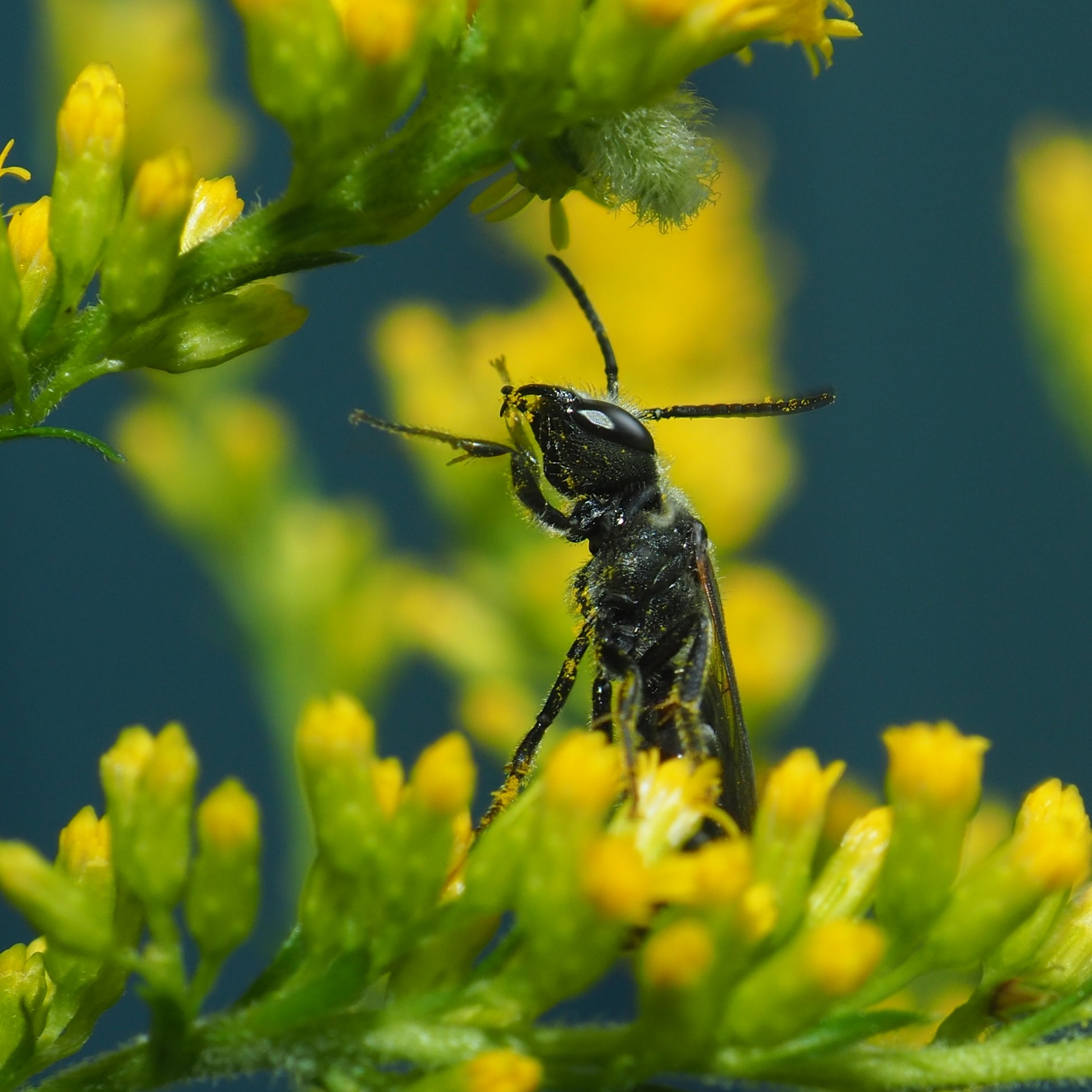
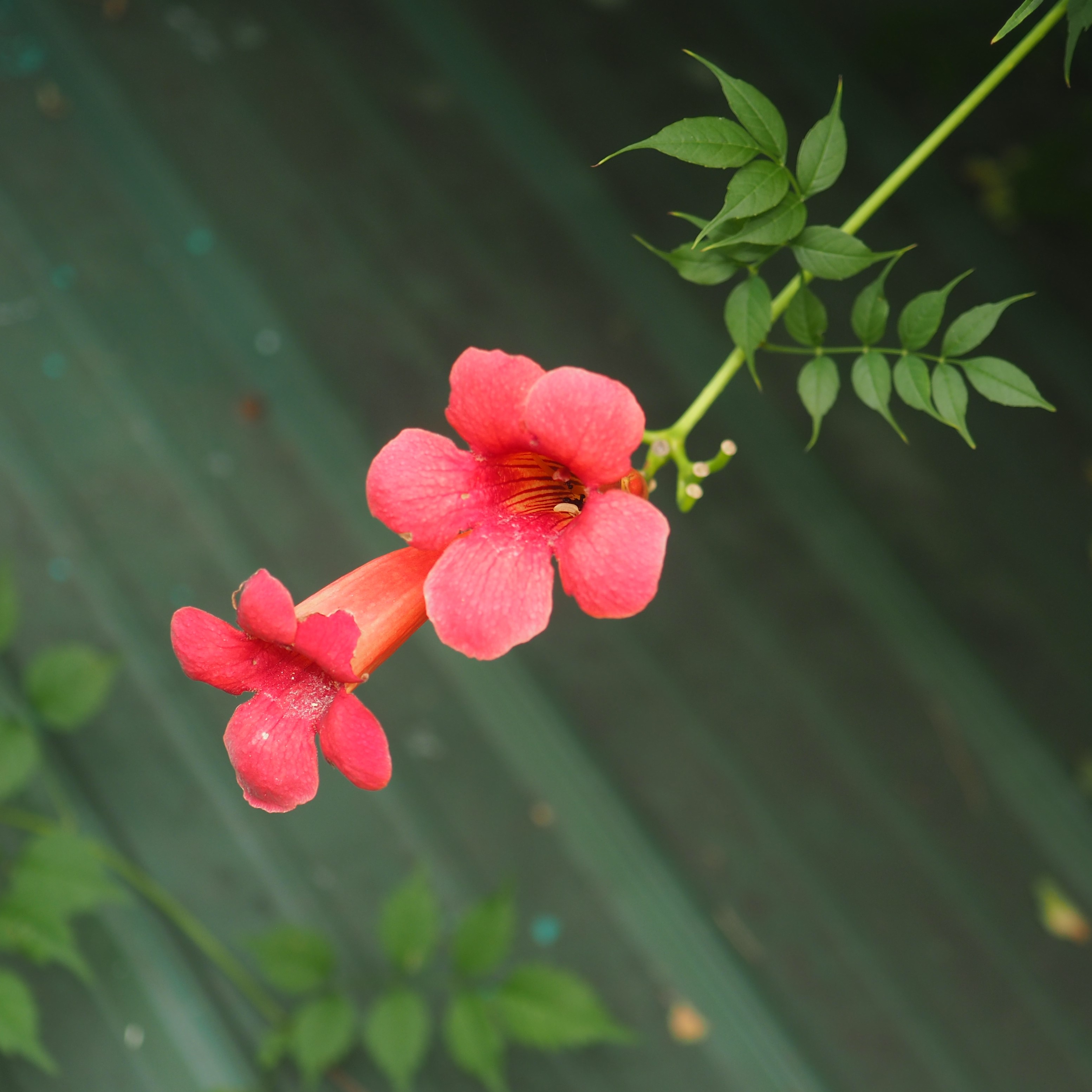
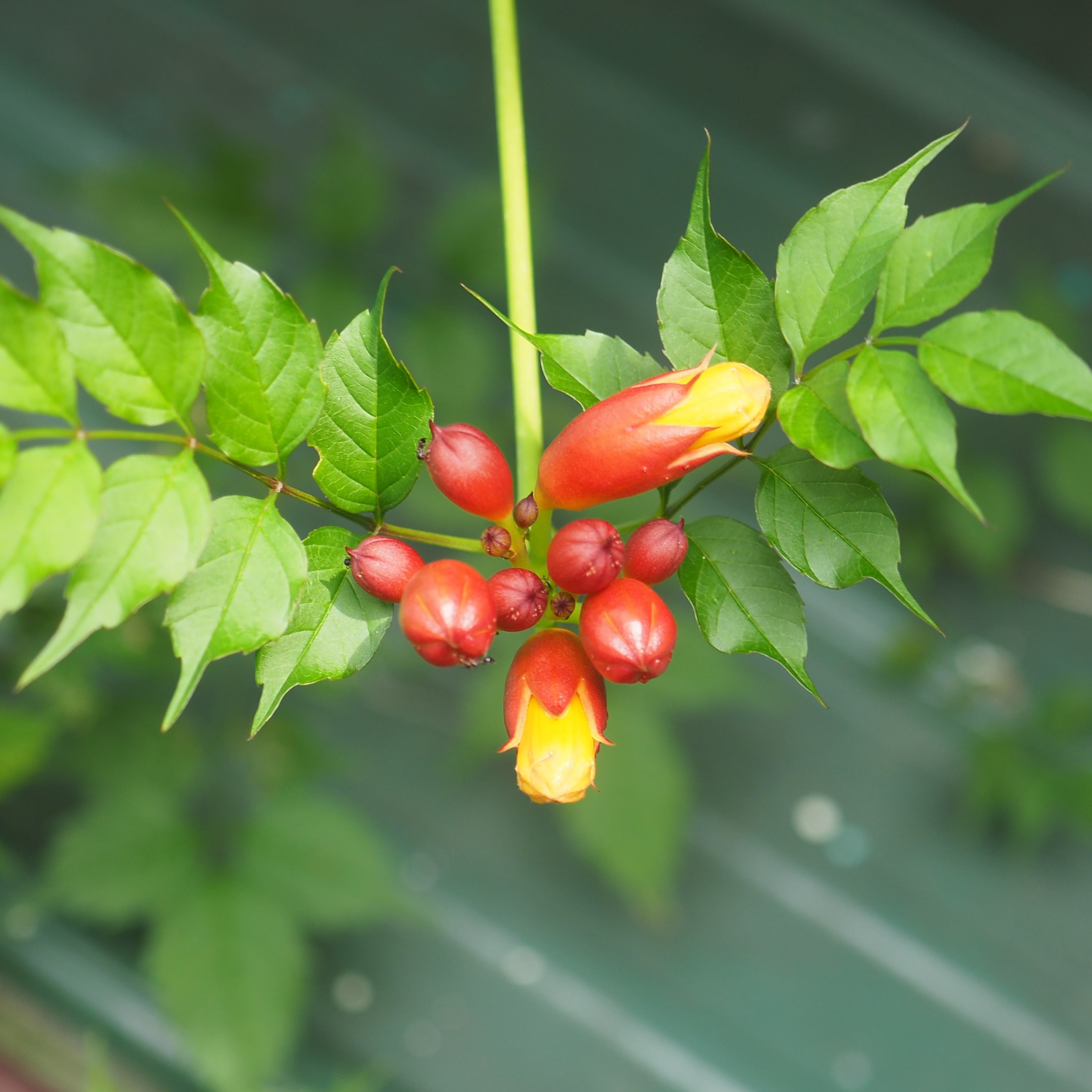
The Phlox is really on its last legs. But I wouldn't count the Deptford Pink out just yet. One flower at a time, one flower, one flower a week. The Common Evening Primrose just pushes up a new flower, higher and higher, on its single stem. The tallest one is several feet higher than I am tall. It should be good for a few weeks, I hope.
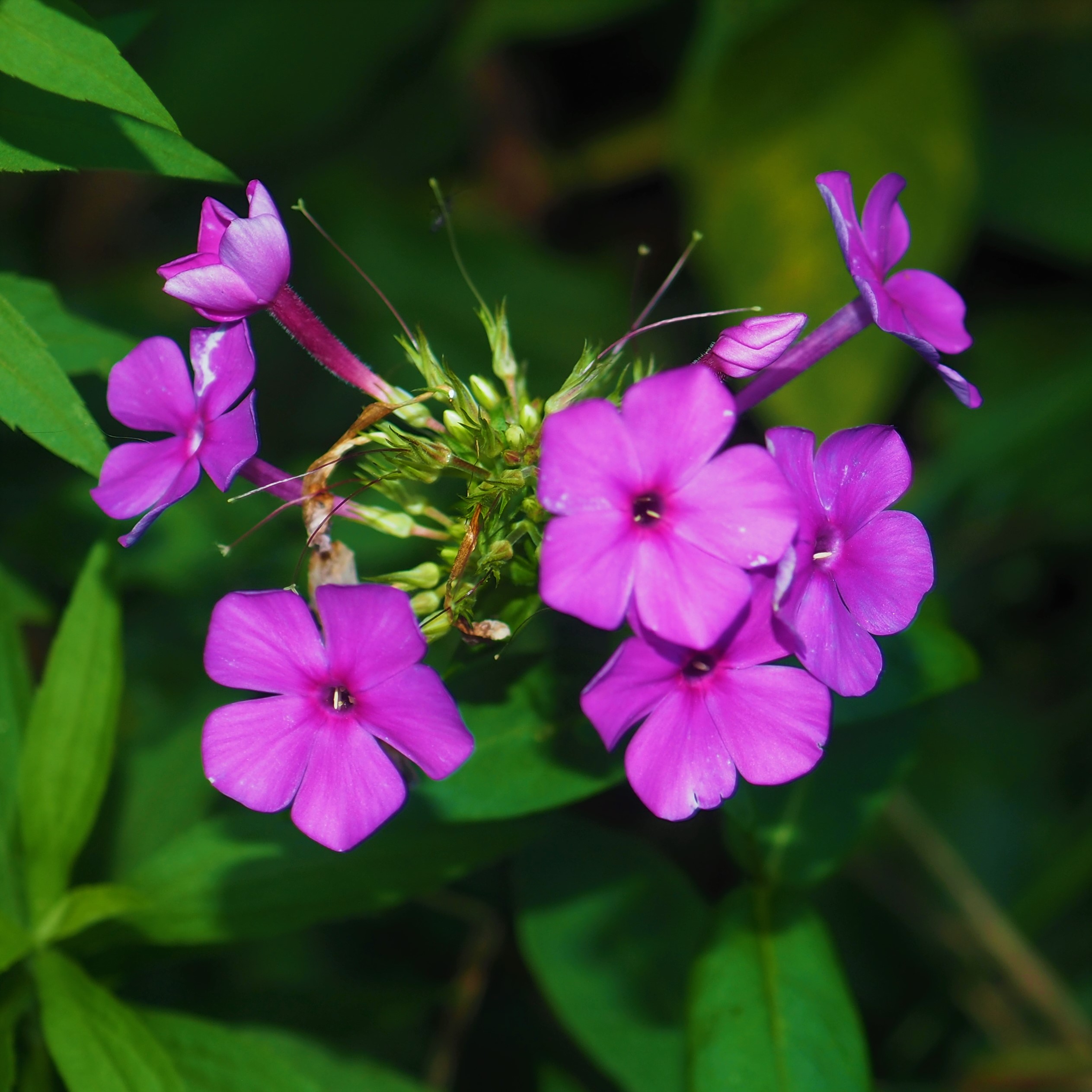
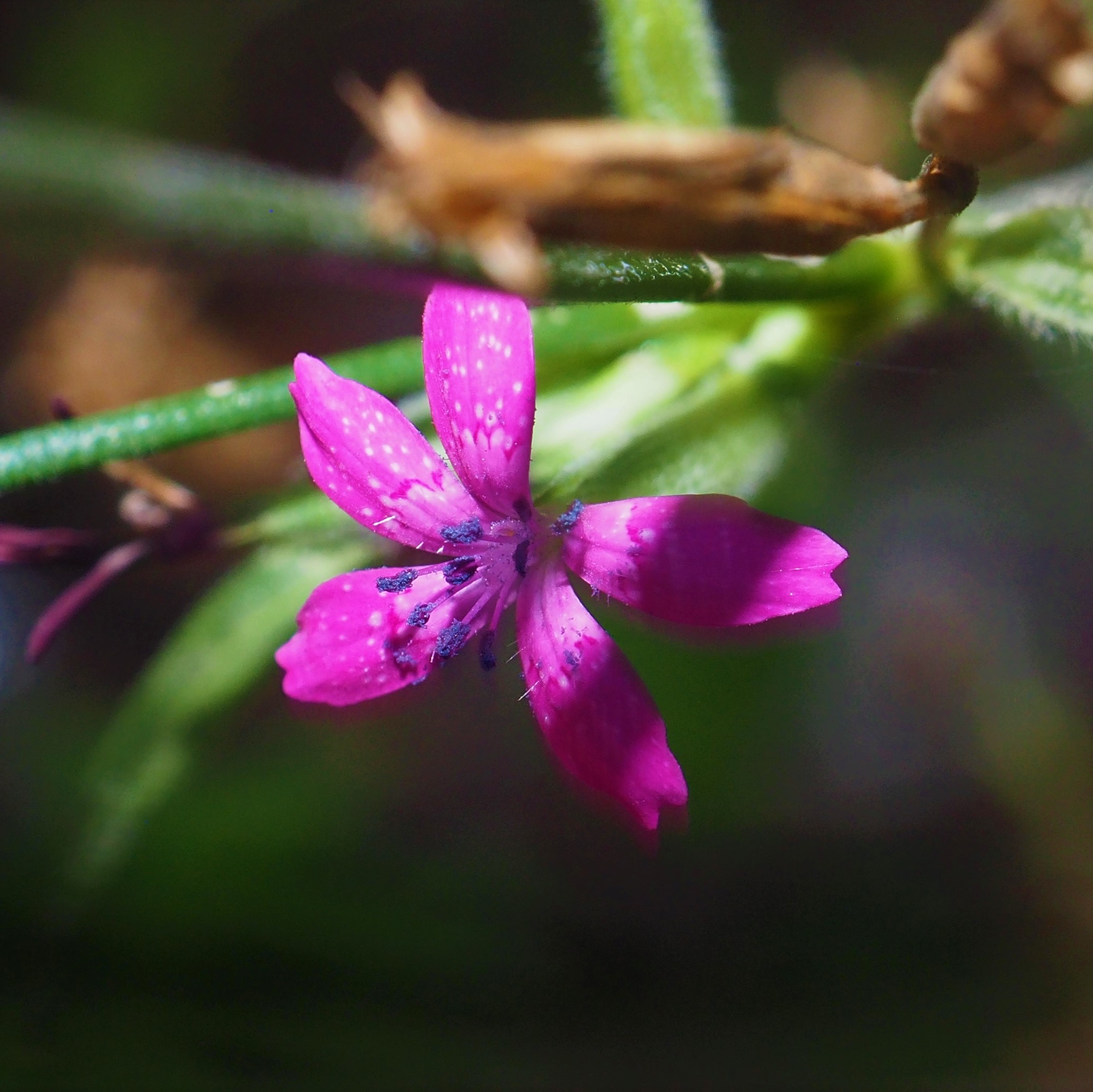
 But, this very week, new flowers are just coming into their own. The Japanese Anemone and the Purple and Pink Asters just started blooming this week. Soon there will be banks of Aster.
But, this very week, new flowers are just coming into their own. The Japanese Anemone and the Purple and Pink Asters just started blooming this week. Soon there will be banks of Aster.
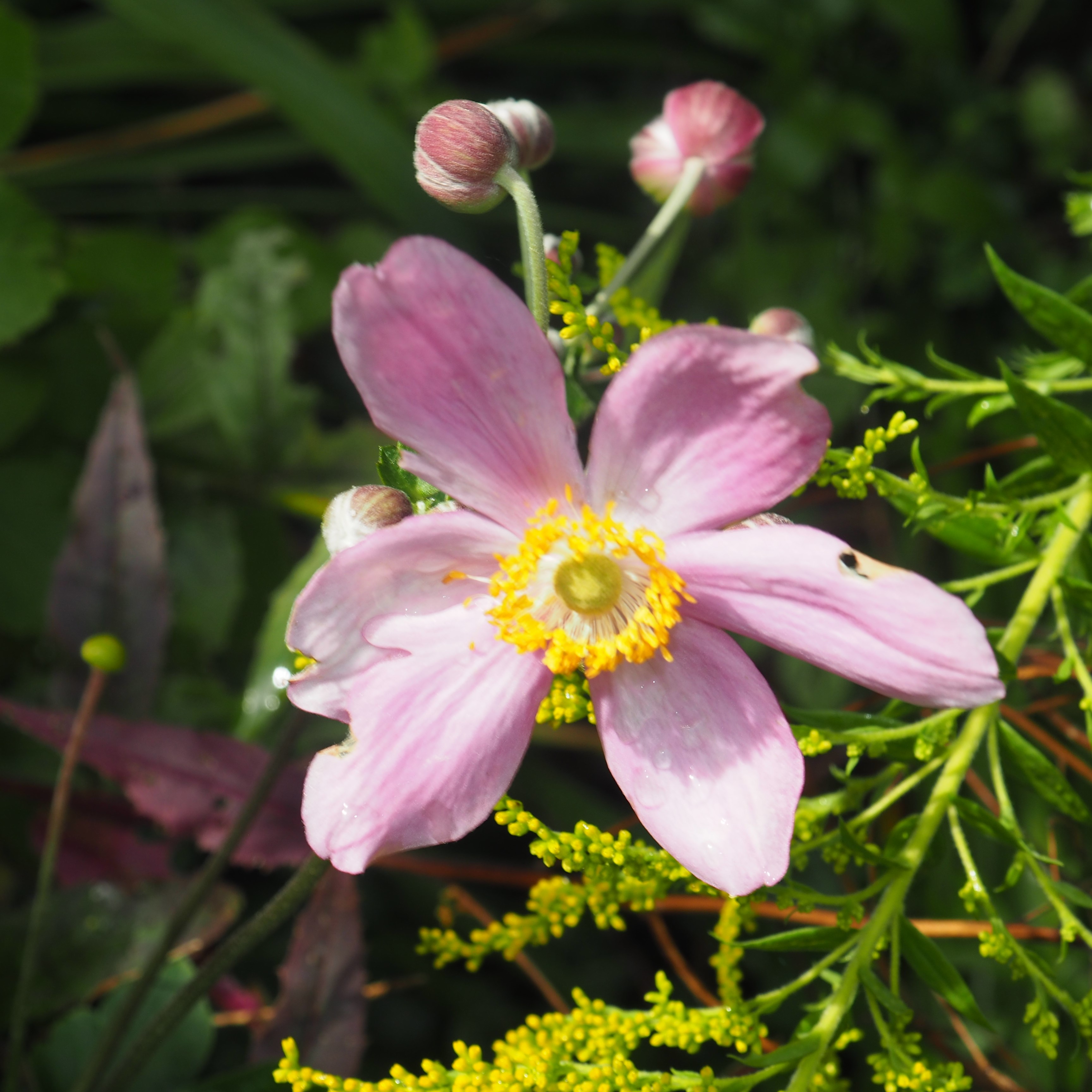
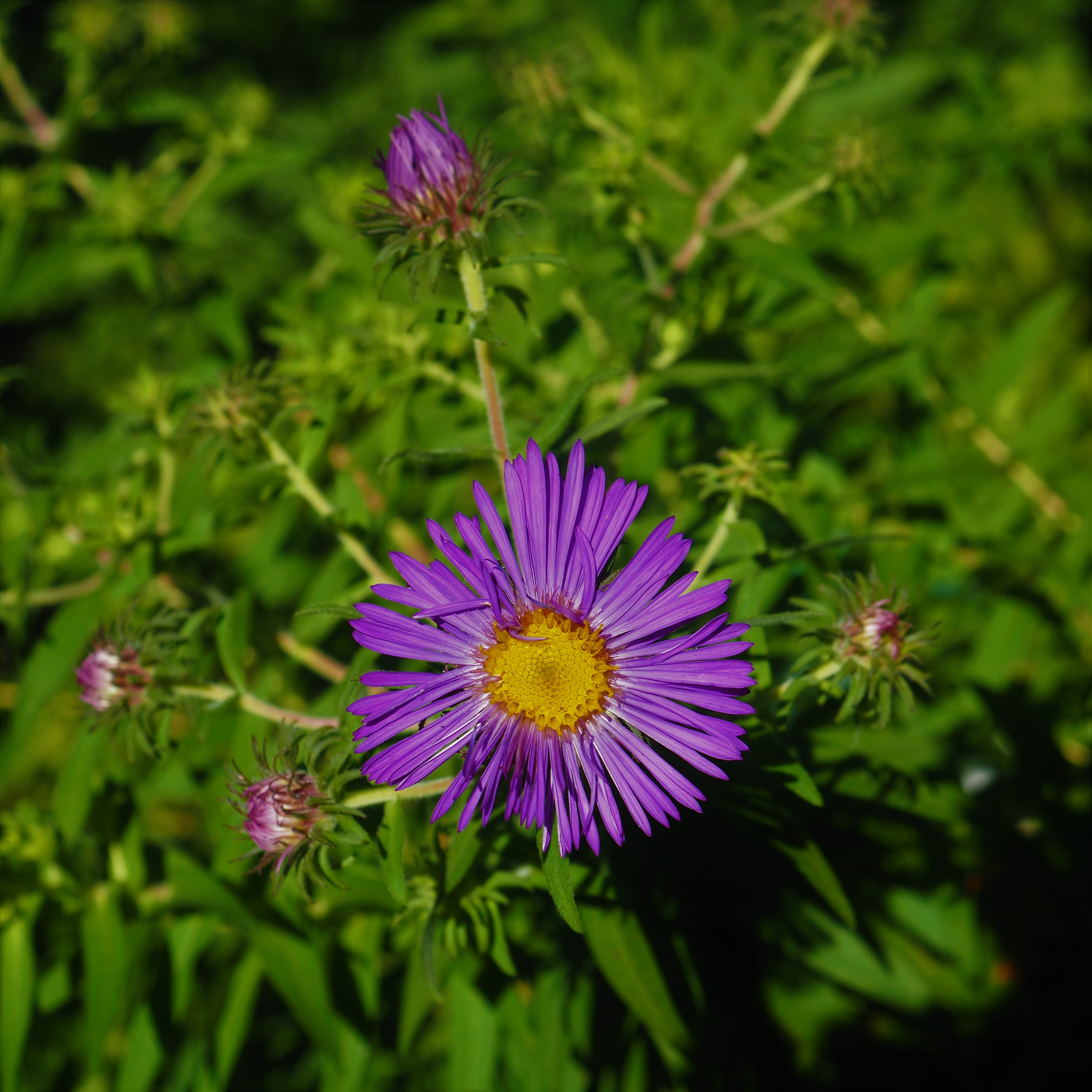
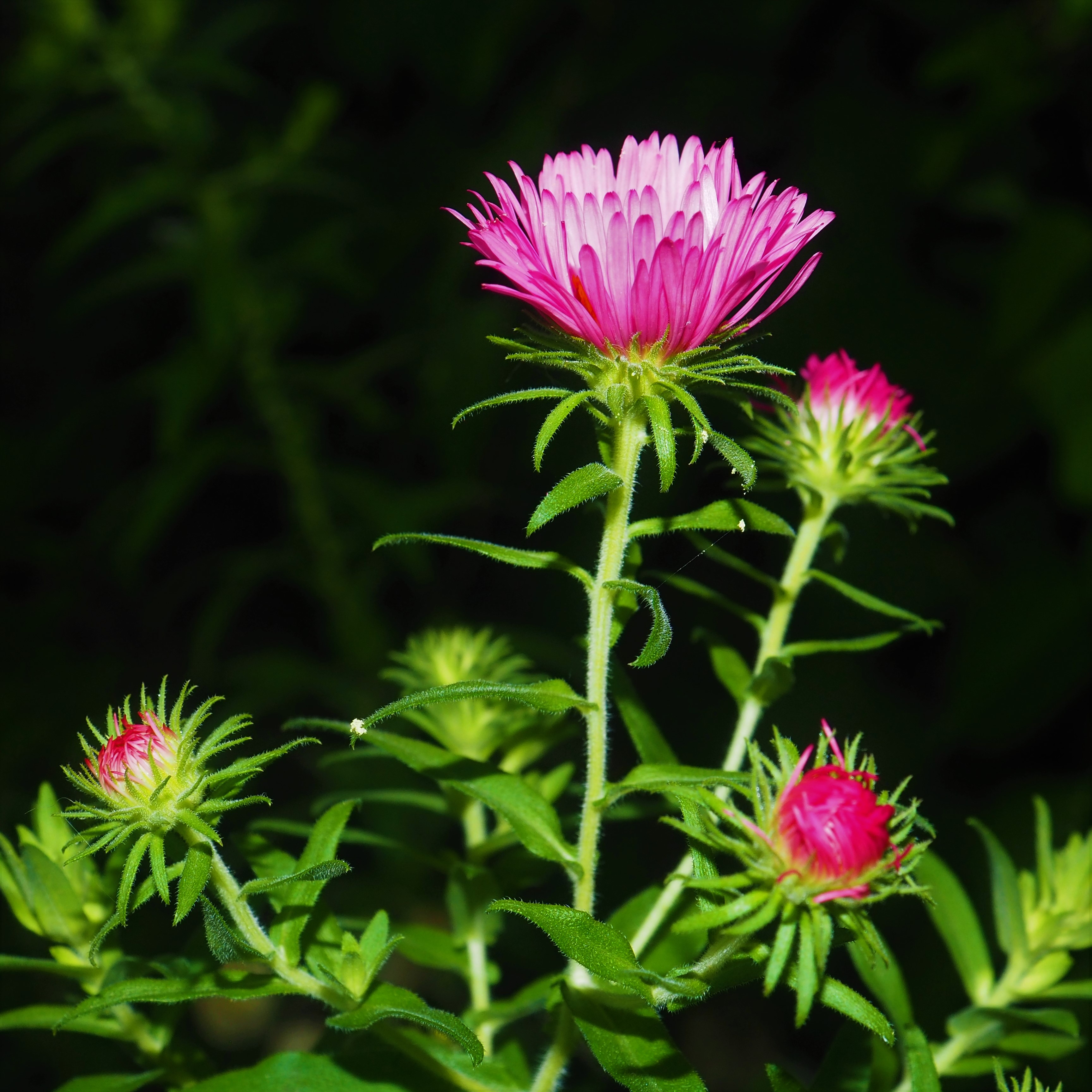
Here is something I hardly ever pay enough attention to. It's the lowly but mighty Lemon Grass or Wood Sorrel from a picture I took in 2015. The part that brought it to mind this week is in picture 2 - a fruit from those yellow flowers! I'd never seen one before. Oh! There was one insect between the others and the Spiders - namely the Scorpionfly! Here's one.
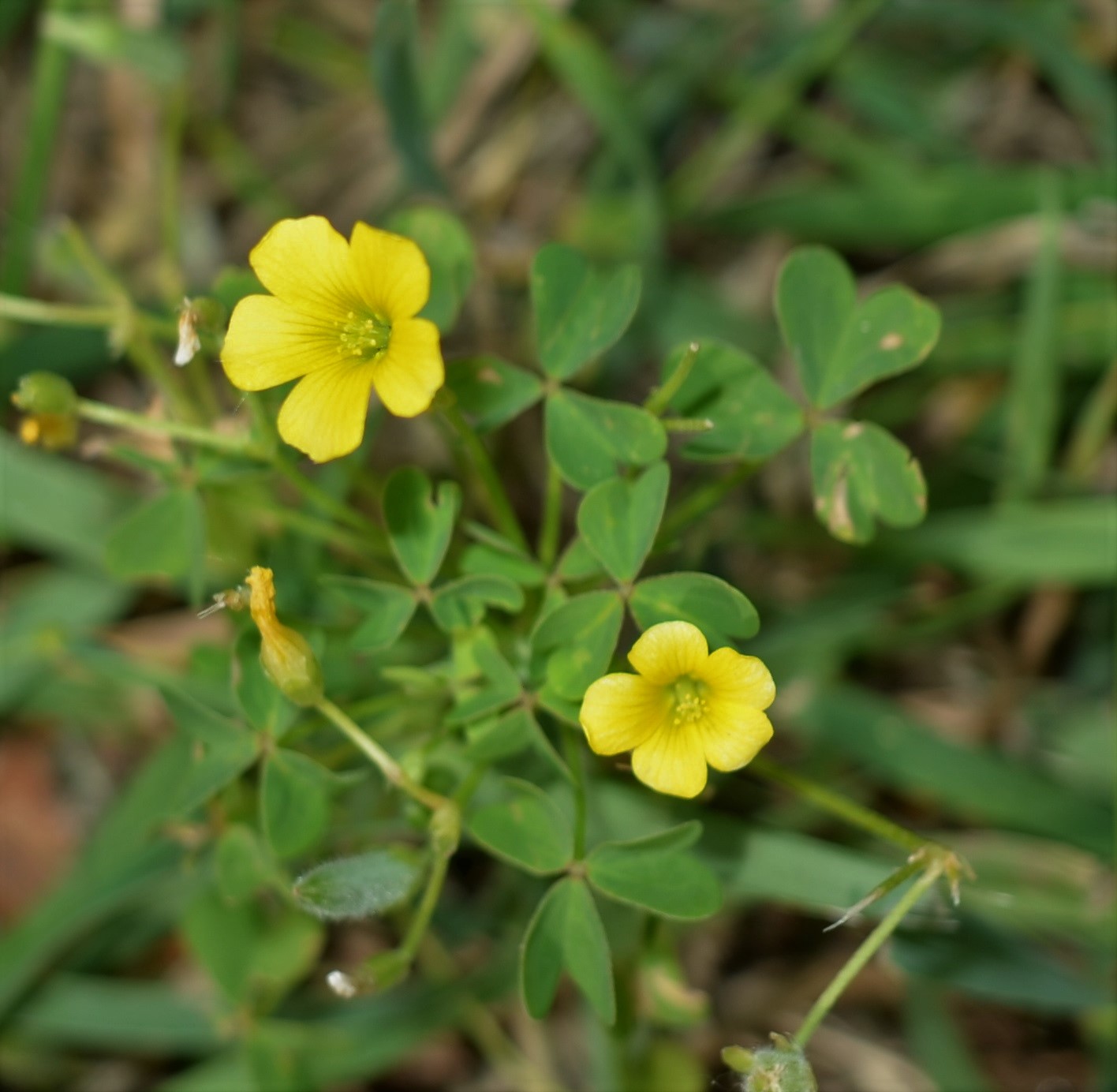
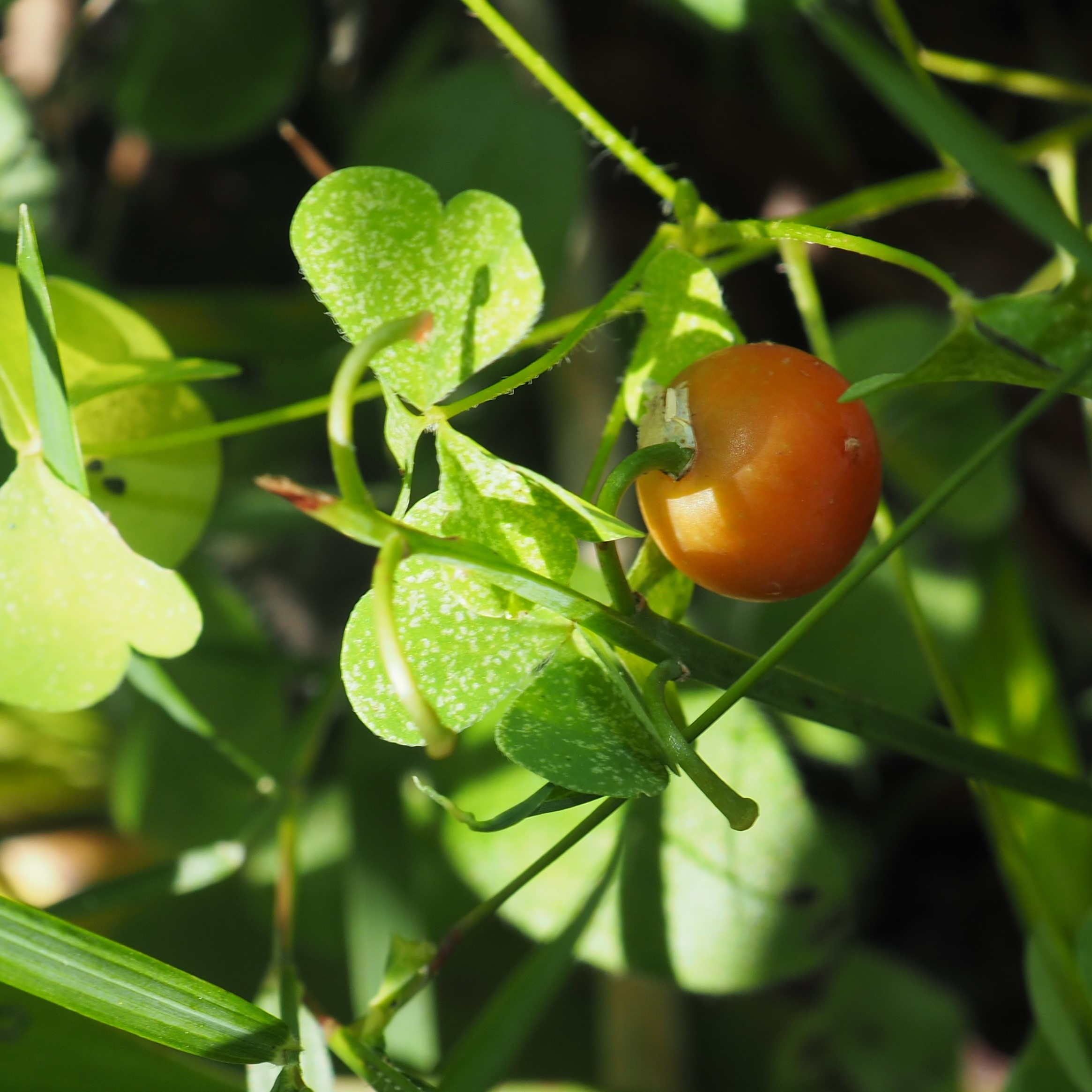
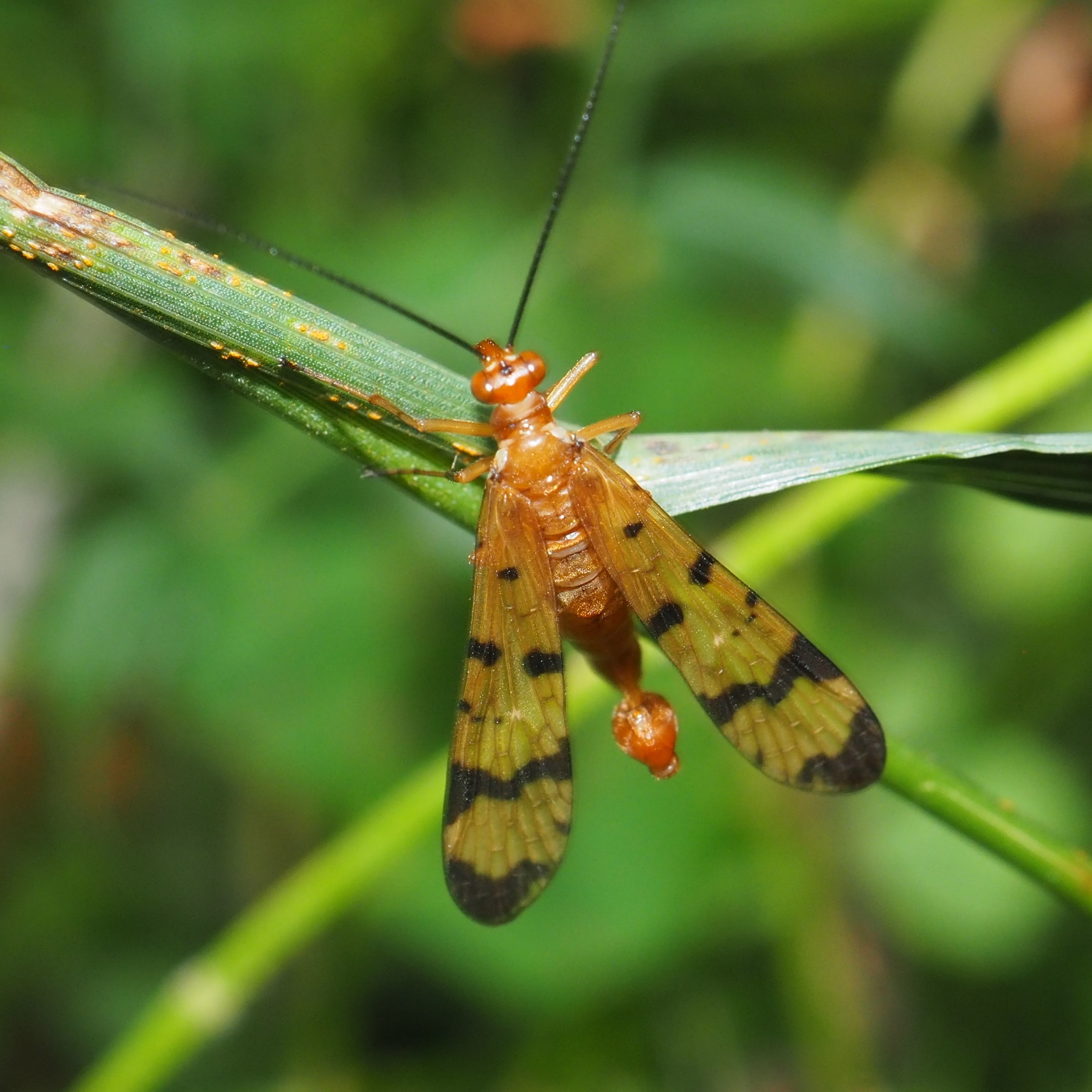
And now for the Spiders. First, a Common House Spider. I do think the second one is a Male Common Spider. They tend to get longer legs and turn red as they mature. It is male as you can see by the pedipalps. The next two are other kinds of Cobweb Spiders (you do remember that the CHS are Cobweb Spiders, don't you?).
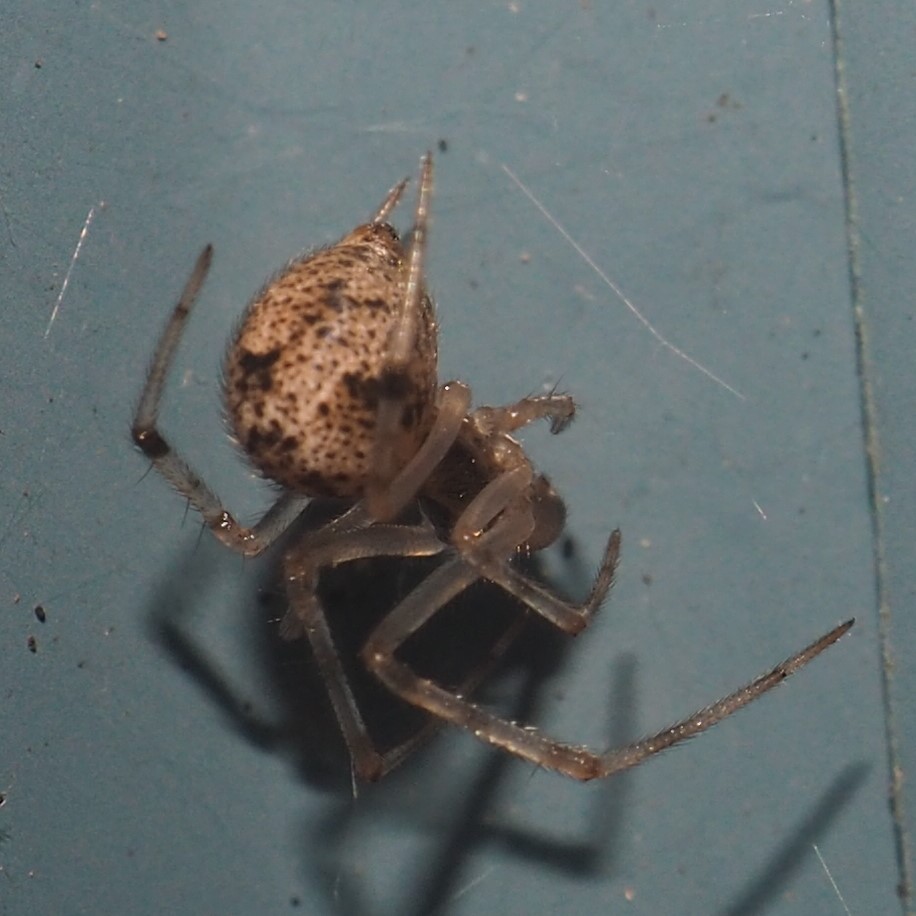
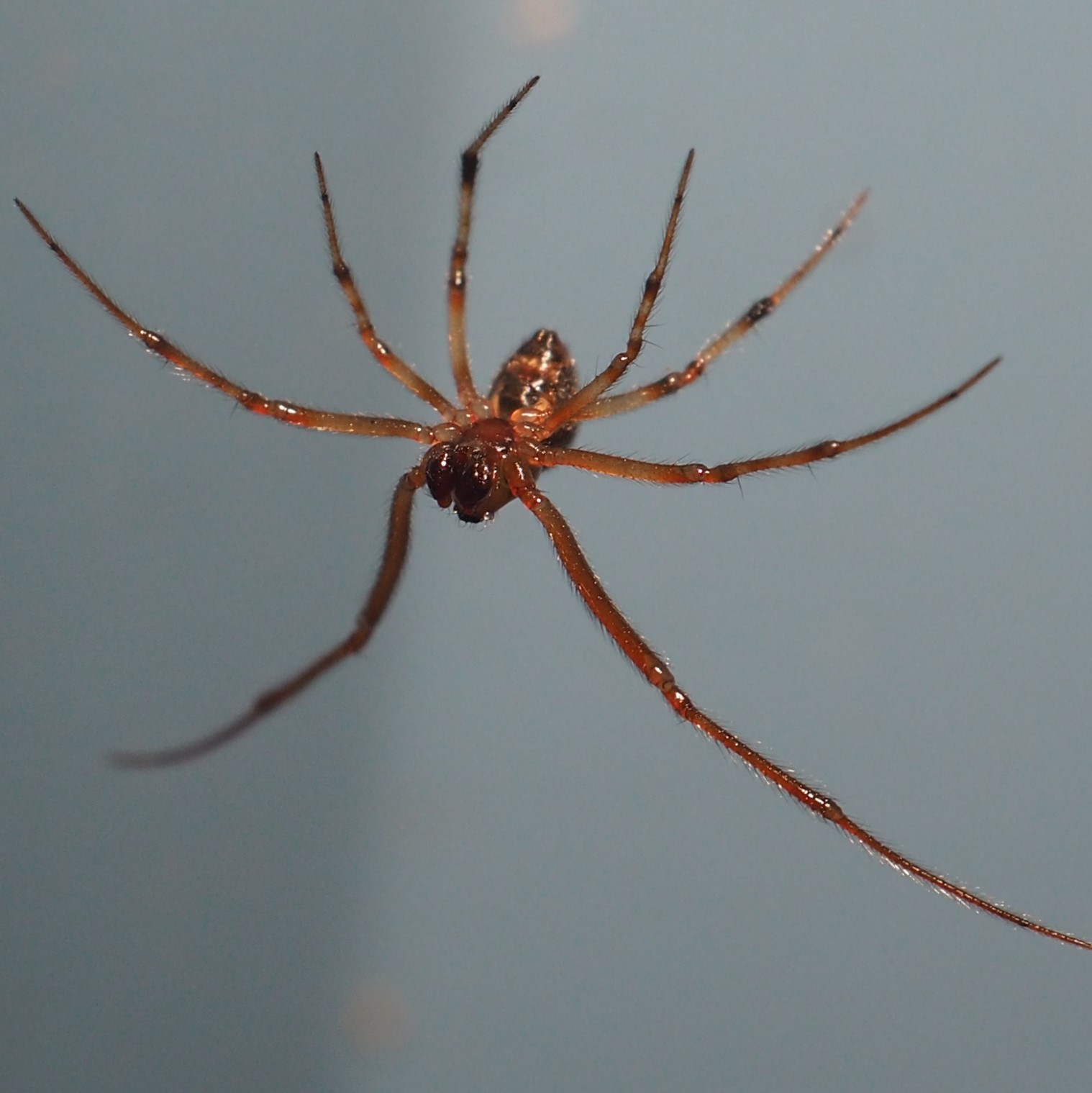
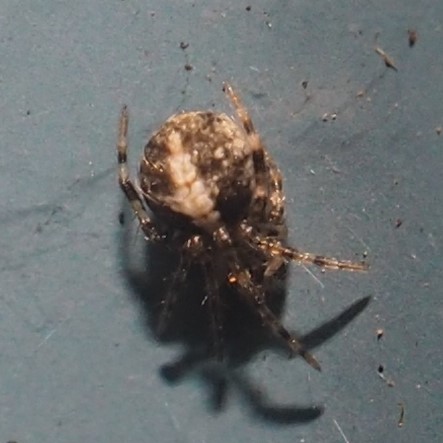
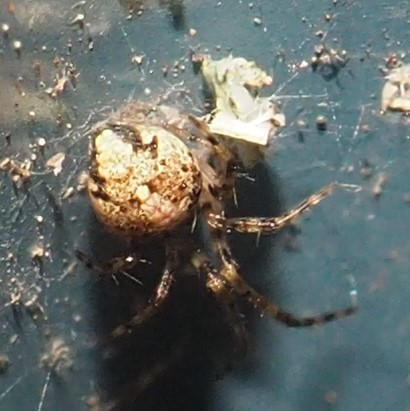
And here is one of those very small Crab Spiders. This one is particularly pretty (click on it to enlarge a bit) even in the act of eating some small creature. Third is a Running Crab Spider. Fourth is a tiny Jumping Spider, as you can see from the "headlight eyes".
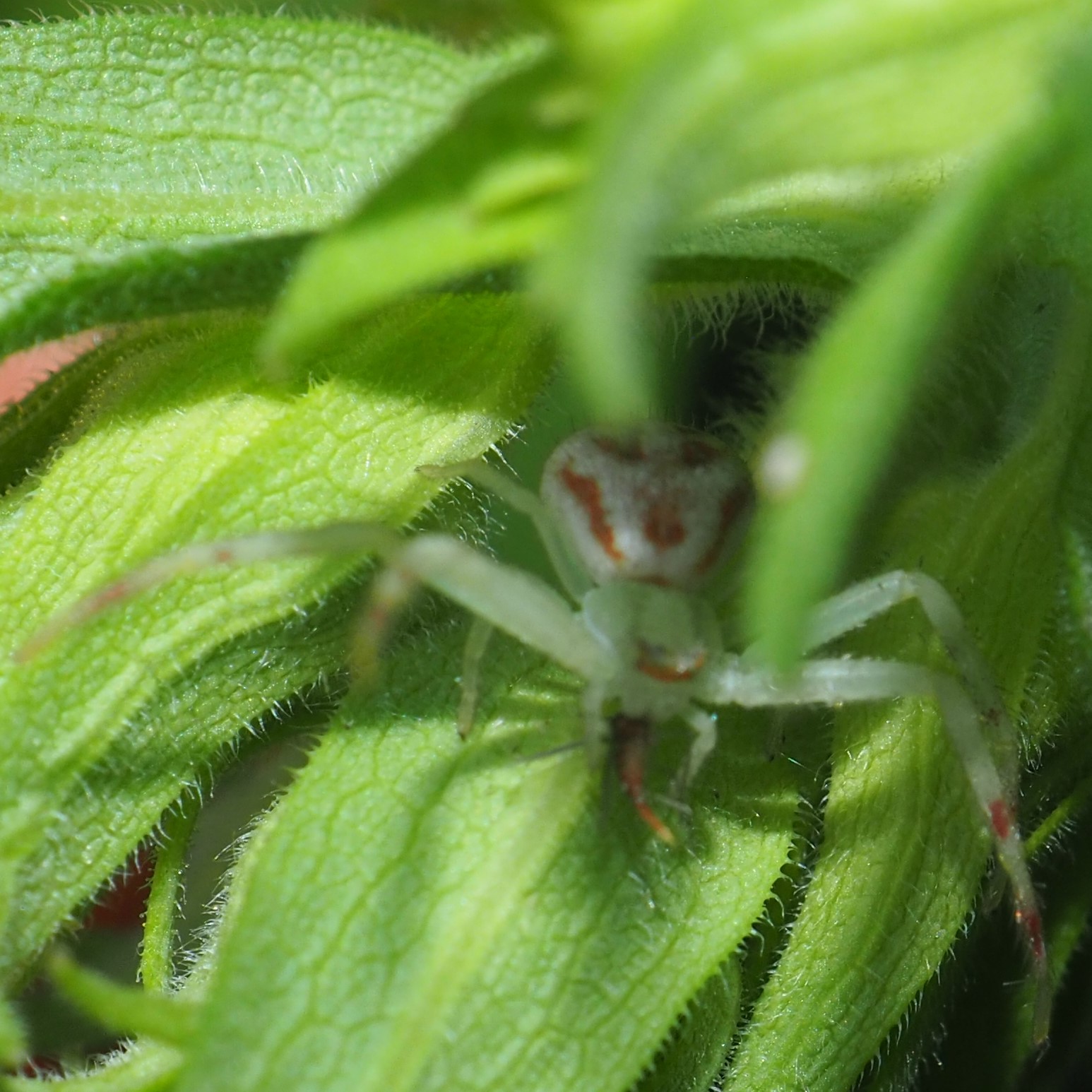
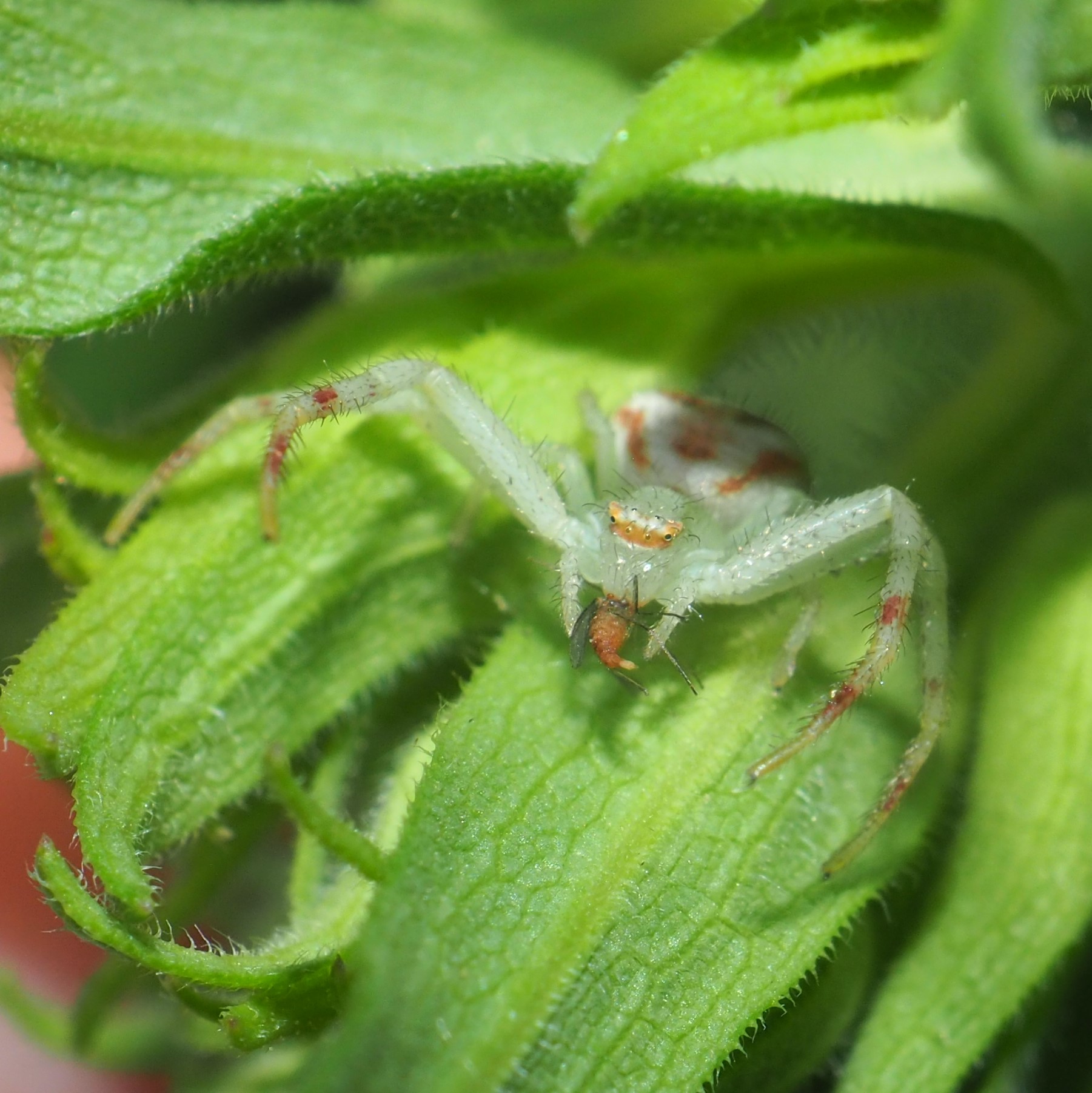
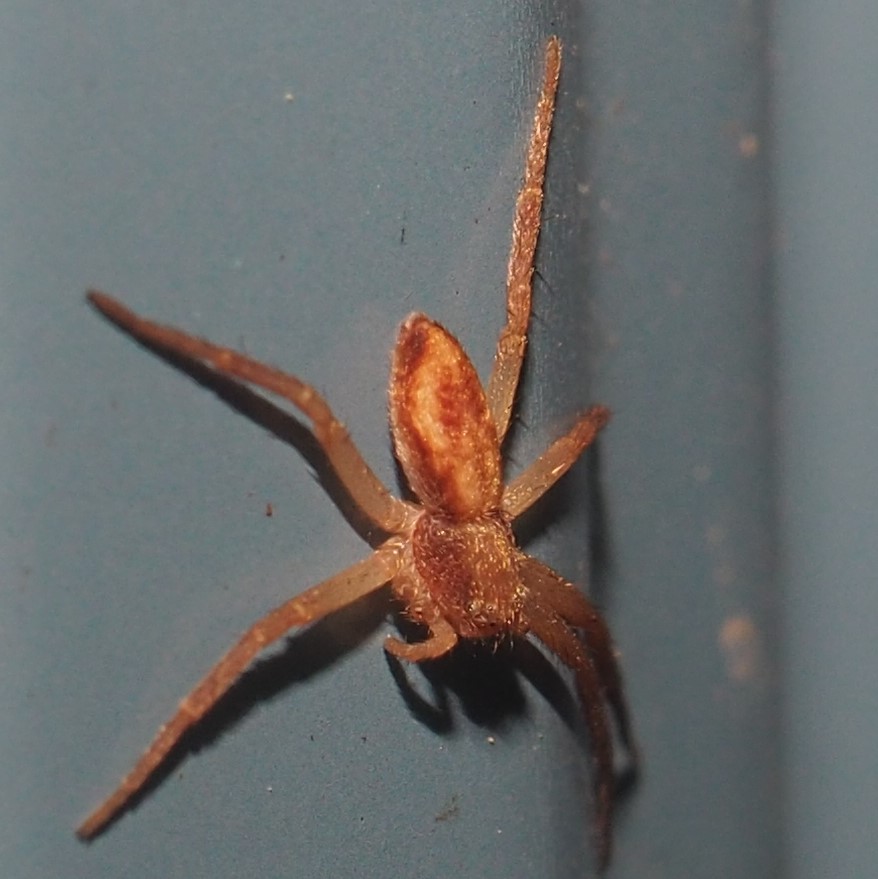
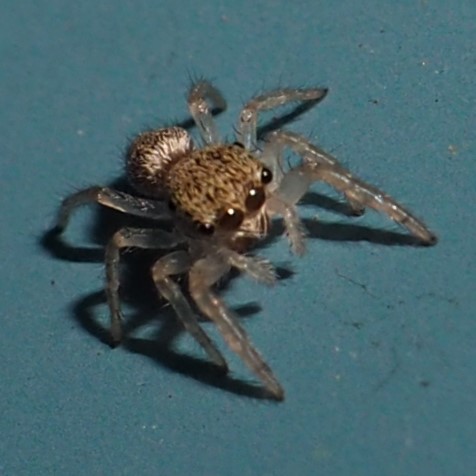
I'm sorry, we have run out of Spider pictures. These Wasp pictures had better be good, huh? Well, there are a lot. I went somewhat crazy on the Wasps. This first very small one is called a "Bee Wolf". One tipoff is the four little strokes on the back of its head.
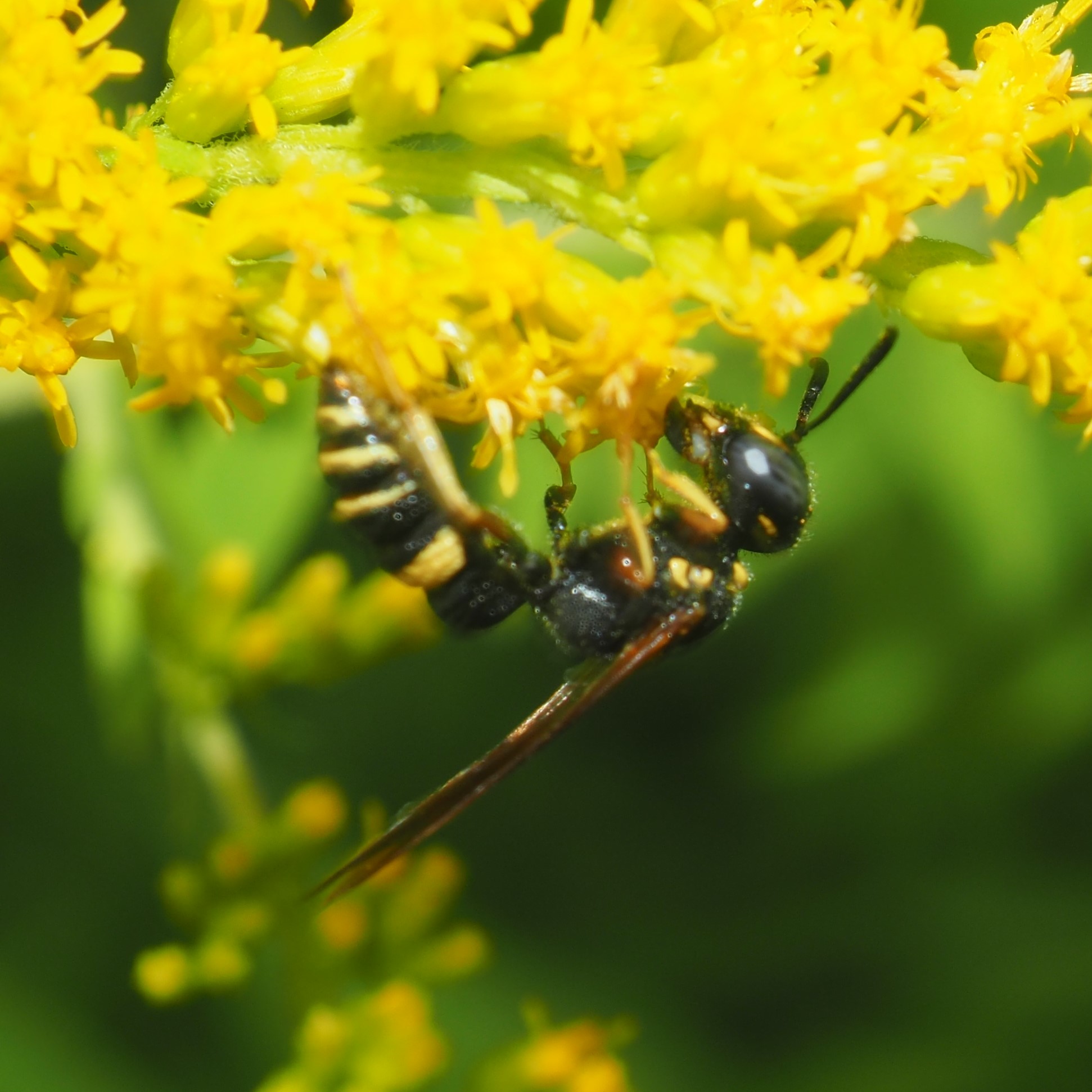
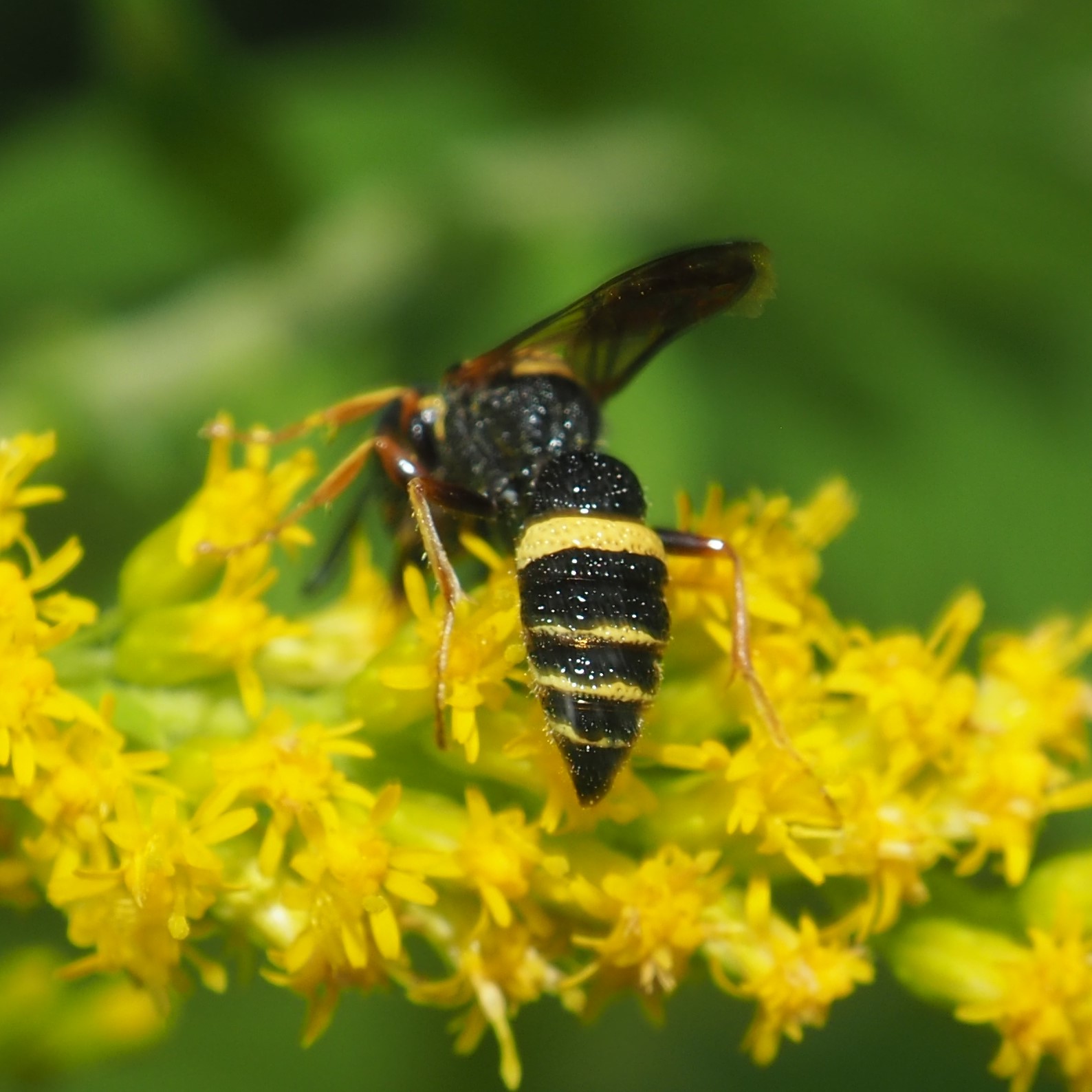
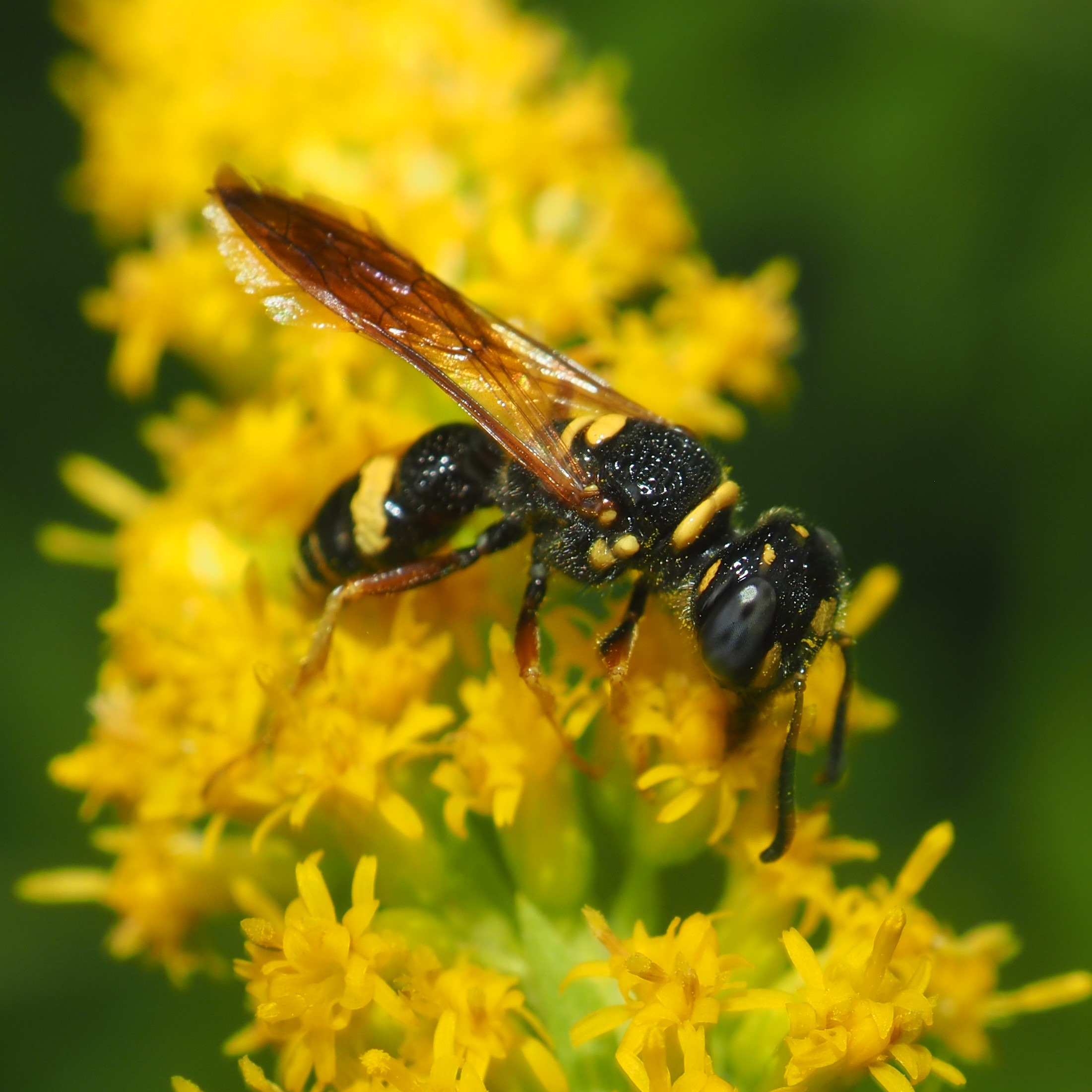
This little wasp is also called the "Weevil Wasp", genus Cerceris. The face says "female". The middle vertical bar in the design on the male's face is almost as tall as the outside bars.
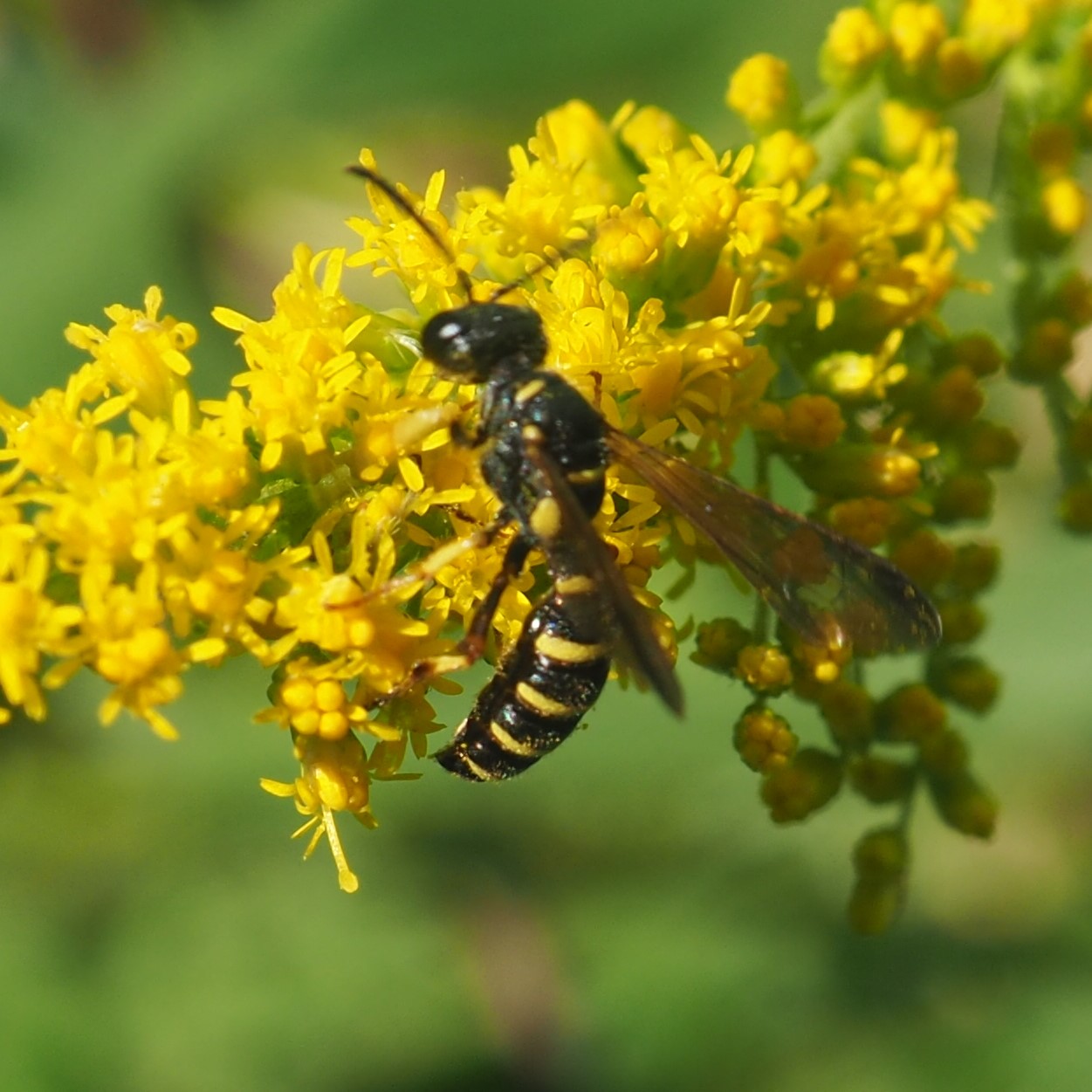
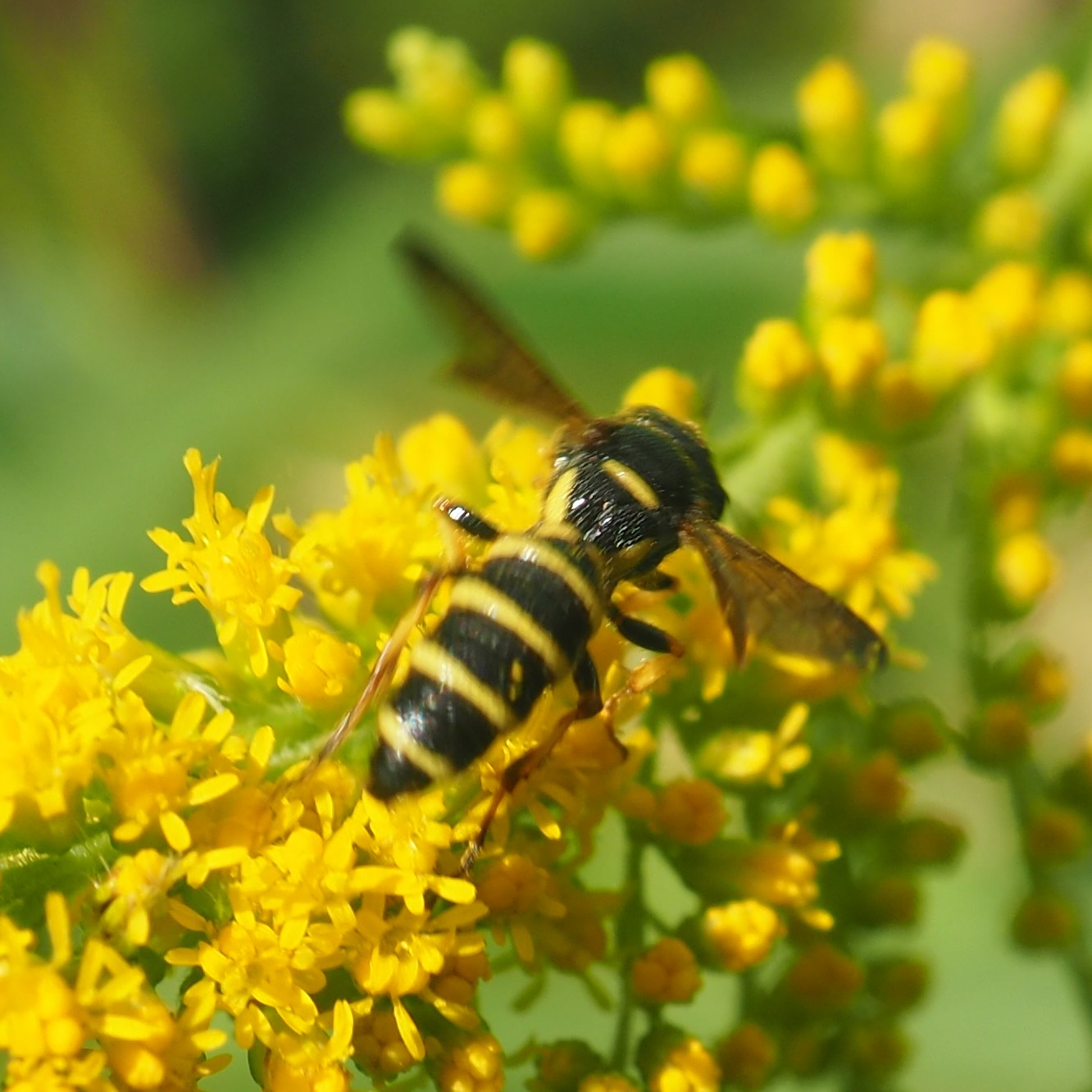
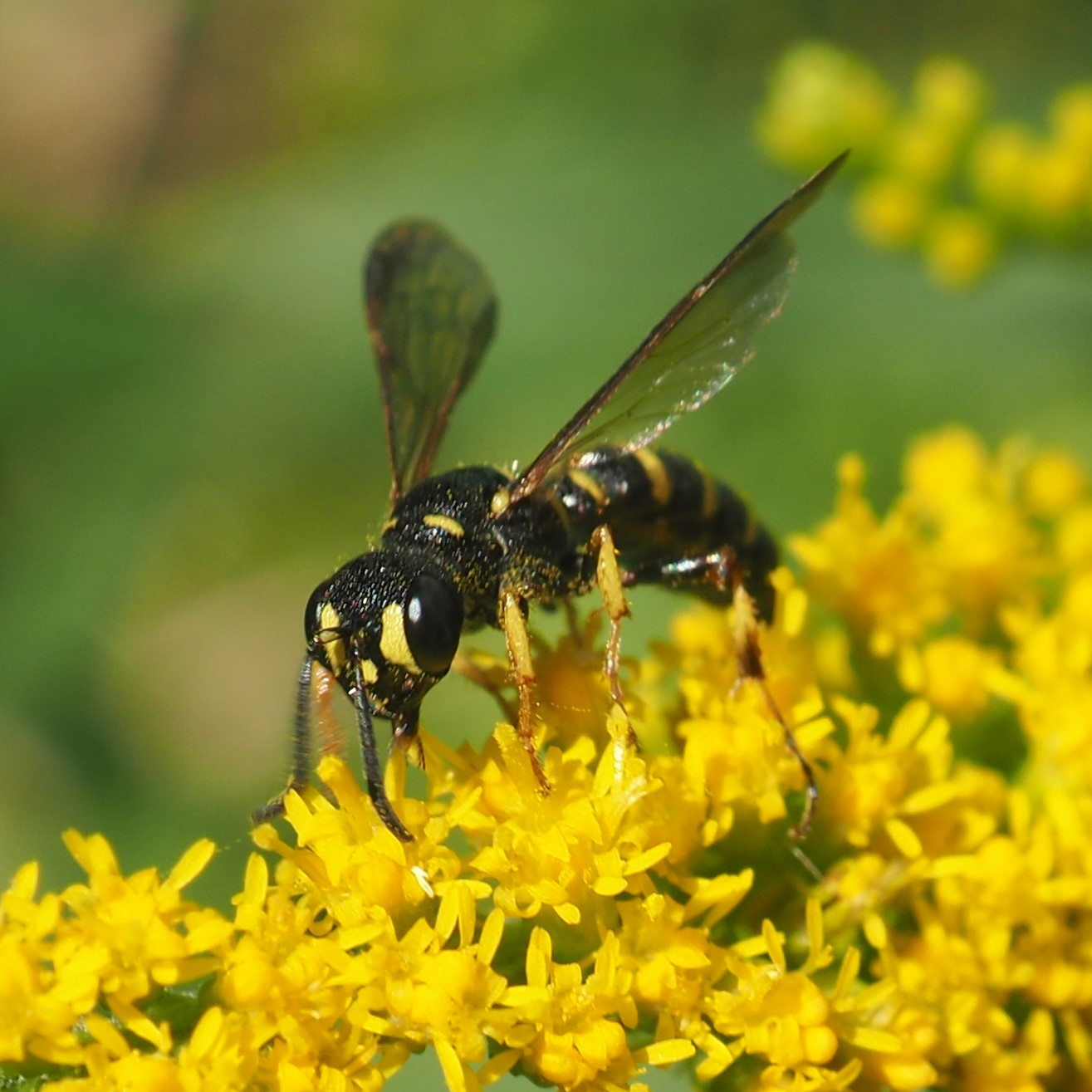
This one we saw last week. It's Eumenes fraternus. I believe the big white mark on the face implies it's a male. So do the seven segments of the abdomen. The last picture here shows one shaped more or less like E. fraternus, but note that it doesn't have the distinctive white markings. It is classified as a Thread-waisted Wasp.

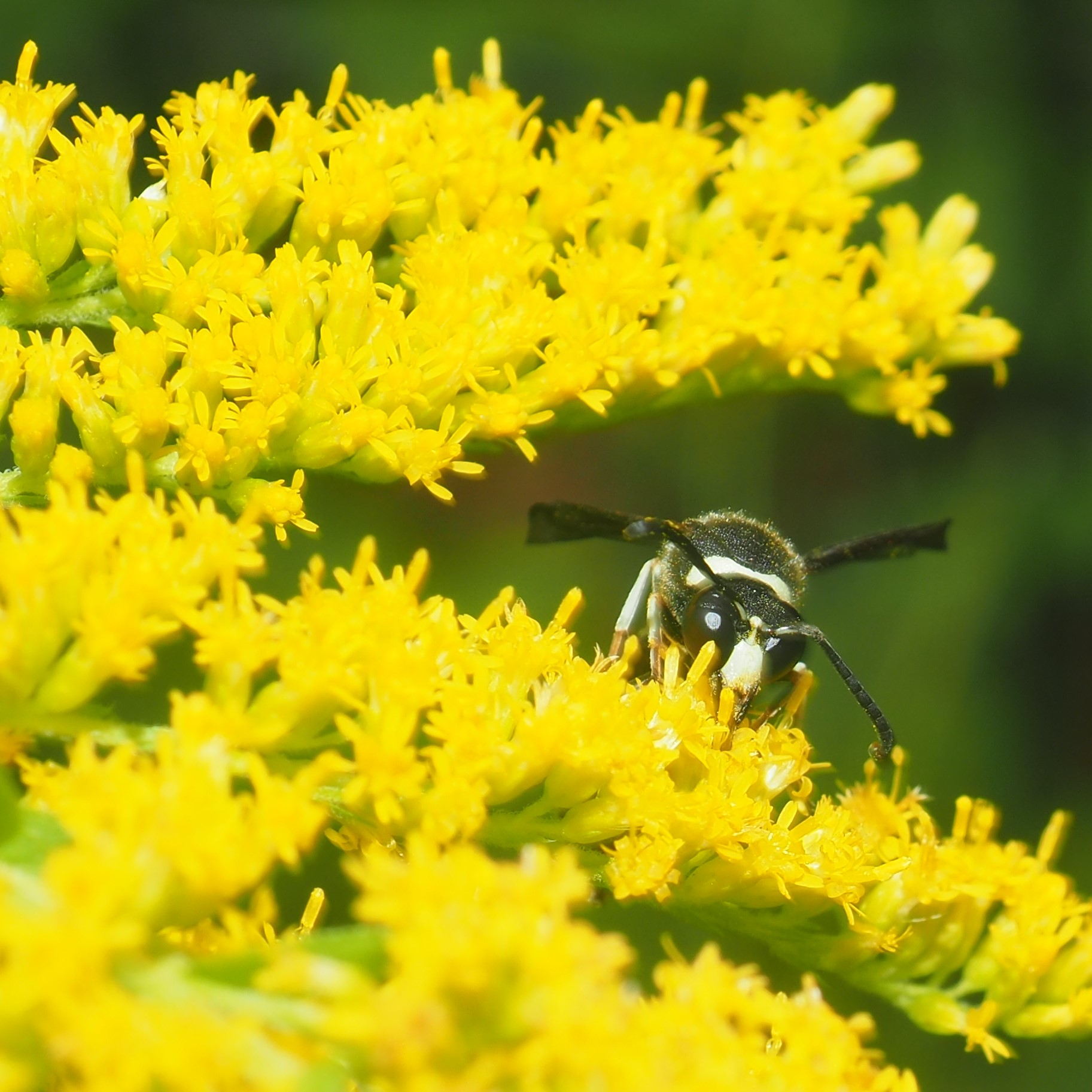
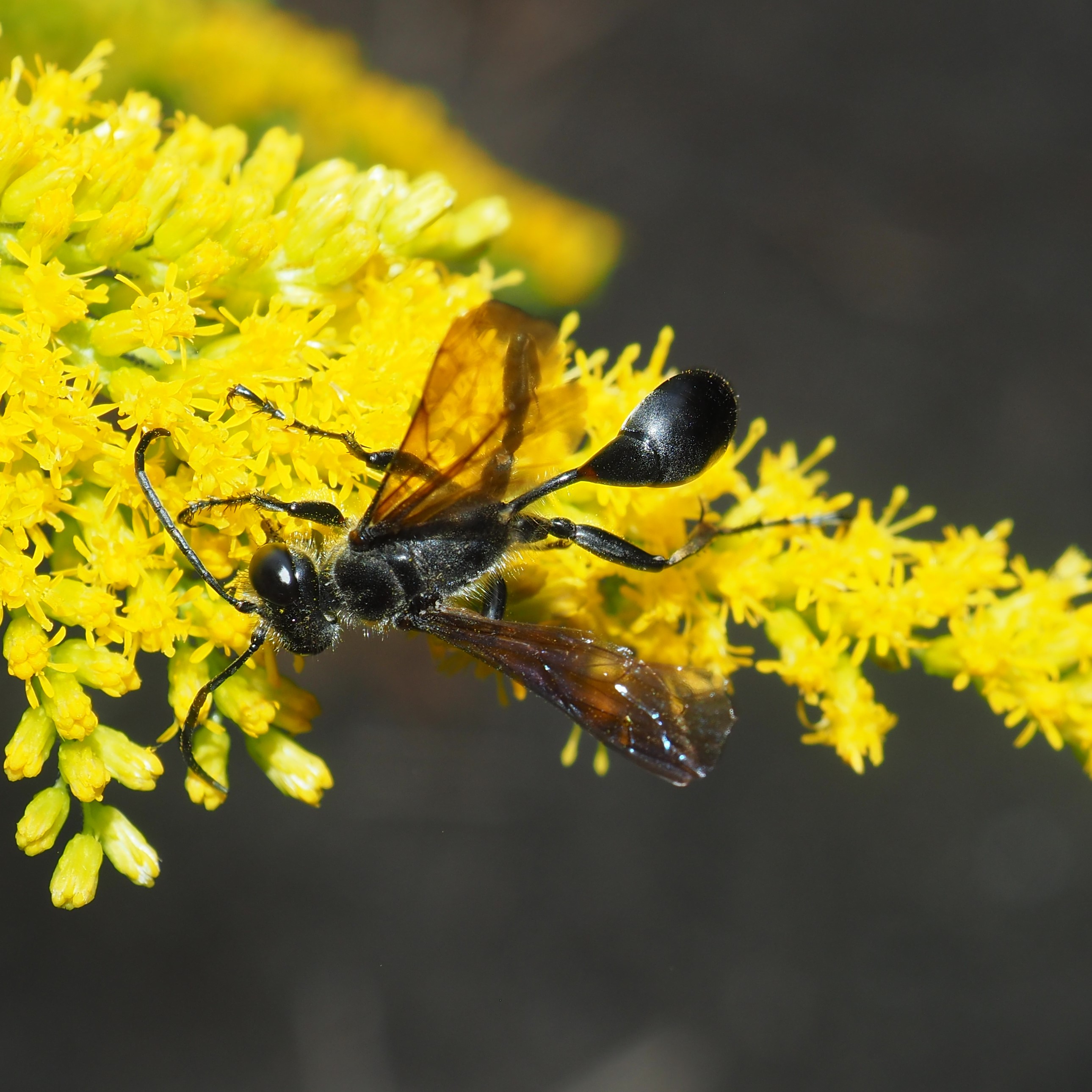
This pretty Wasp is called a Golden Digger Wasp.
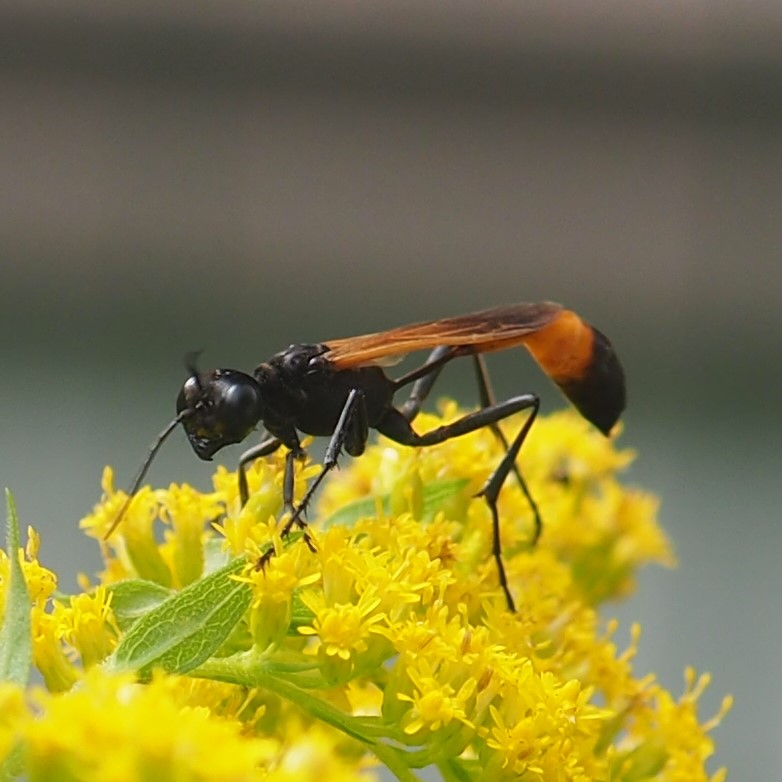
.jpg)
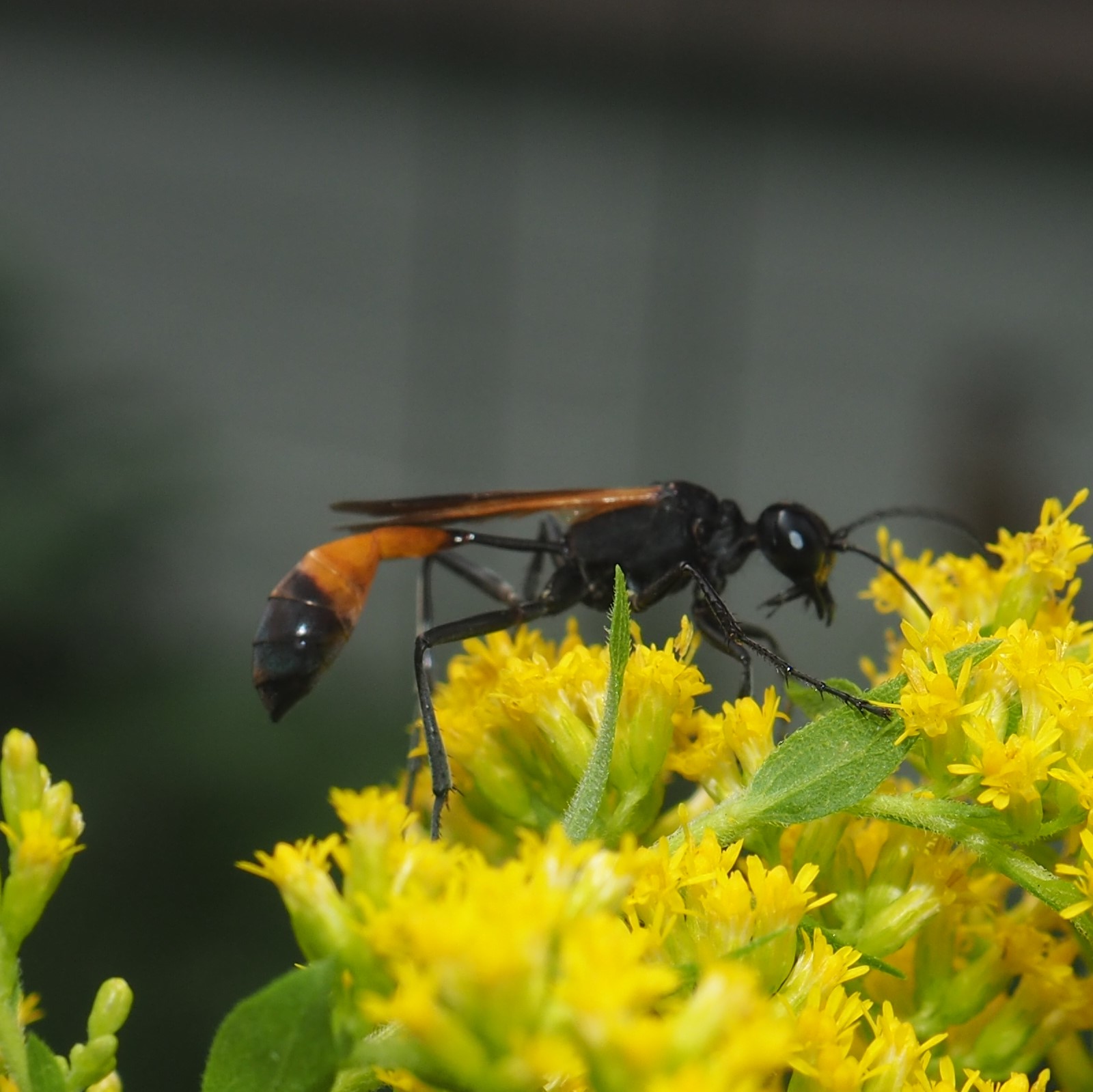
The most numerous Wasp in the Goldenrod is the Dark or Northern Paper Wasp, Polistes fuscatus. I have been going crazy trying to identify some of the ones that don't look like photos of P. fuscatus in the iNat photos section. The basic P. fuscatus should look like picture 1. The male has a big gold shield on his face as in picture 2. I believe that picture 3 shows a female face since the "shield" has been replaced by essentially a circle.
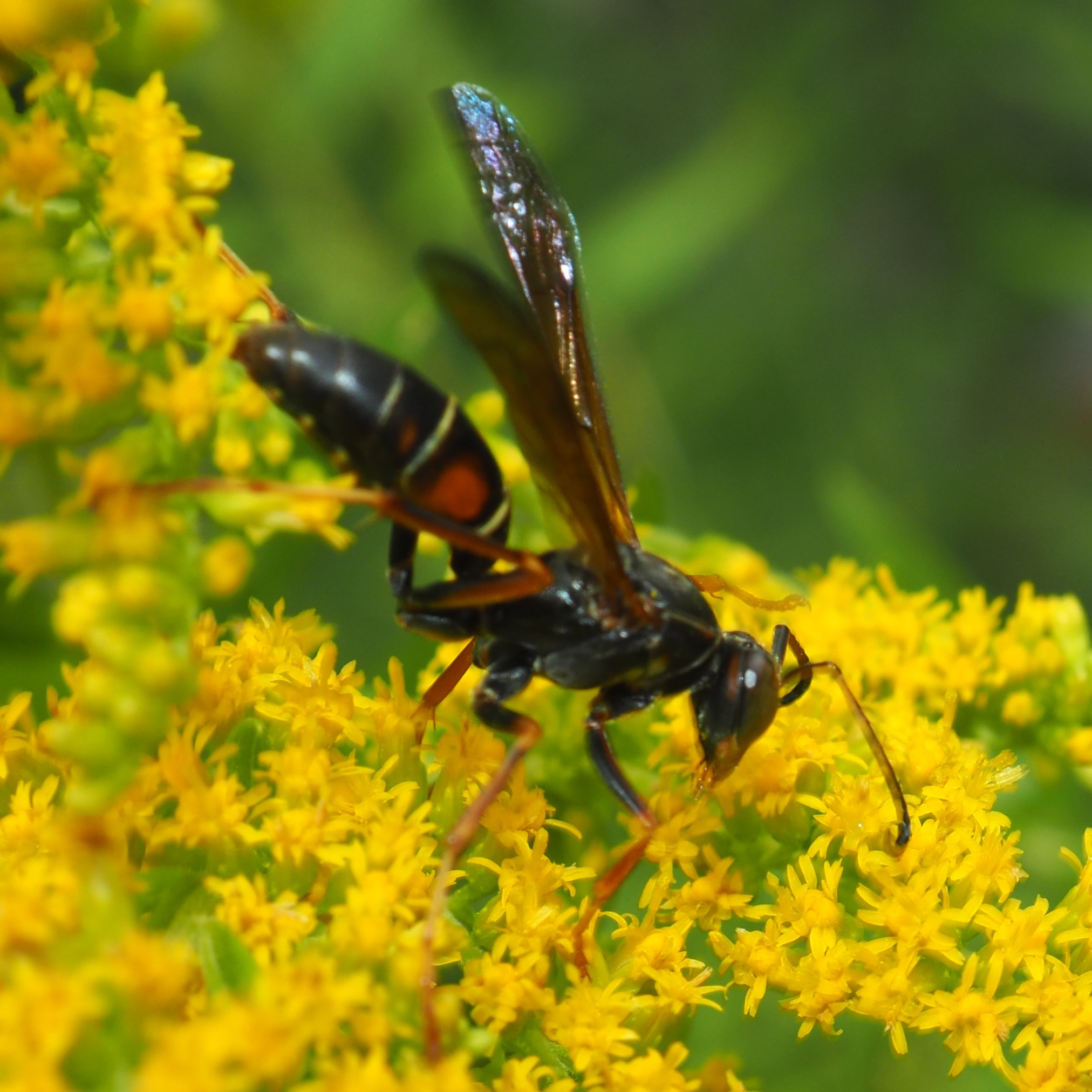
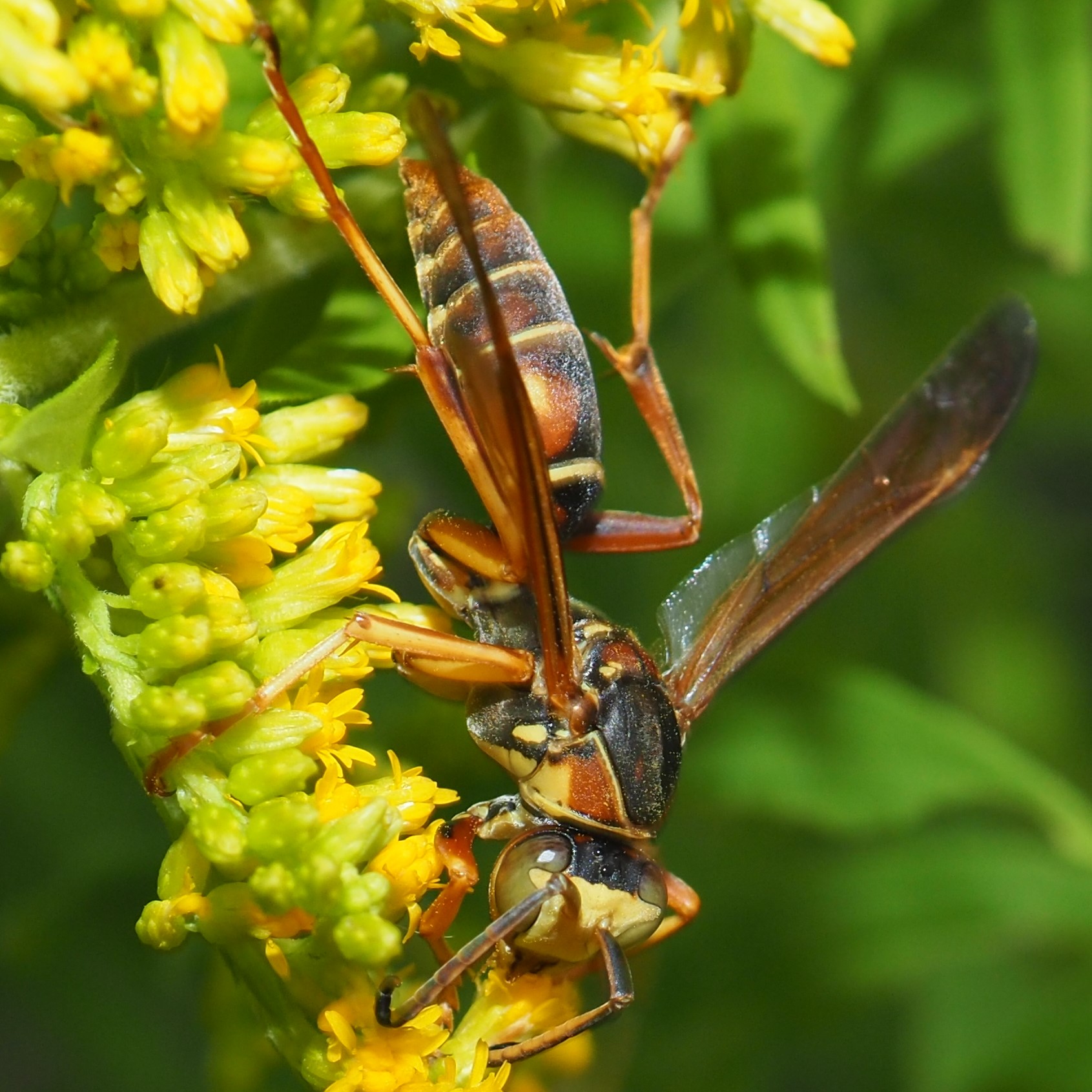
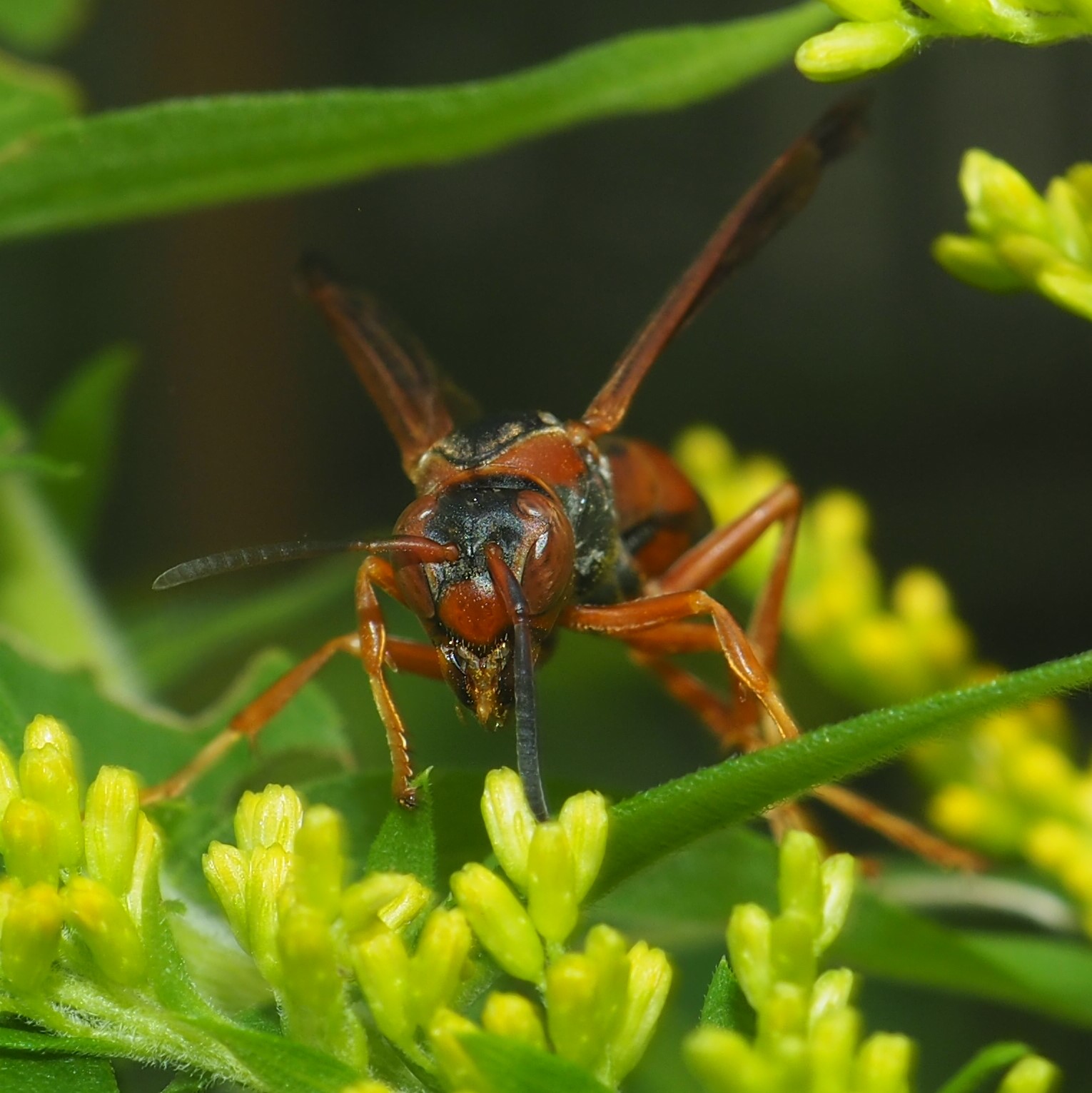
Since the above pictures show Polistes fuscatus with a black triangle on its thorax, I was puzzled when I went there to identify this variation (picture 1) and didn't find any with these red parallel lines on the thorax. Also the gold markings on the abdomen didn't look right. All of these wasps are also P. fuscatus.
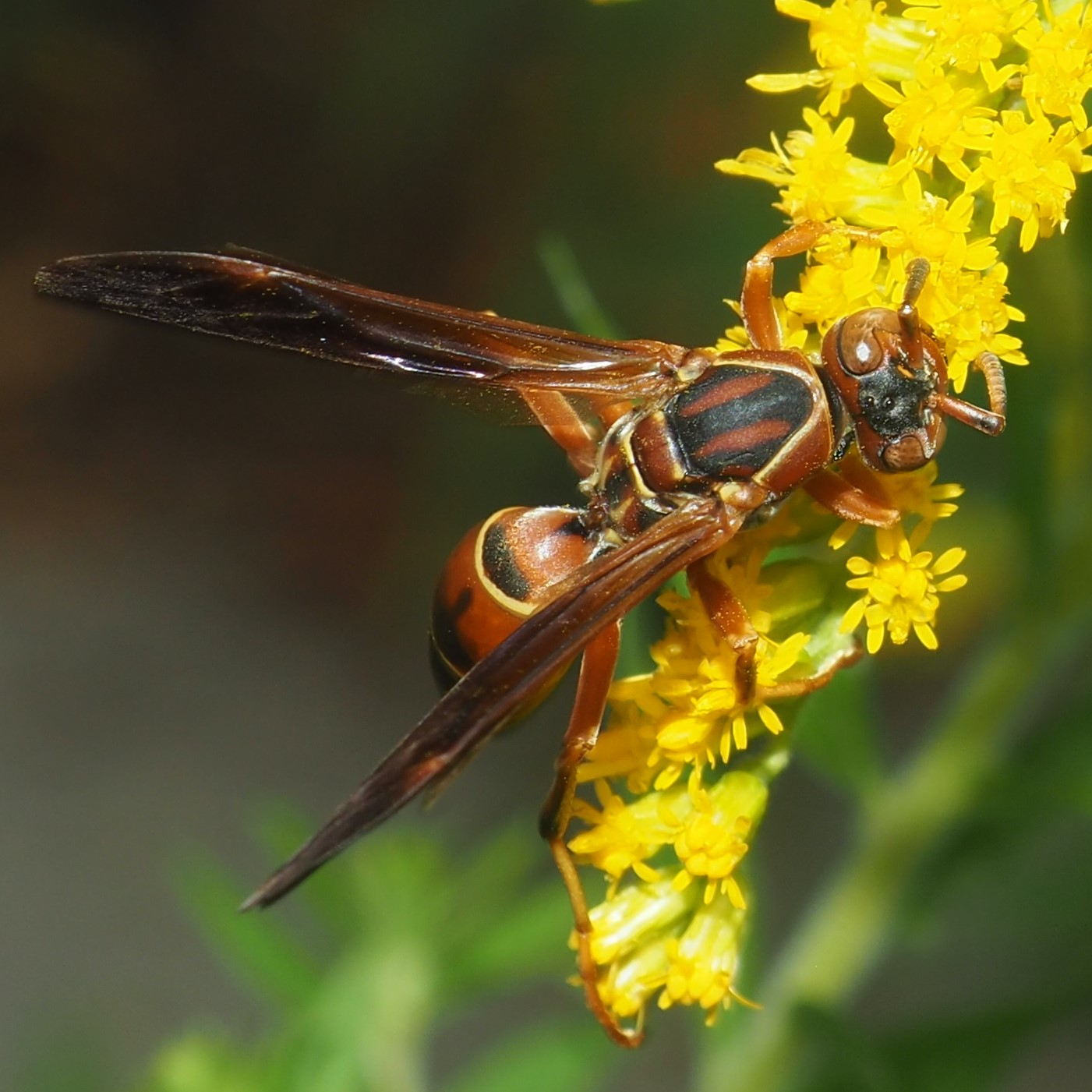
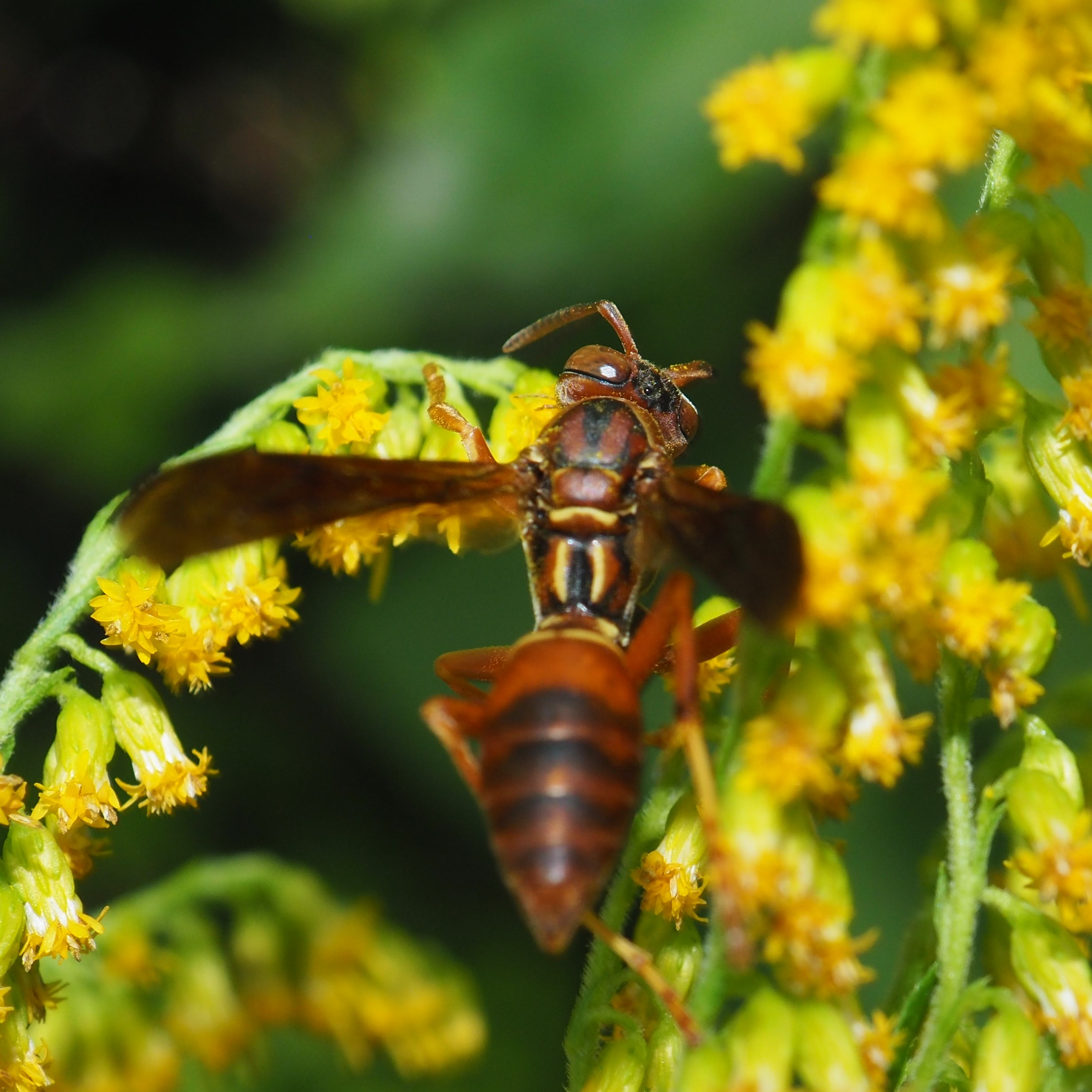
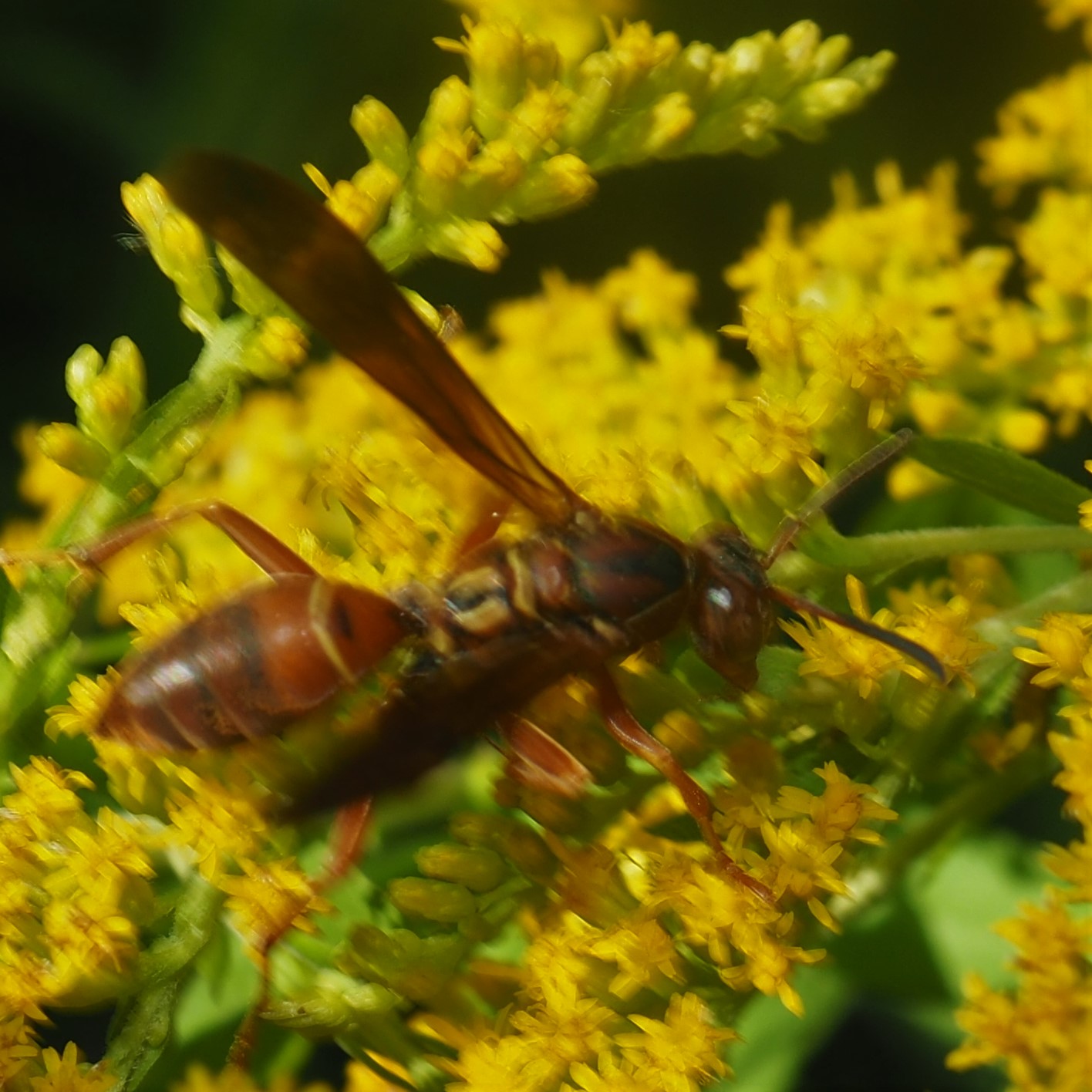
This Wasp is called the Aerial Yellowjacket, Dolichovespula arenaria. That means, I believe, that it is a Yellowjacket but builds an Aerial nest.
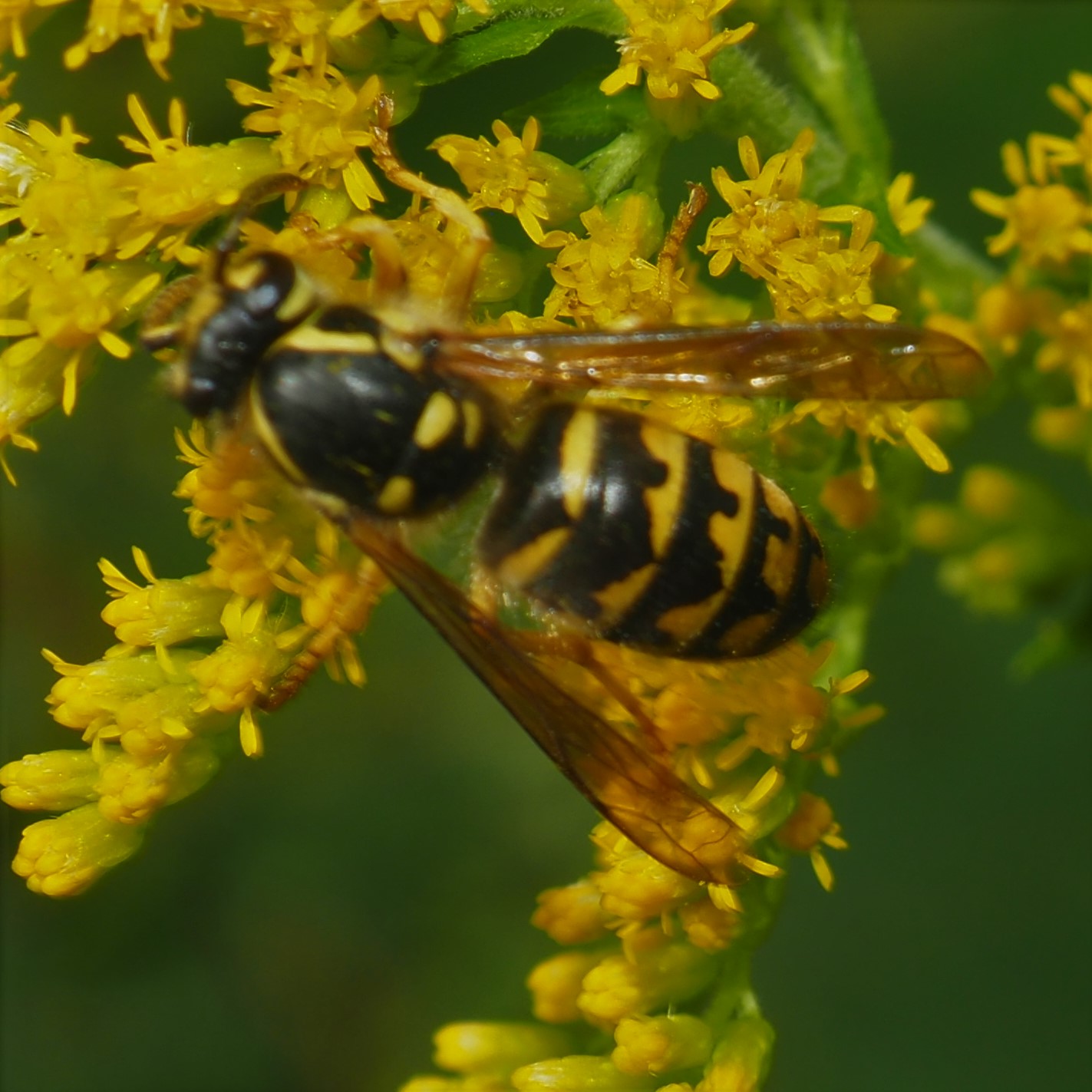
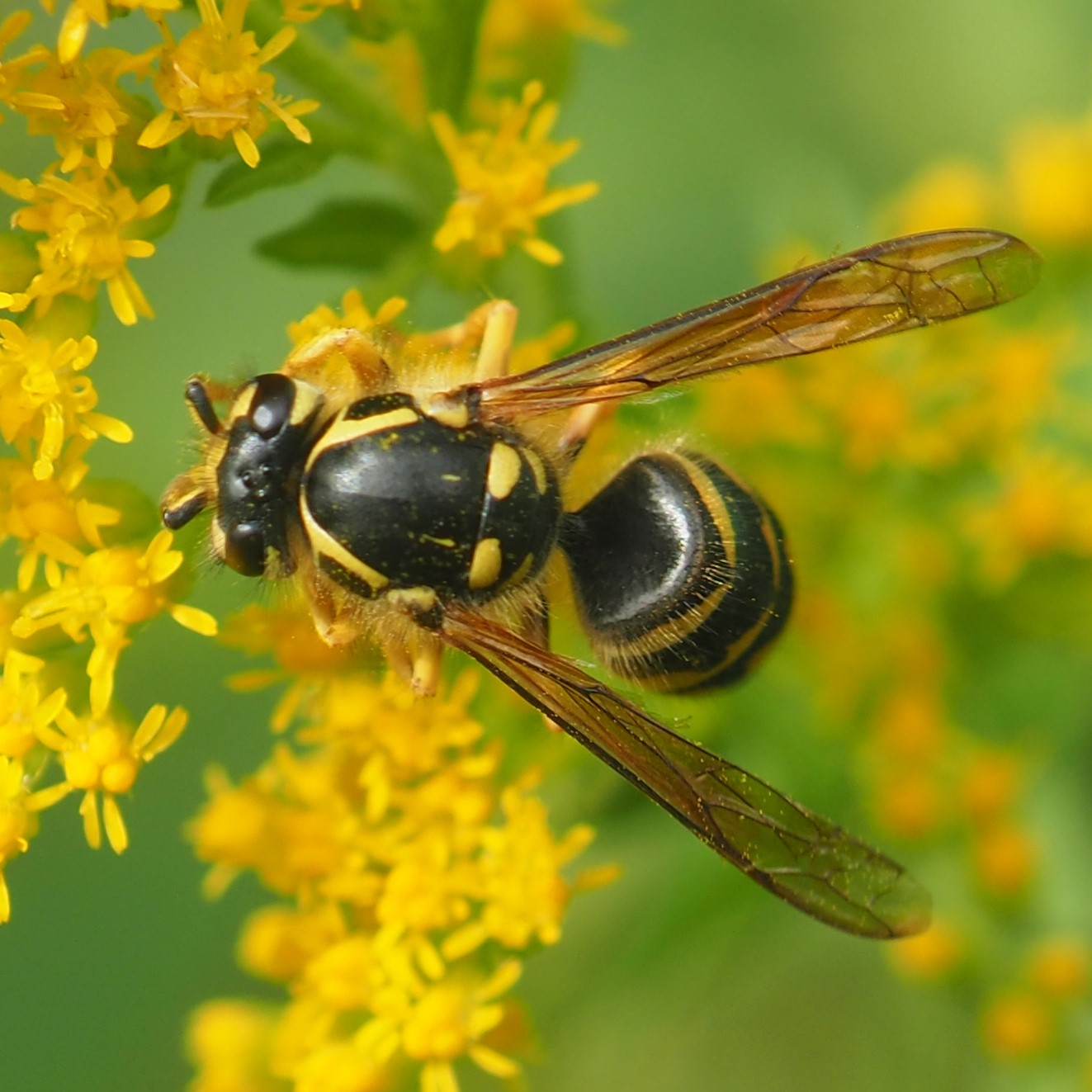
Finally, a lovely little Wasp that was on the South Wall, not in the Goldenrod. It's in the genus Chrysis, a member of the Chalcidoid Wasps.
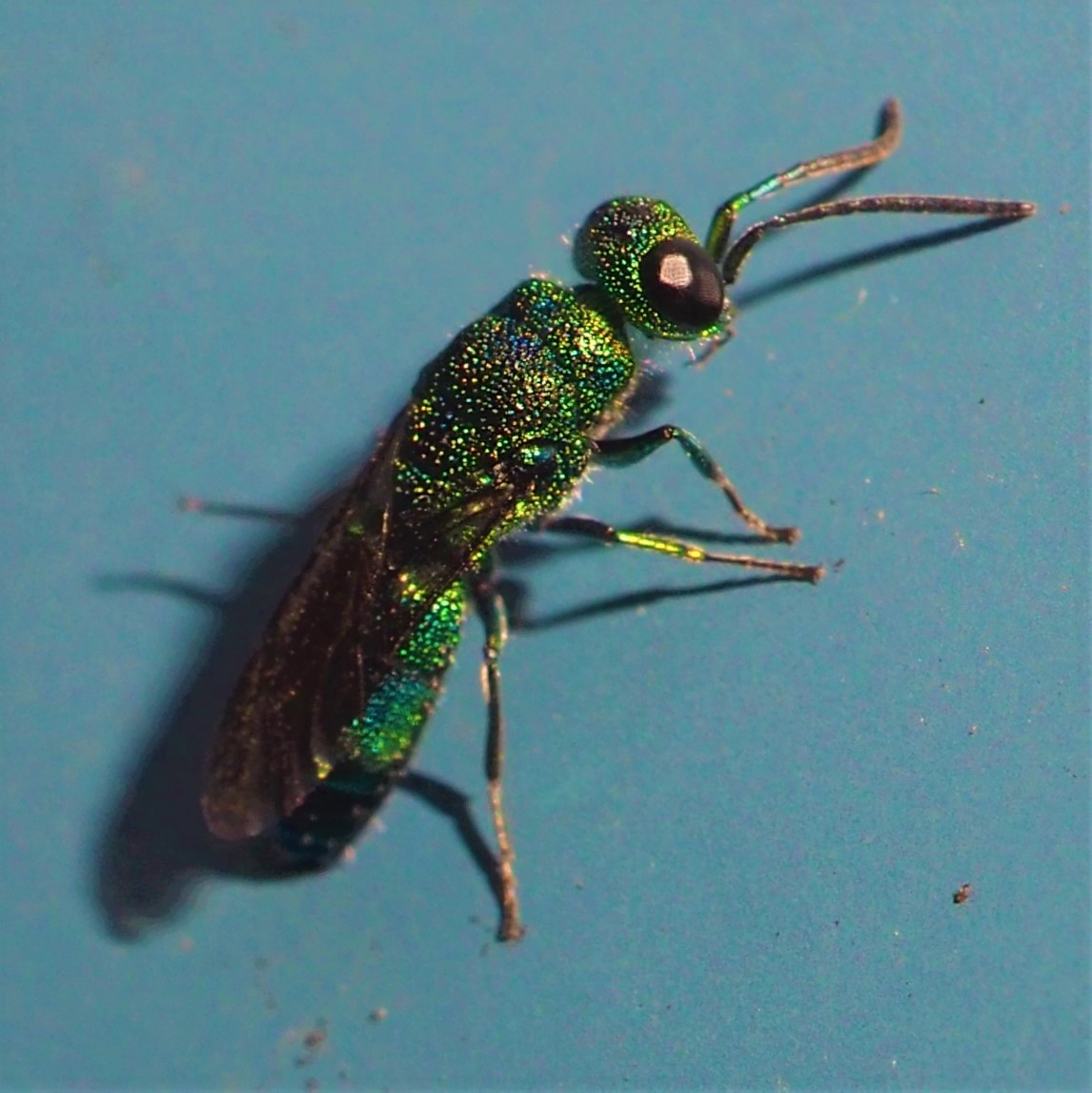
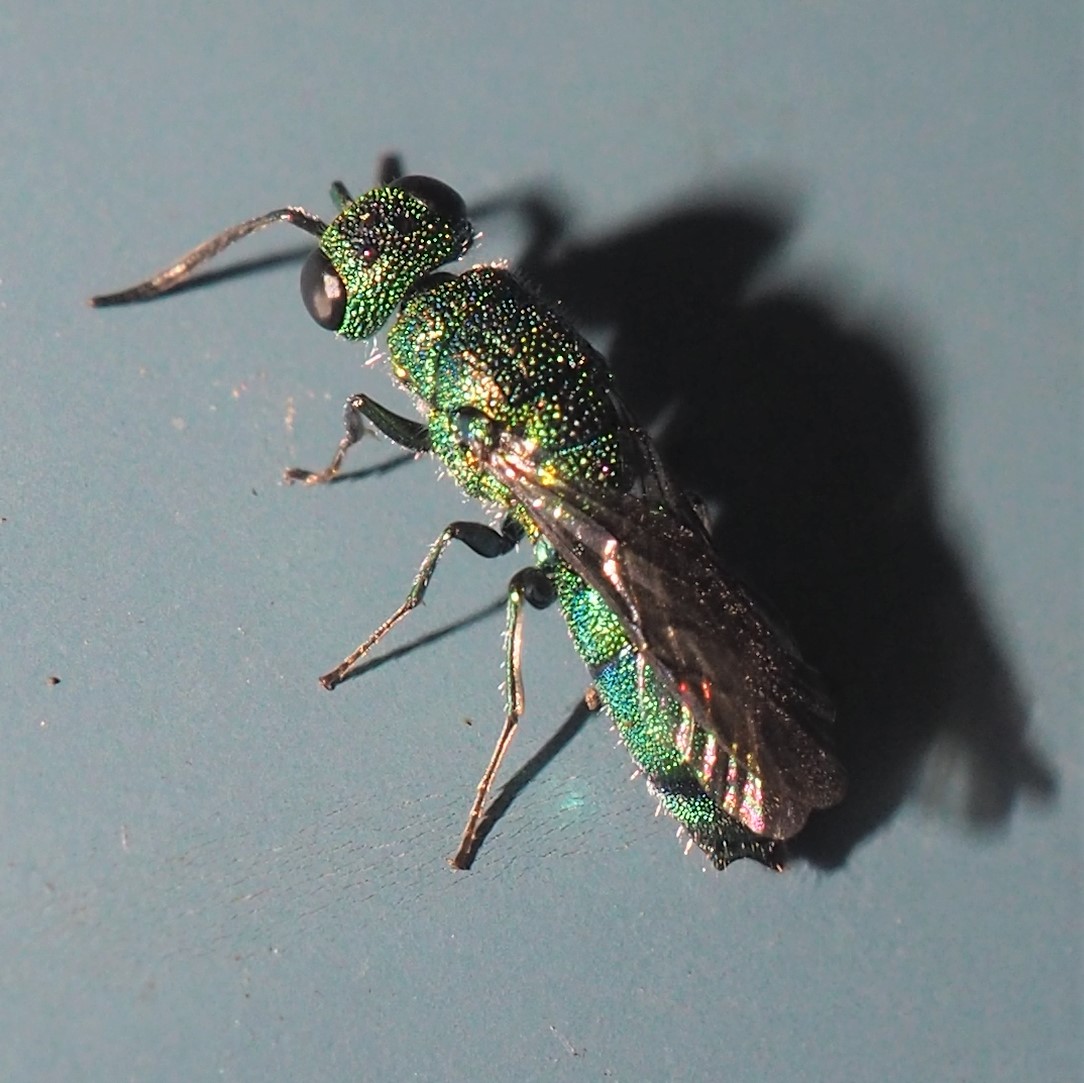
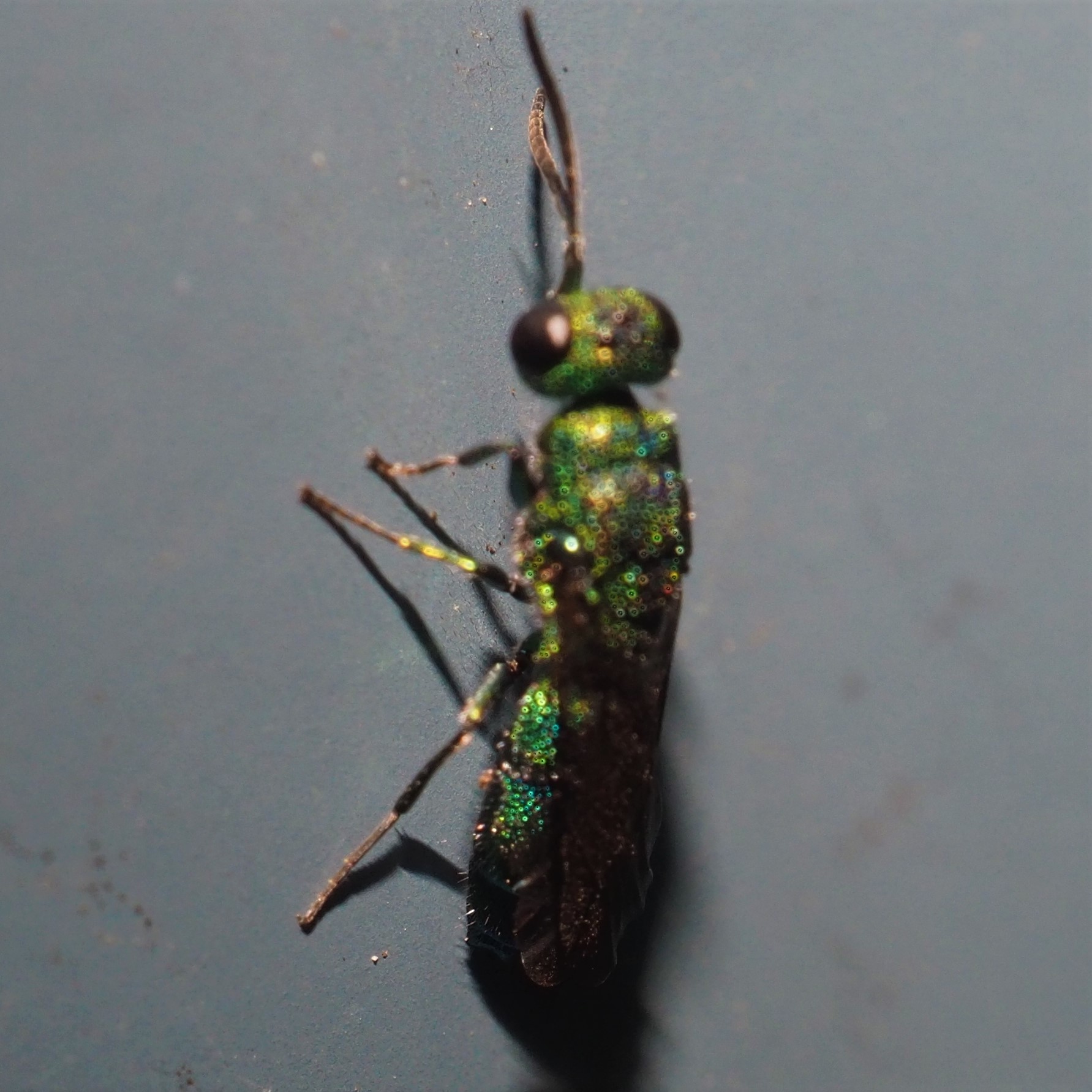
A tranquil picture of Water Lilies with a fish or two swimming as if nothing were going to be happening to their pond. And a lovely singleton Lily.
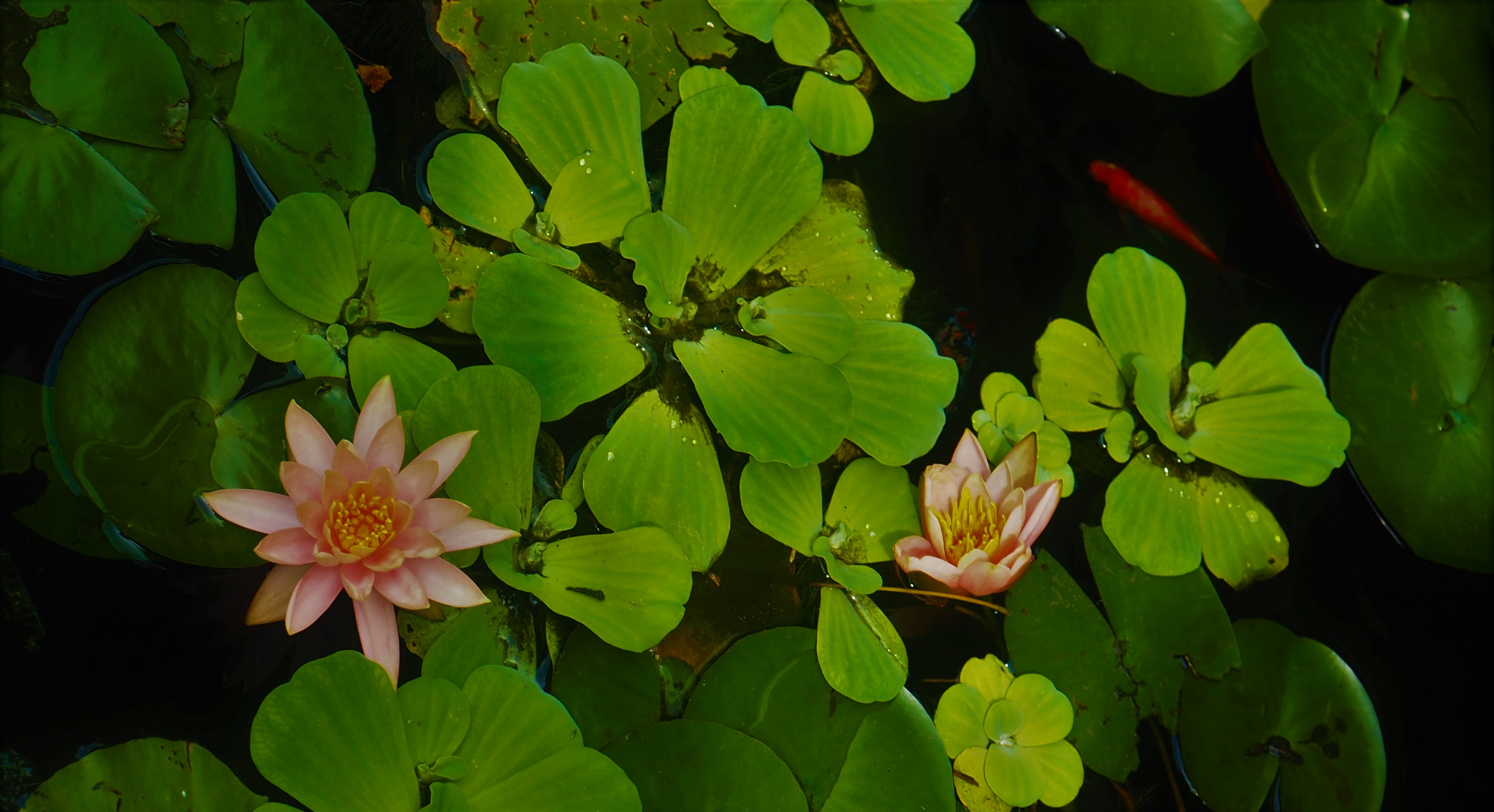
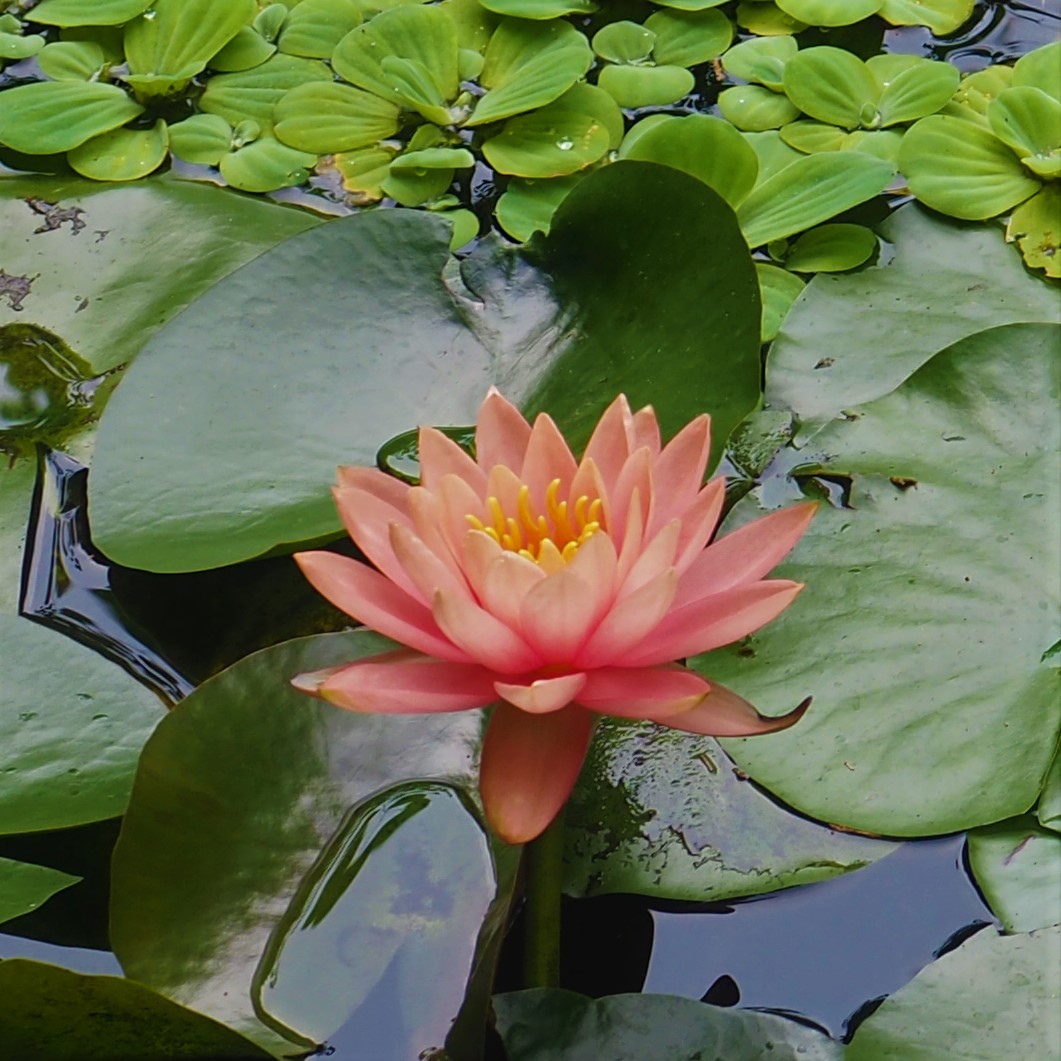
Six months into the Pandemic of 2020. We're all still working through our lives and for us retired people it is a good deal better life than for people who have lost jobs. I wish for all of us the ability to join together in our thoughts at least and to do what we can to get on with it. This is our common struggle. Please keep well.....
Love, Martha
Back to August 30, 2020
Forward to September 13, 2020
Back to main menu
copyright Martha O'Kennon 2020





















.jpg)


























































.jpg)



















































.jpg)













